On Monday morning, May 16, we were up and out around 8 AM. The first couple of hours were spent skirting the Phoenix traffic mess, passing north of Mesa then due north through the east side of Scottsdale and over to I-17 north. Finally free of most of the traffic, we exited at AZ-74 and headed west over to US-60. In Wickenburg, we stopped at Safeway for some groceries, then continued west. By the time we made Aguila, it was time for lunch. We stopped at the Coyotes Den Restaurant, a true hole-in-the-wall. They had a good variety including breakfast and the best enchiladas I’ve EVER had. Back on the road we continued west on US-60, then turned north on AZ-72 to Parker, where we passed through the Colorado River Indian Reservation. A short, scenic drive up AZ-95 finished our trip for the day and landed us at Buckskin Mountain State Park. It was a beautiful day for a drive, and the scenery was quite varied. We started in the saguaro and scrub desert east of Phoenix, passed through sandy areas with almost no vegetation and areas with irrigated crops, ending up in the mountains along the Colorado River south of Lake Havasu City.
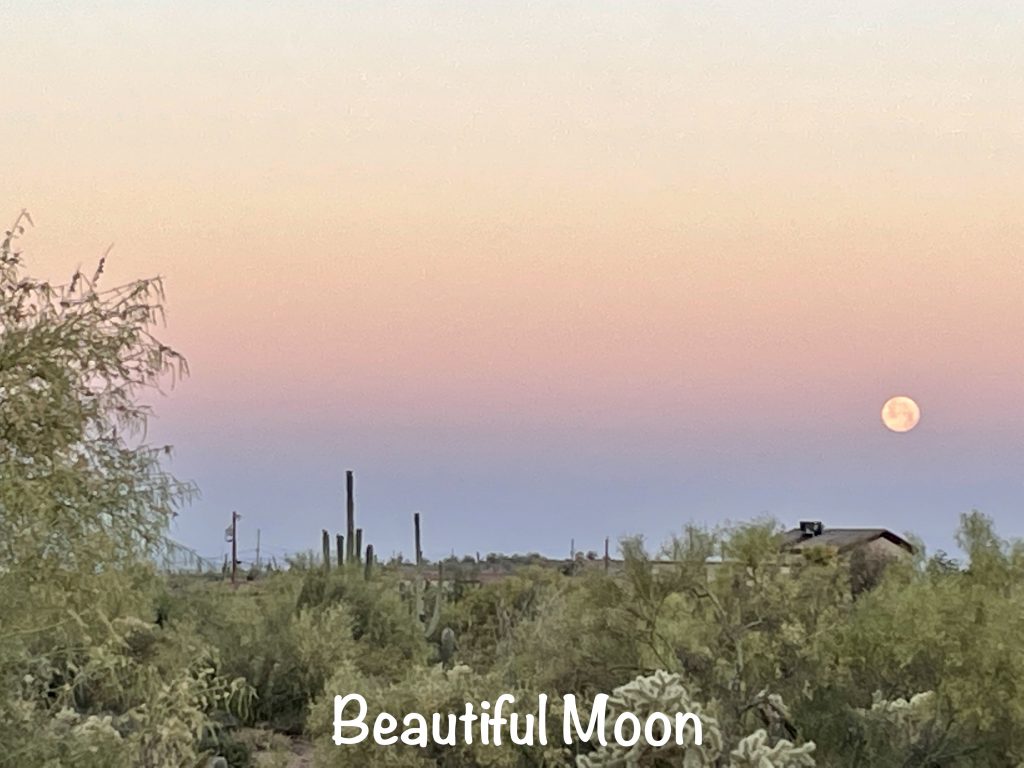
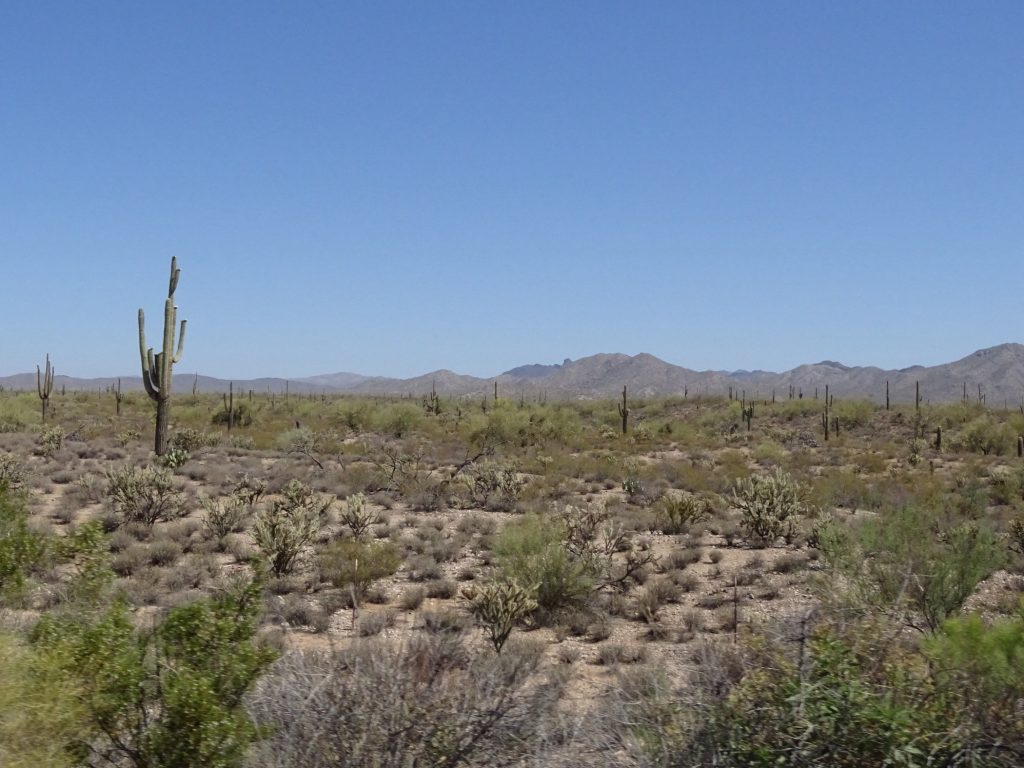
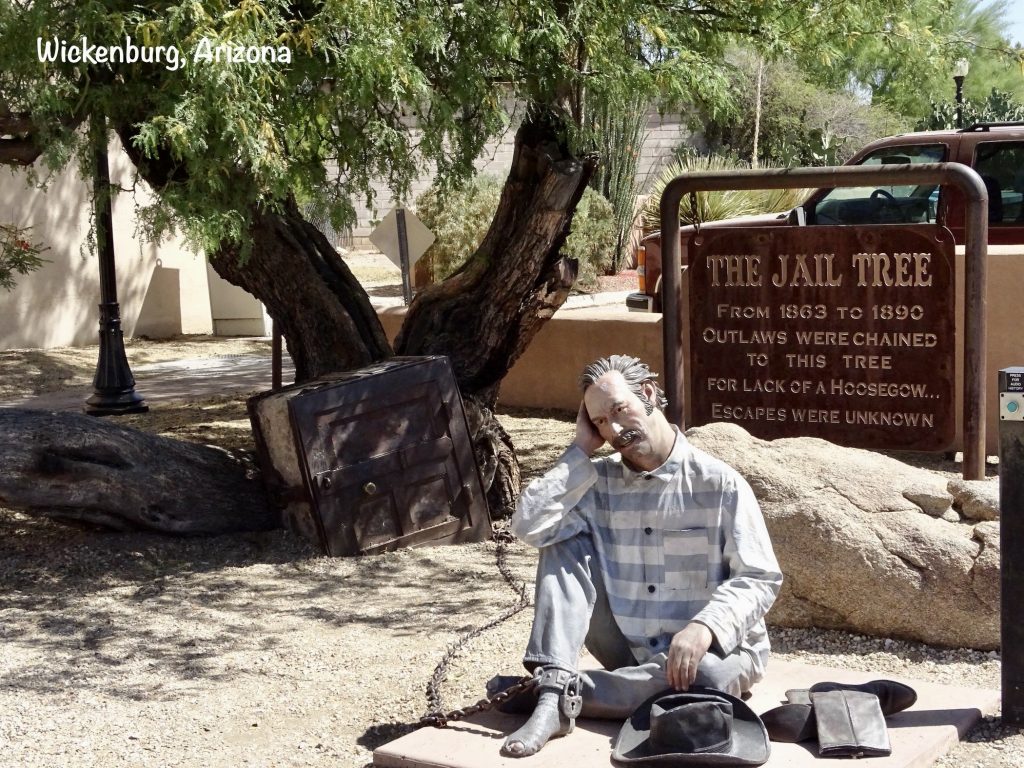
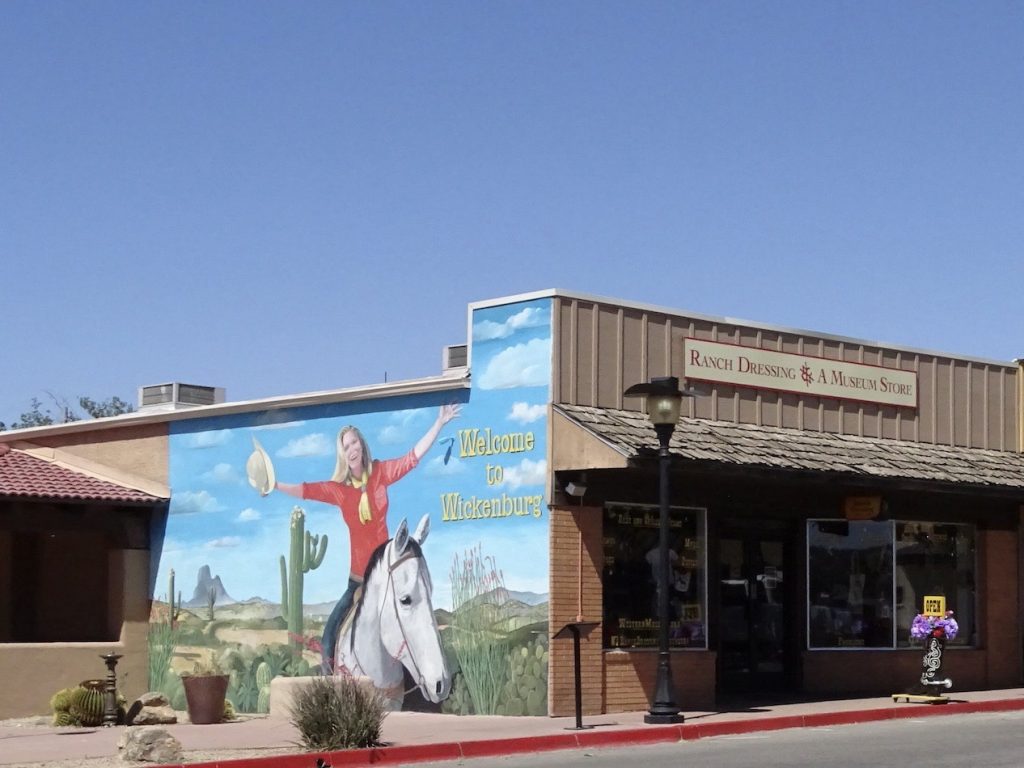
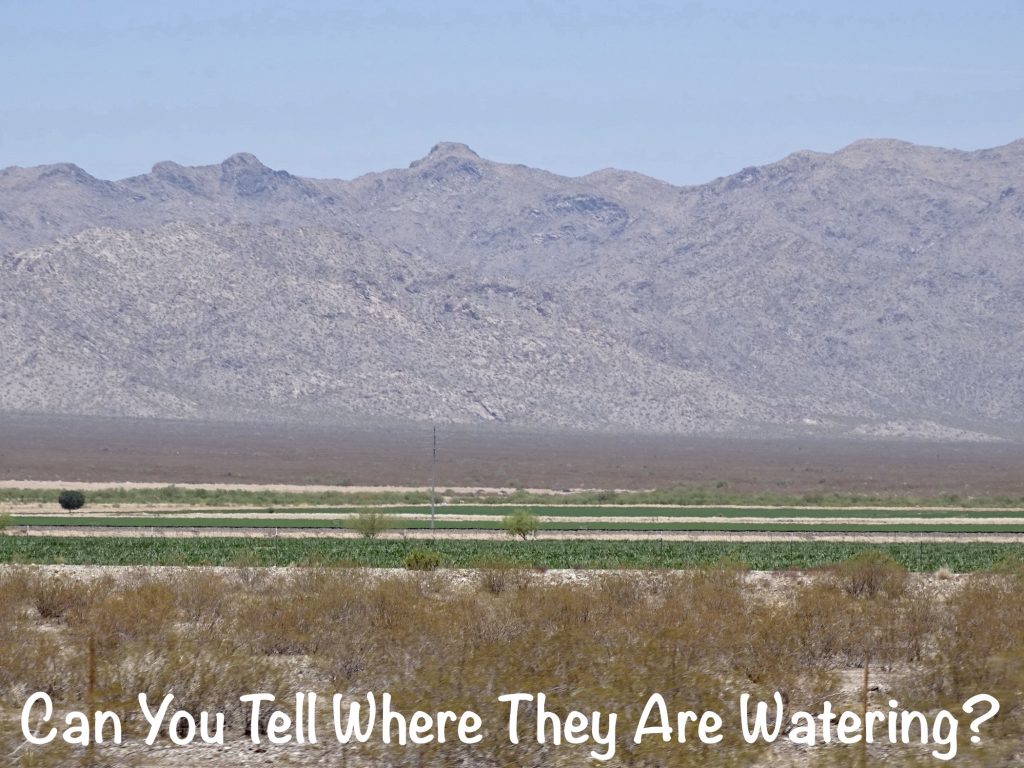
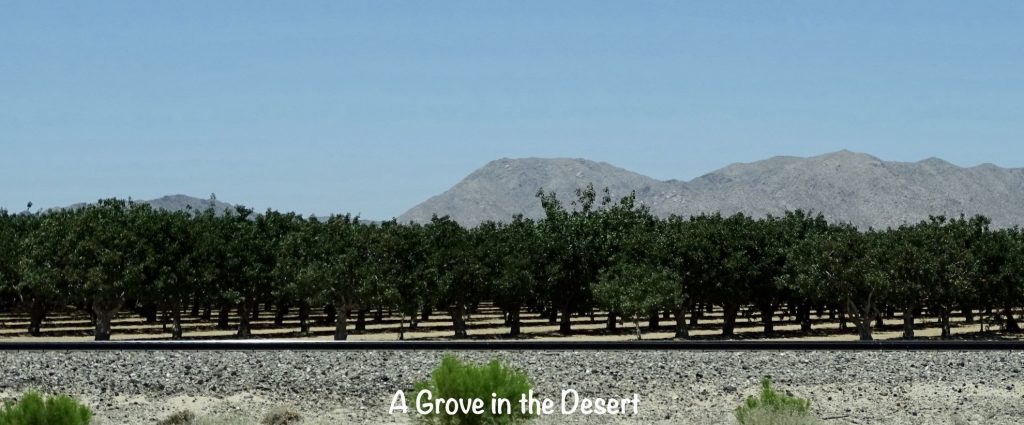
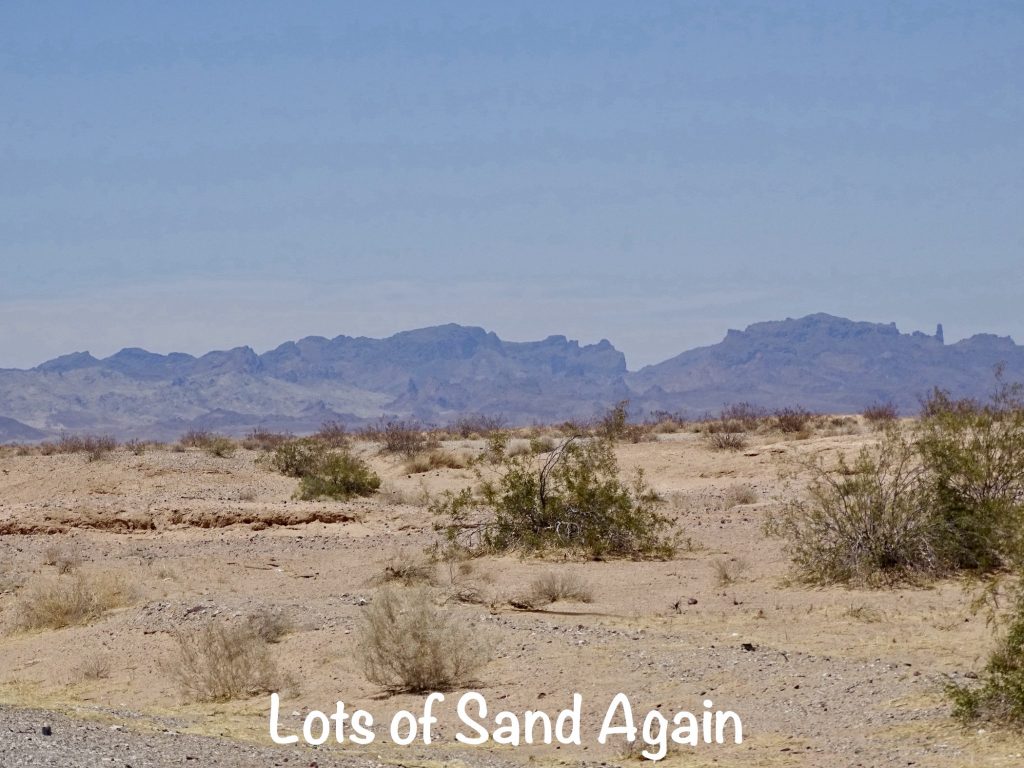
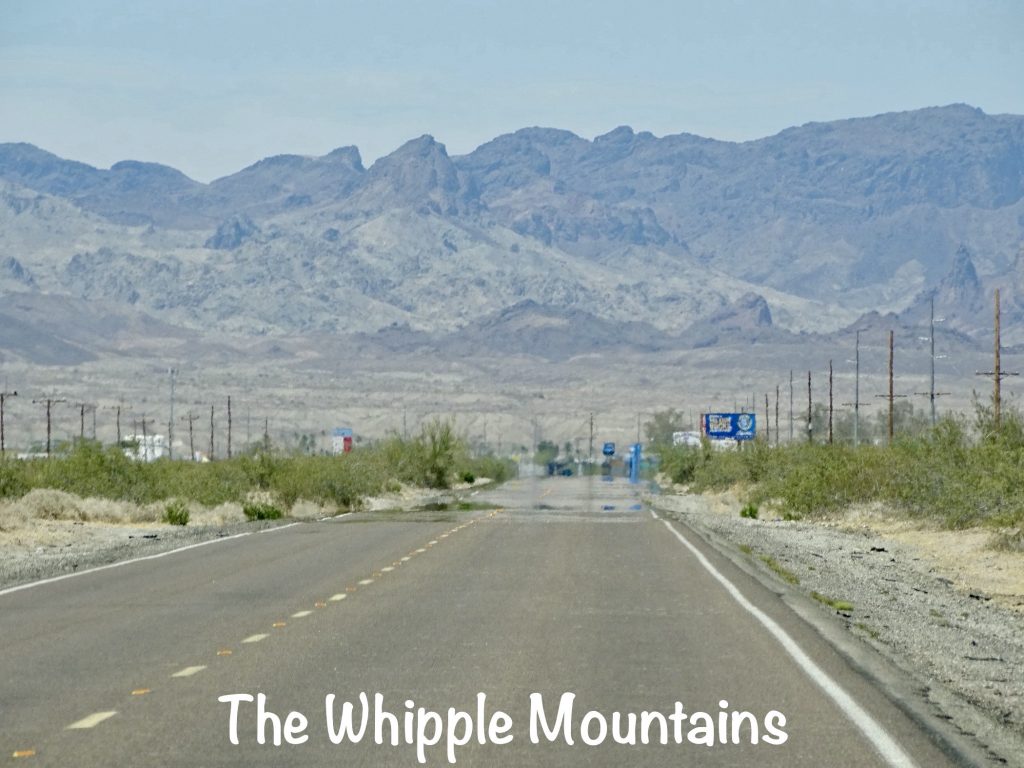
First thing Tuesday the sneakers were calling, so we headed out around 5:30 AM for a good walk. Why that early? Because it was already approaching 80 degrees and heading for 103! Being done before the sun was up too far was essential. Saw something we couldn’t identify swimming in the river, and the Park Ranger later told us it was a beaver. That surprised me, because the river is running between mountains here and just doesn’t look like beaver habitat. I wasn’t in the mountain climbing mood, so I had to content myself with zig-zagging through the campground to get my time in. There is a road possibility, but it is closed and there is a “no trespassing sign”. I’ll check with the Park Rangers on that. Once we returned, and I cooled off, the Crockpot chili was started, and then I hit the desk. It was time to deal with the IRS…UGH!! I had several chores for clients to take care of, one of which required a phone call. The rep was super nice, but the process to fix the problem required me to download and complete a form, talk to a different agent, then fax the form back to the original office. Crazy, right? These hoops I’m jumping through will get me a number that allows me to electronically pay some taxes. You’d think that would be important to Uncle Sam, but apparently not. After working my way through all of the press 1, press 5, etc., etc., etc., I get to another recording…you know, the one you get just before being put into the agent queue. Except this one said something like “Due to high call volume, we are unable to take your call. Please call back later or on another business day.” WHAT?! No queue! No enter your callback number! Nothing but, we can’t deal with you today. I’ll admit, I cussed. So, on to the personal IRS call I needed to make. Background: I filed an amended return for 2019 that the IRS received on April 28, 2020. I spoke with the IRS in February and April of last year and was told that they had it in a stack (near the bottom) on a processor’s desk. The last person I talked to said it should be a few more weeks. If you go to the IRS site, there is a notice that amended returns can take 16 weeks to process. Currently, there is a big red announcement at the top of that page that says the 16 weeks is more like 20 now DUE TO COVID. (How long are we going to use that scapegoat?) They have had my return for 107 WEEKS! I called the special hotline number given on the “where’s my amended return” page and went through multiple prompts. You guessed it…”Due to high call volume, we are unable to take your call. Please call back later or on another business day.” Seriously! Now I ask you, would that be tolerated with a private company? Absolutely not. Had I received that message from American Express or USAA, I would now be in the process of finding a new company to work with. (In 2013, I went through several instances of terrible customer service at Walmart. Despite doubt from MW, friends, and family, I have stuck with my vow to never spend a dime there again.) Why do Americans accept being treated like SH*T by the people WE PAY to do the job? One of two things needs to happen: 1) Simplify the tax code. Easier code = simpler forms = fewer calls = fewer IRS employees needed. I’ve met some stellar agents over the years, especially working with the VITA program, but I’ve also met more than I care to think about that couldn’t find their way out of a cardboard box. 2) Contract out the IRS. Competition is a good thing. Competitors are always trying to find ways to keep a larger share of the client base. They constantly run checks on processes, don’t tolerate slacking employees, and keep a close eye on customer feedback. MW was an Industrial Engineer at American Express for 22 years. His team was responsible for making processes better, faster, and cheaper, improving both the customer and employee experiences. When the government contracts out functions, companies compete for them. The winning company knows it has to keep its customer service metrics at certain levels, because they’ll have to compete again at renewal time. The IRS is not meeting ANY customer service metrics on ANY level. I can also tell you from experience that it is tremendously hard to fire a government employee. There is even an age-old joke about promoting bad employees just to get them out of your office. No kidding. If you are not doing your job at a minimum level, WE THE PEOPLE should not be paying you. Okay, I realize that was a bit of a rant…I’m still not calmed down.
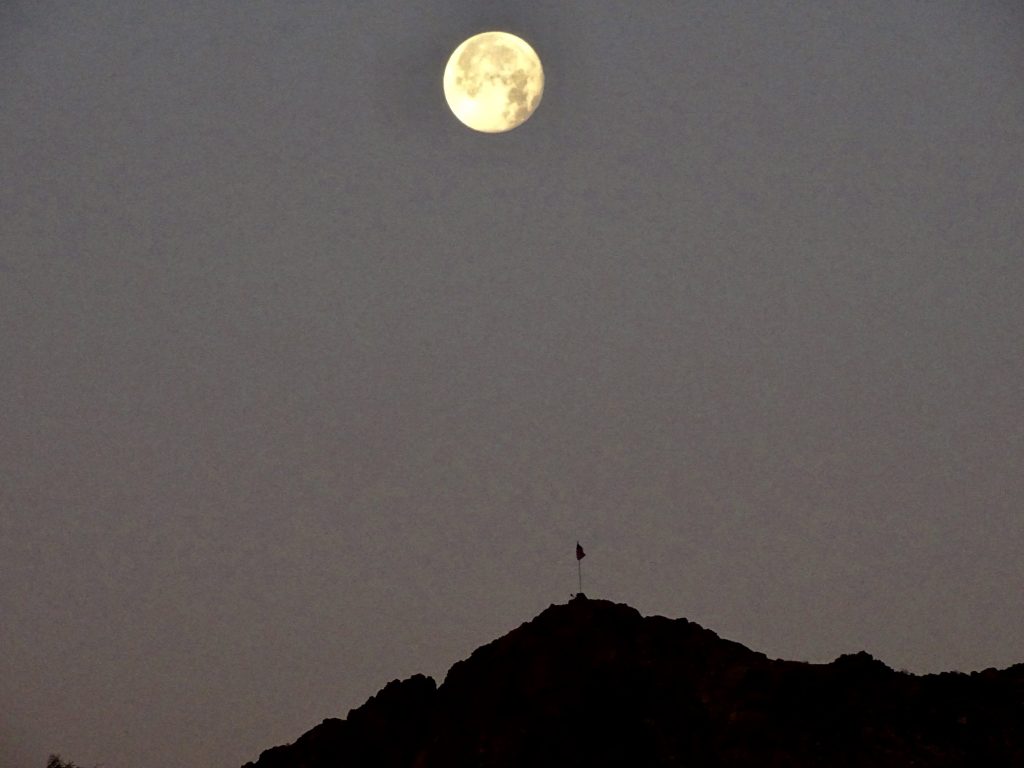
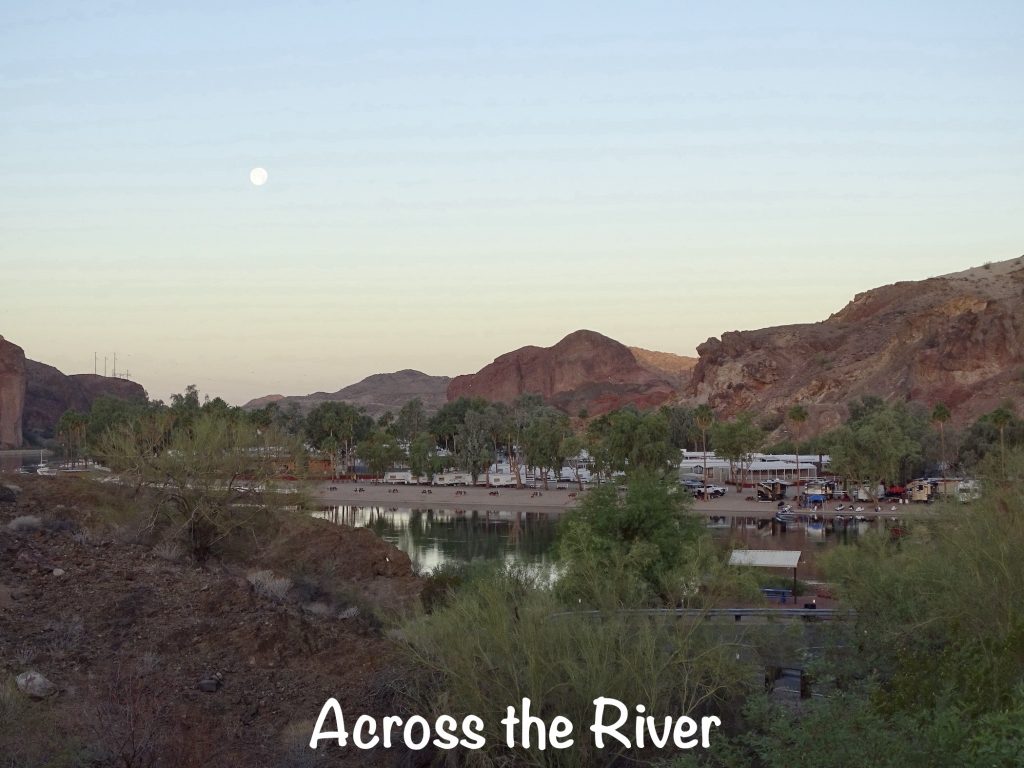
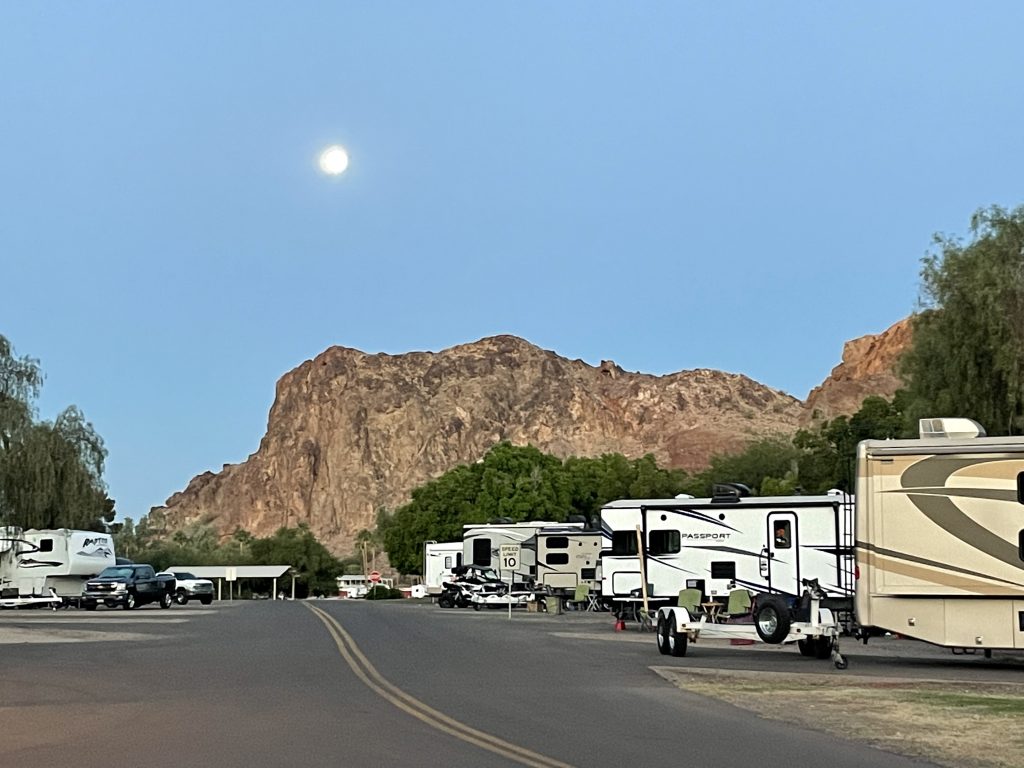
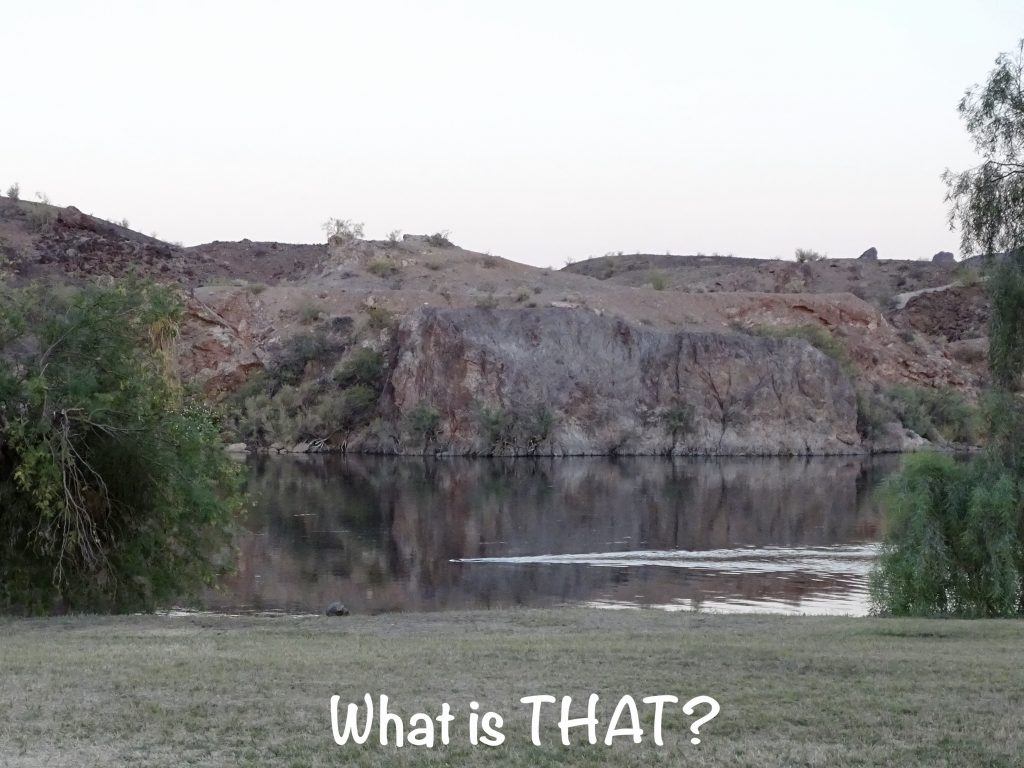
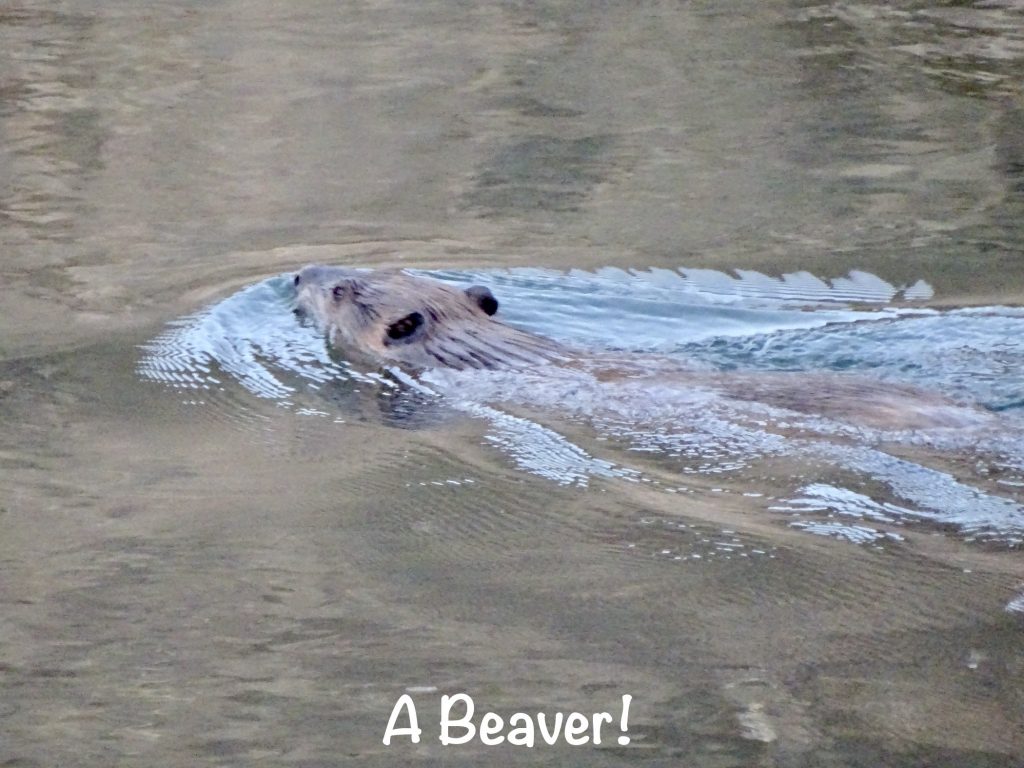
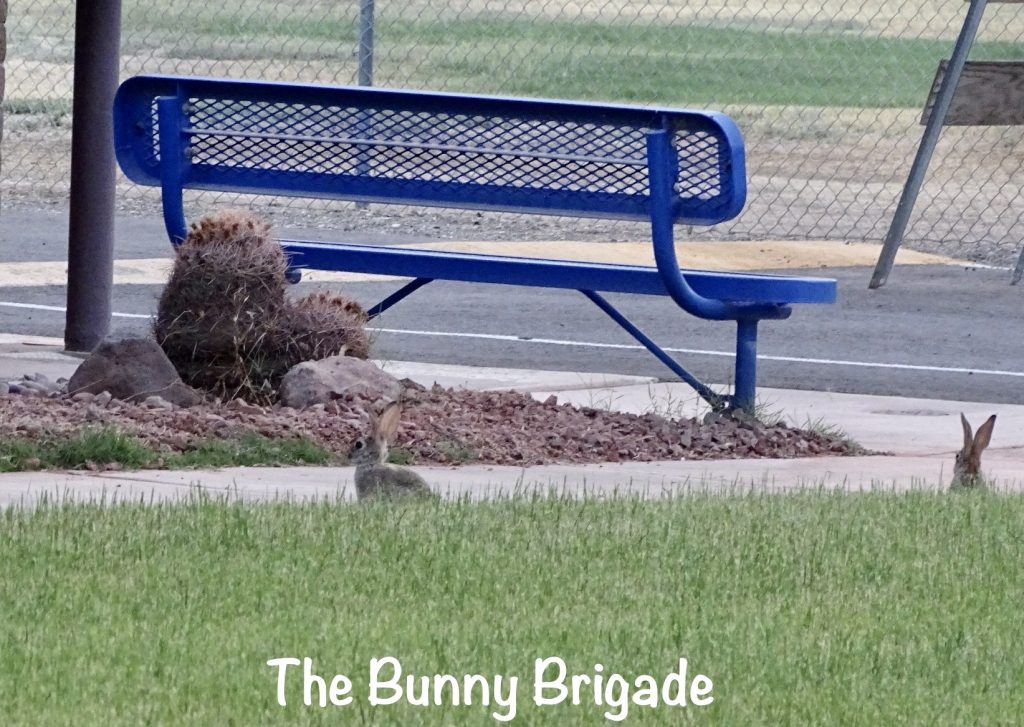
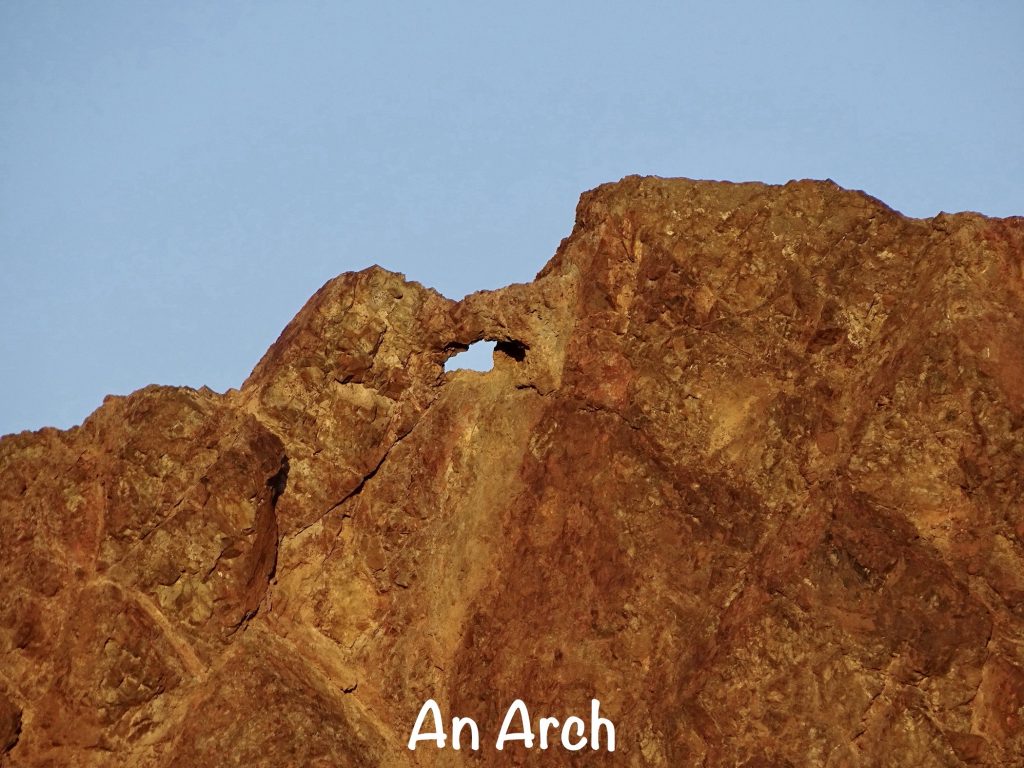
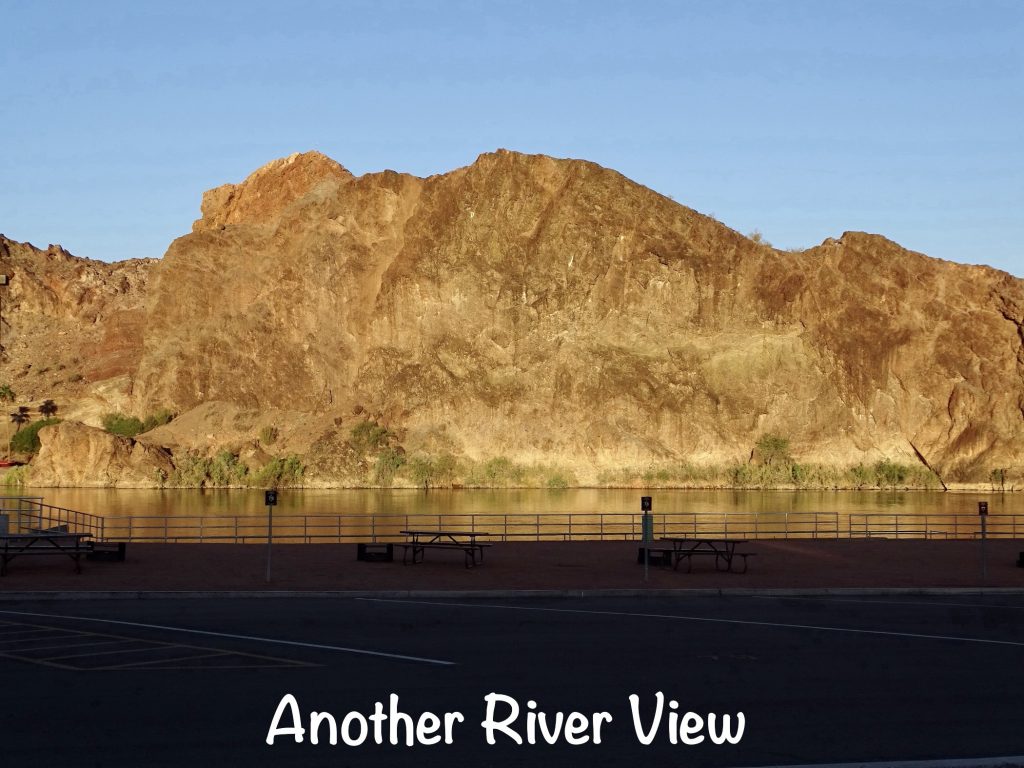

I spent the morning getting caught up on paperwork, then MW took me to the Black Pearl Restaurant at the Pirate’s Den RV Resort and Marina downriver from our park. We both had sandwiches…his a reuben and mine a grilled buffalo chicken wrap…which were good. They seemed short-handed, like everywhere else, and the service was a bit slow as a result. The place sits right on the river, though, and has a beautiful view with a terrific deck that would be lovely in cooler weather. After lunch, we filled our propane tank, then headed back to Petunia. The afternoon was filled with writing and relaxing.
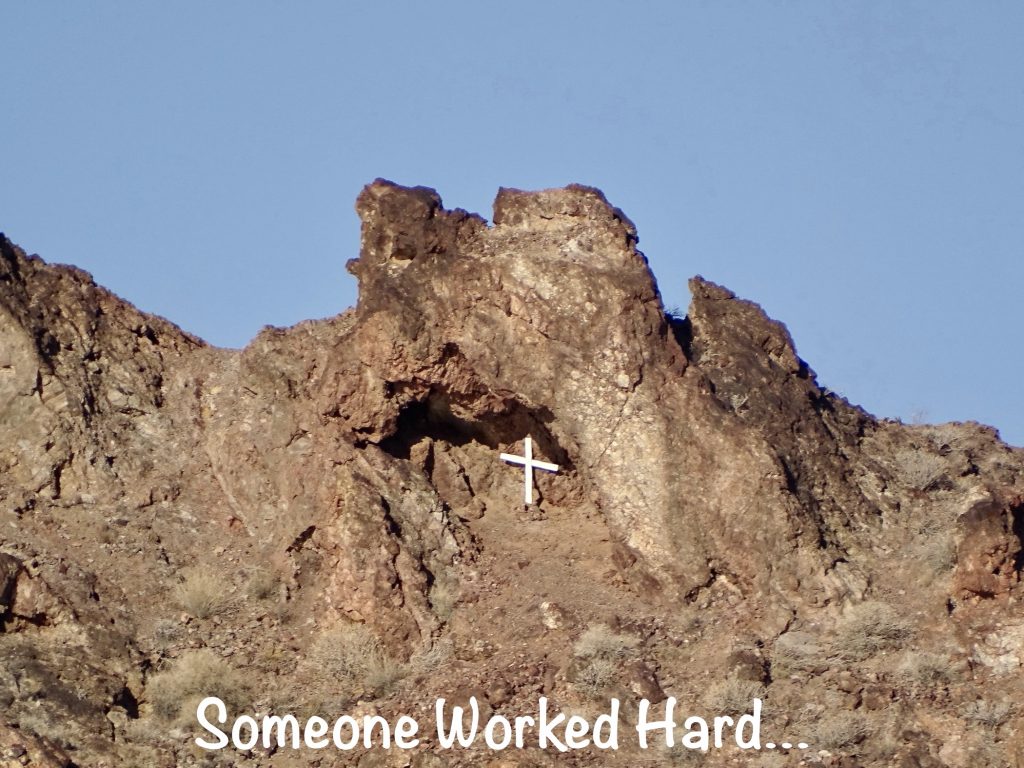
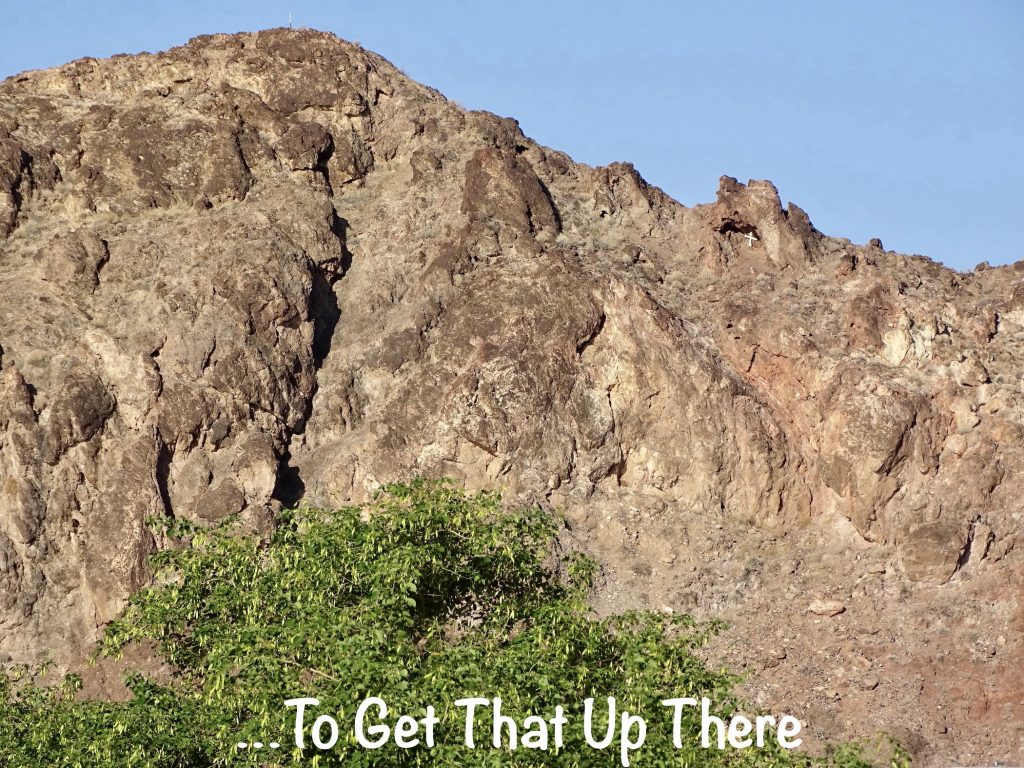
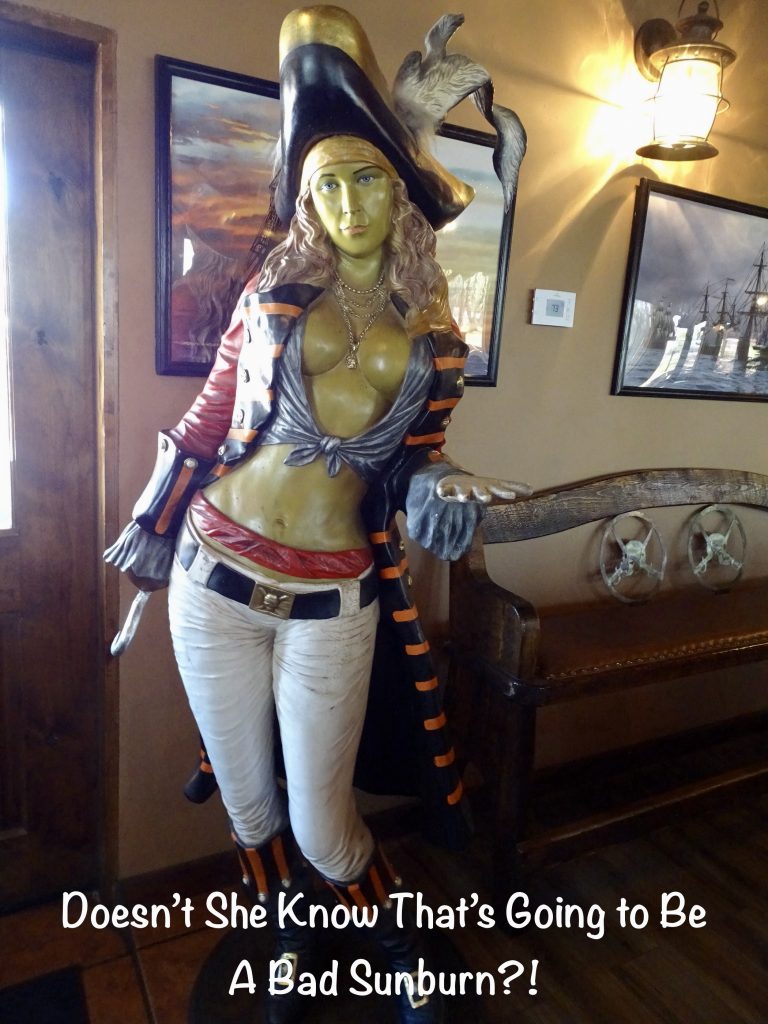
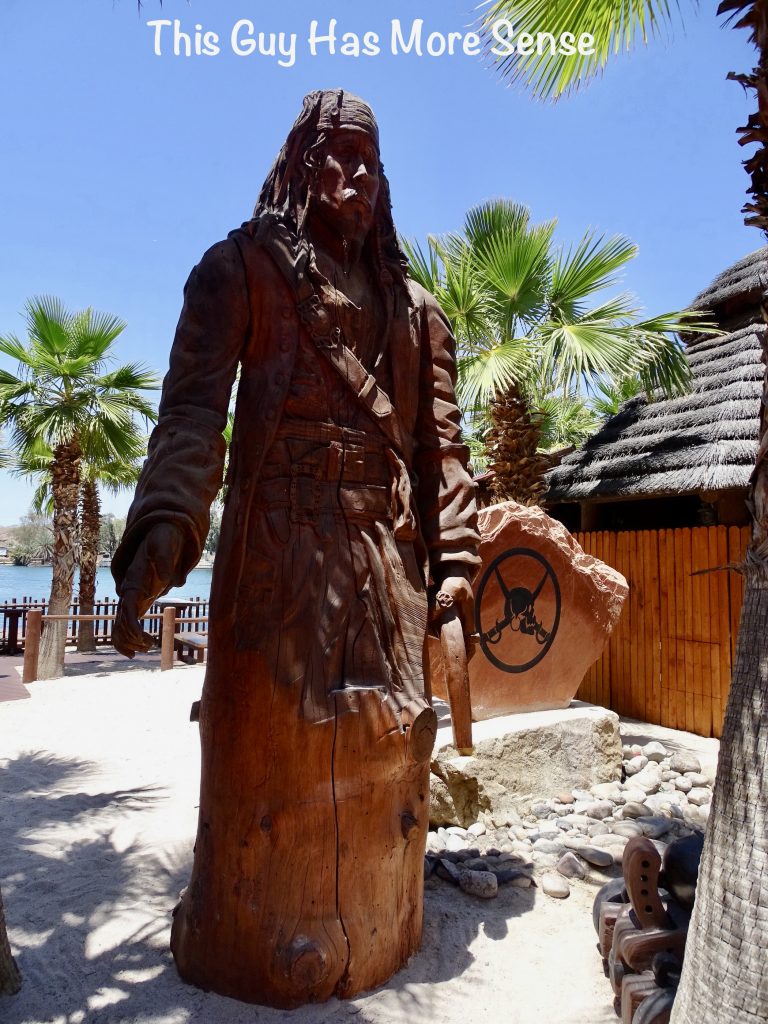
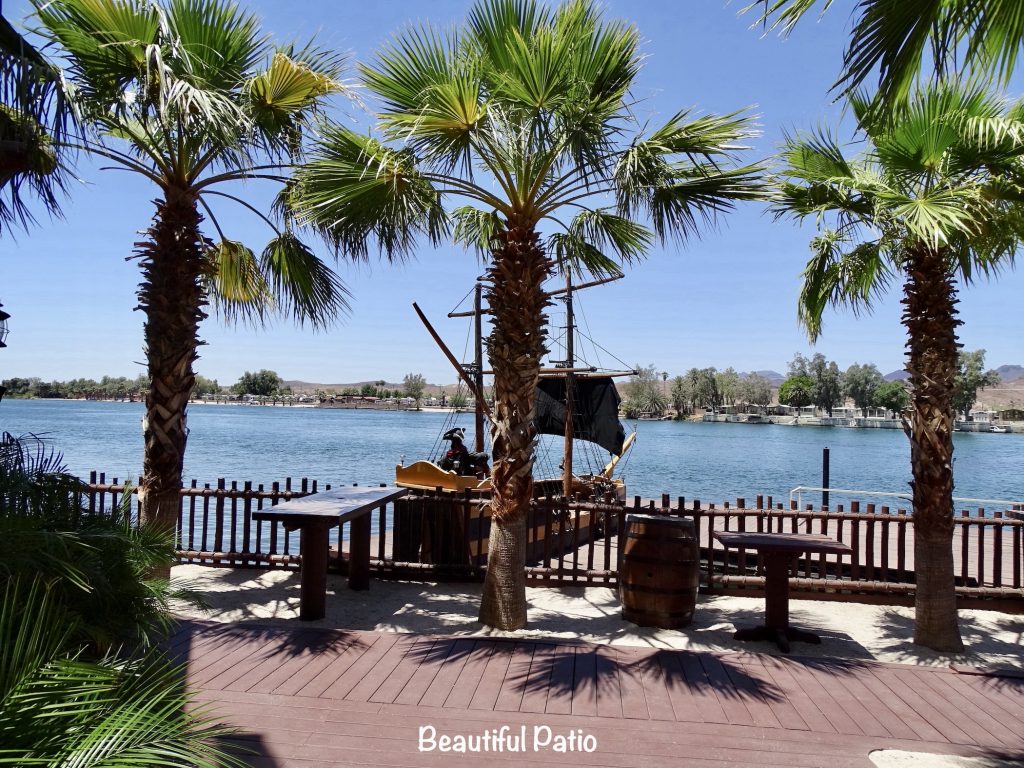
Wednesday was a walking day. On my way out of the park, I found the desert tortoise exhibit near the front. The little fellow was in his den, but as soon as he saw me, he started coming out. I guess they feed him from where I was standing. TIDBIT: There are two species of desert tortoise: The Mojave and the Sonoran. While they closely resemble each other, they are not the same, and their ranges are divided by the Colorado River. Both can live to be 50-80 years old, though. My walk took me down a road that had been closed for rock slides. (I checked with the Park Ranger, and people walk there regularly.) I didn’t see too much evidence of rock slides, but the route kept me in the shade of the mountains and out of the heat, which was good. I also found some javelina scat along the road.
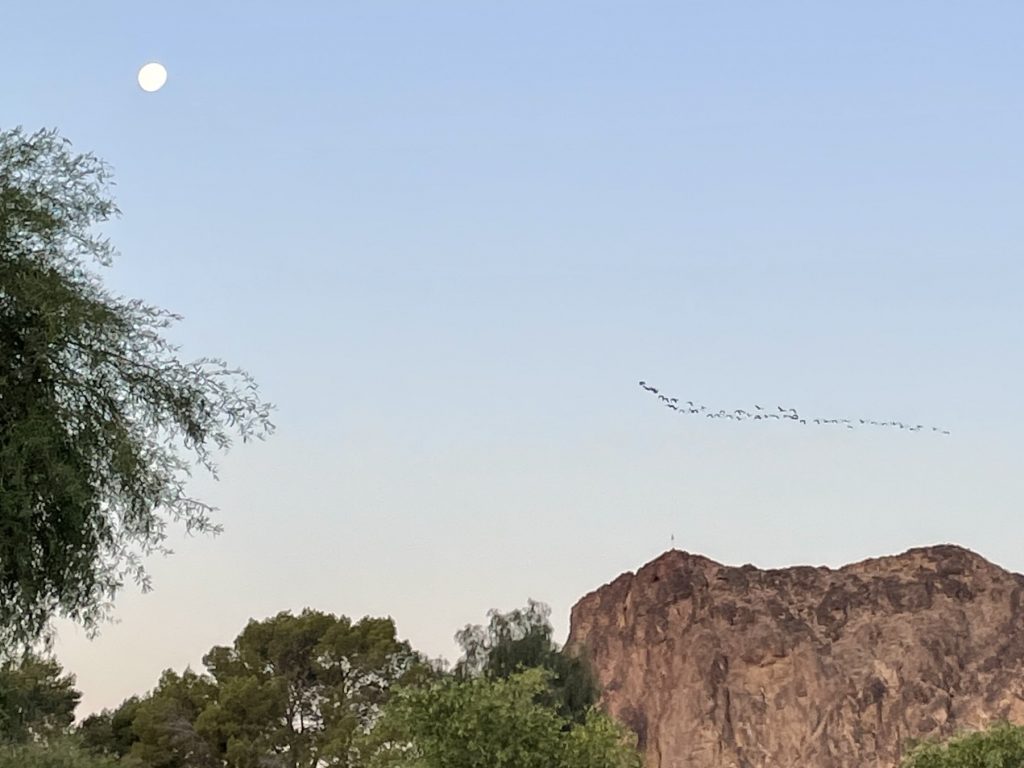
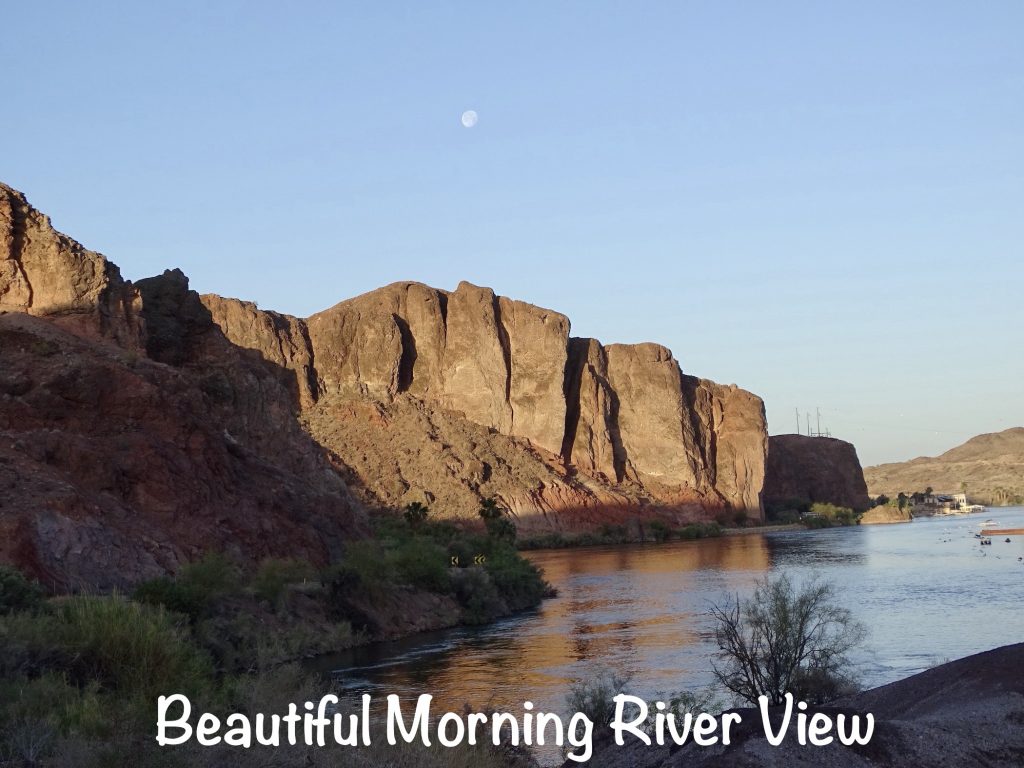

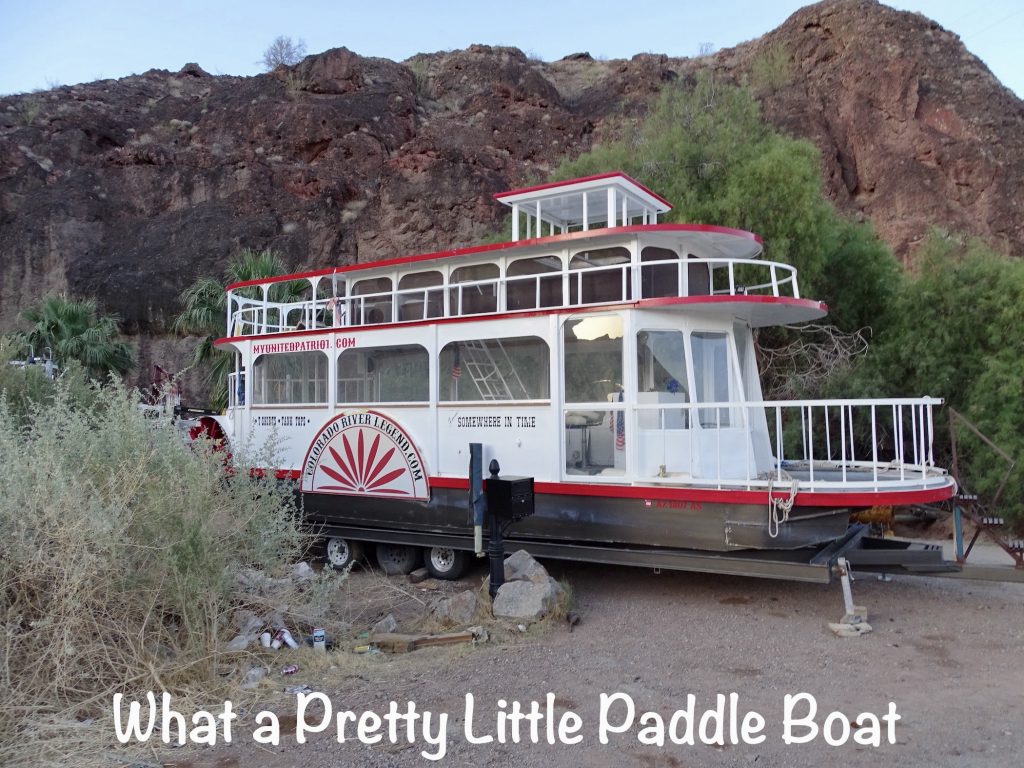
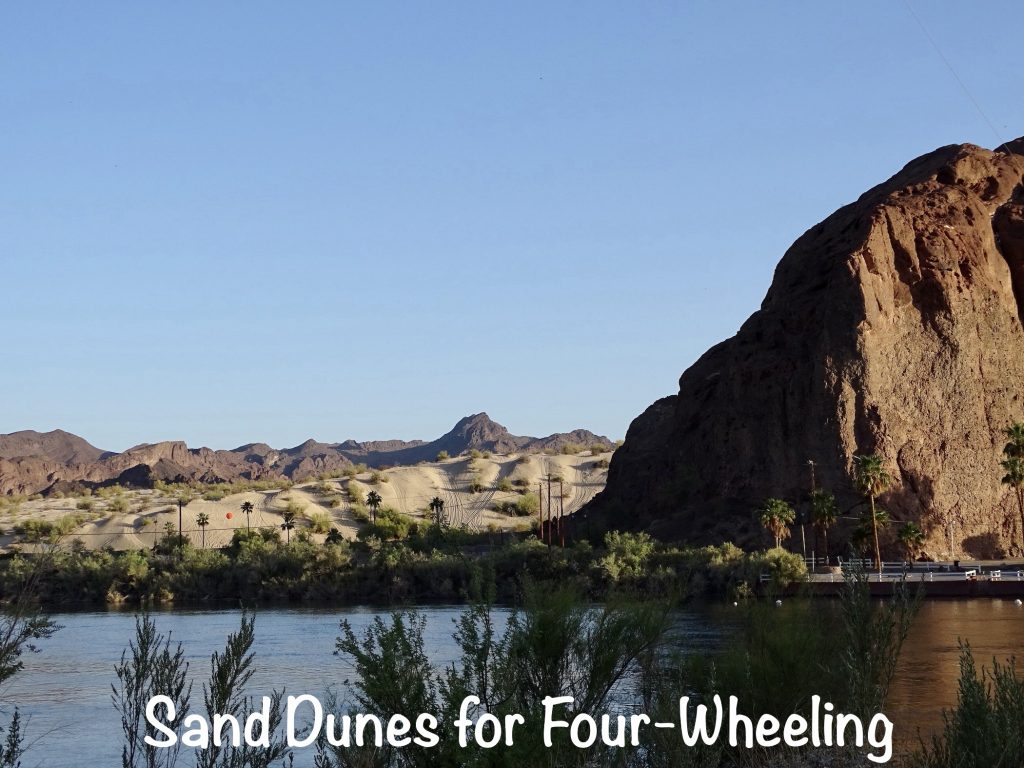
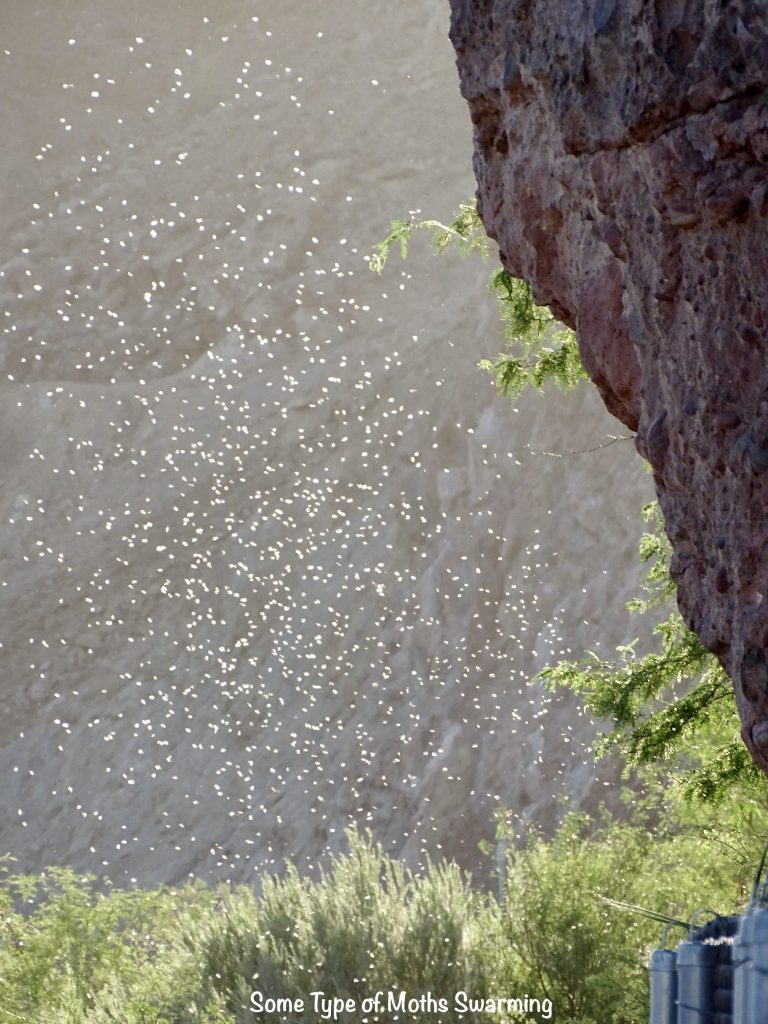
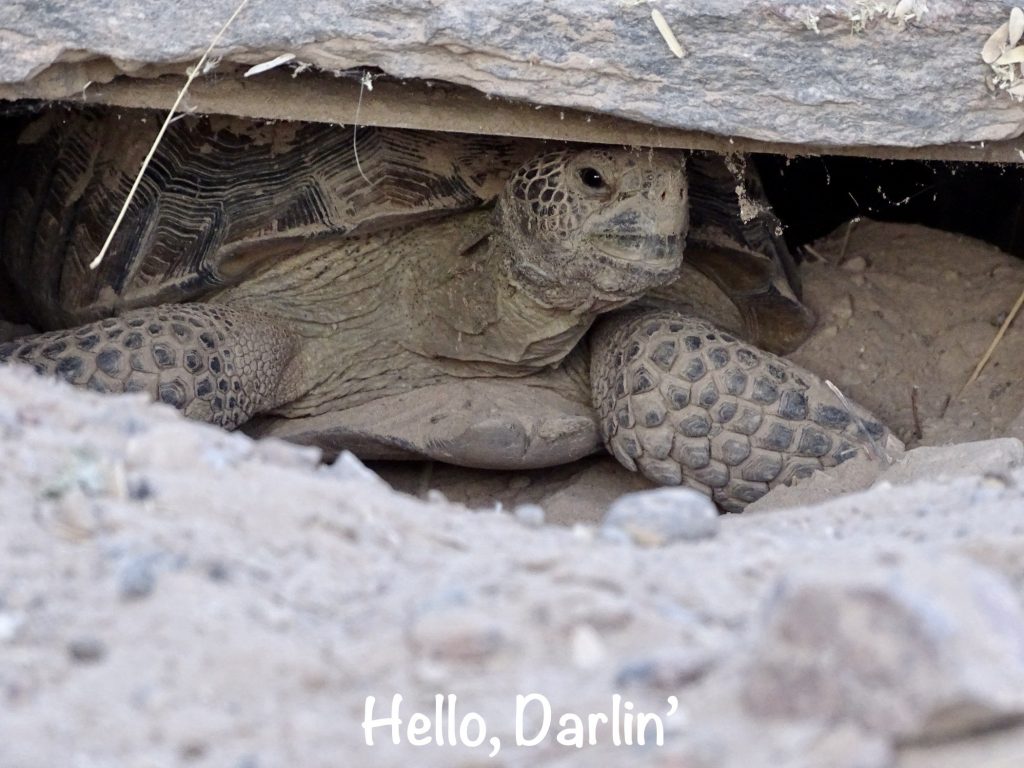
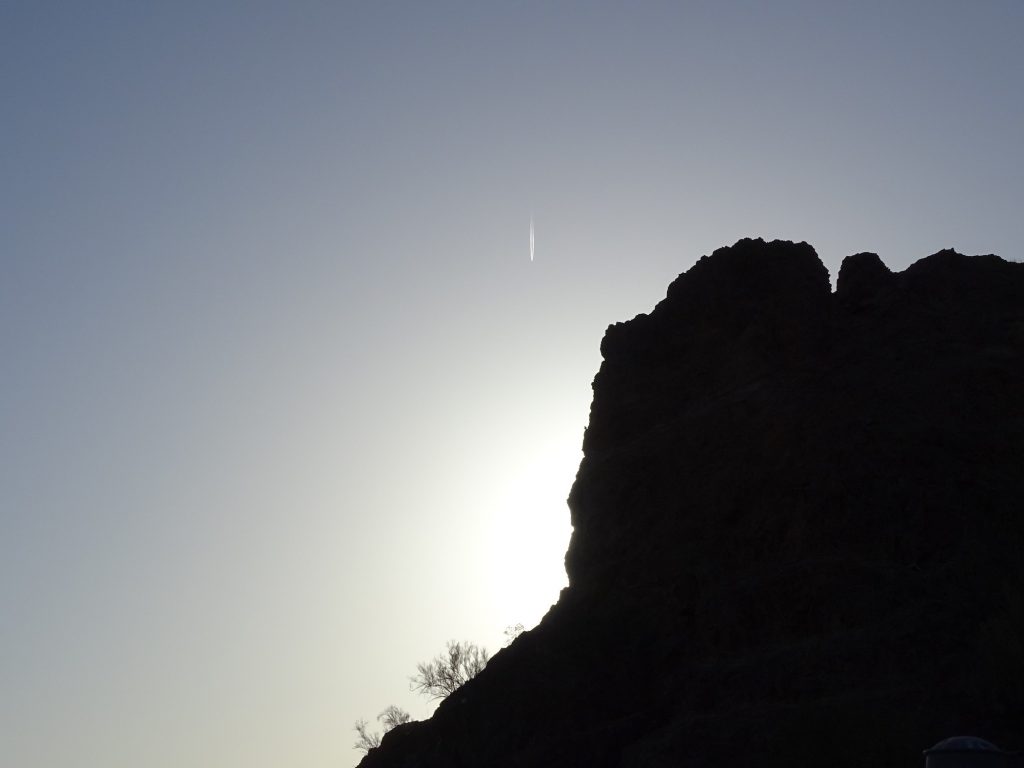
Back at Petunia we enjoyed the morning, then got dressed to go do the laundry. This time MW was tagging along, because we were going to make a little sightseeing stop, too. We headed up to Lake Havasu City, Arizona, to the Modern Laundromat. OMGosh! That is truly the cleanest facility I’ve ever seen! It was also large and had plenty of machines. We were in and out in about 2 hours, then headed over to College Street Brewhouse & Pub for lunch. Delicious! MW had their stout and the Italian Chef Salad – basically the contents of an Italian sub over greens – and I had a Calzone. Man oh man, it was good, and mine was enough for two meals. Before heading back, we went to check out the thing that put this little town on the map.
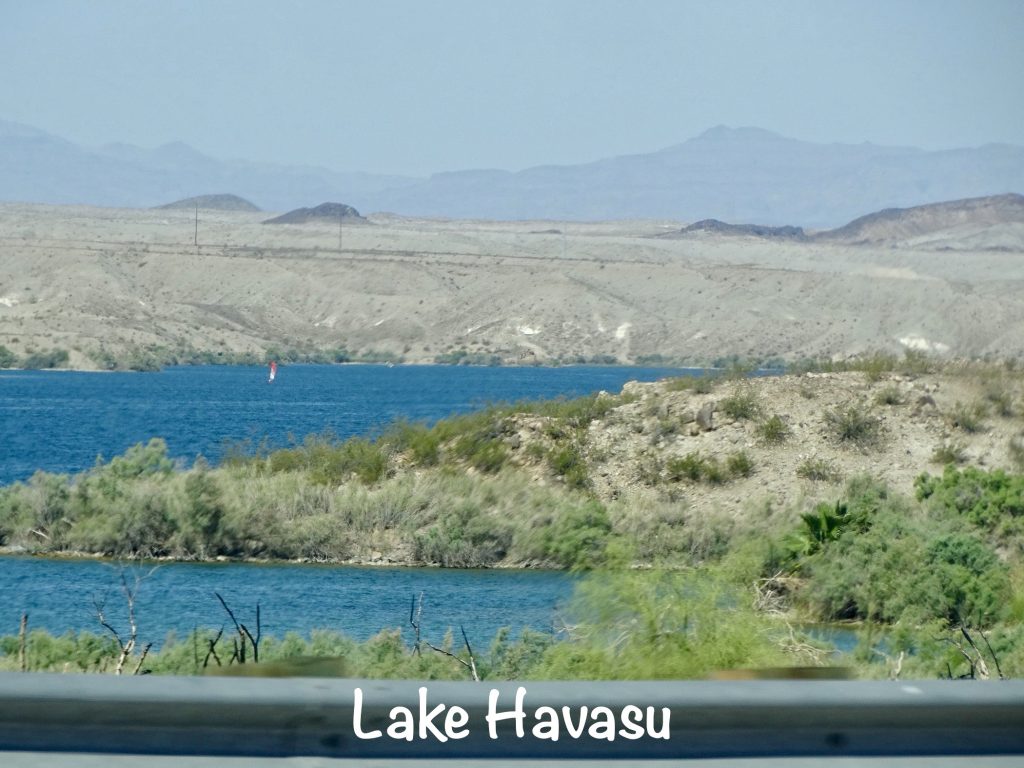
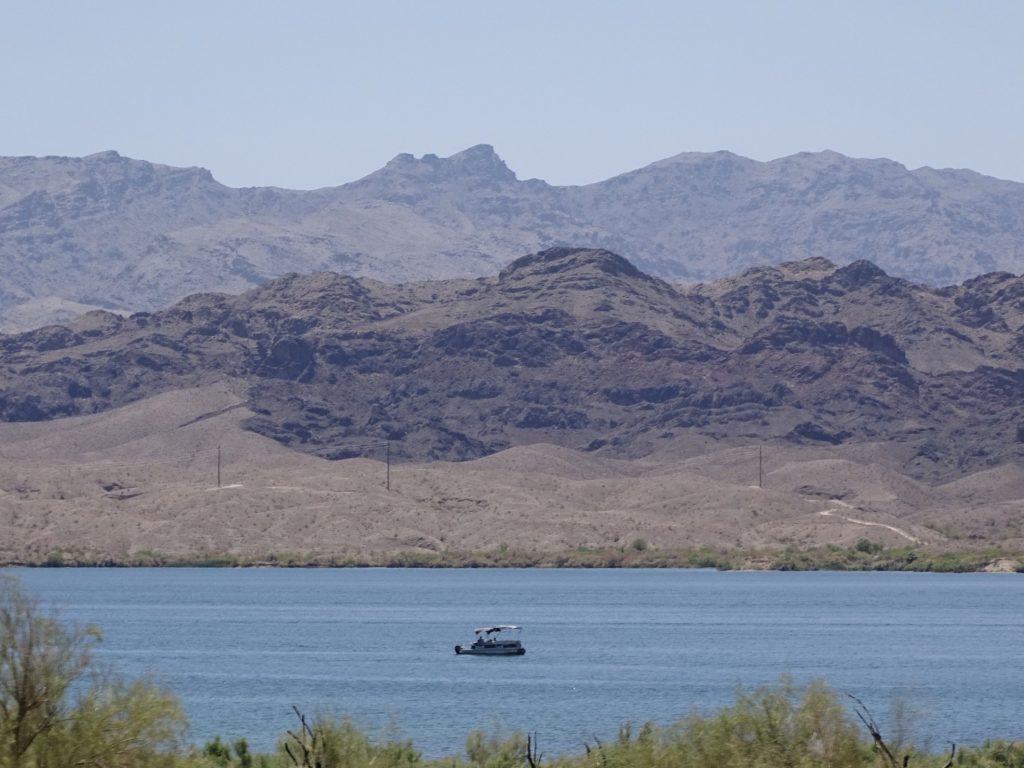
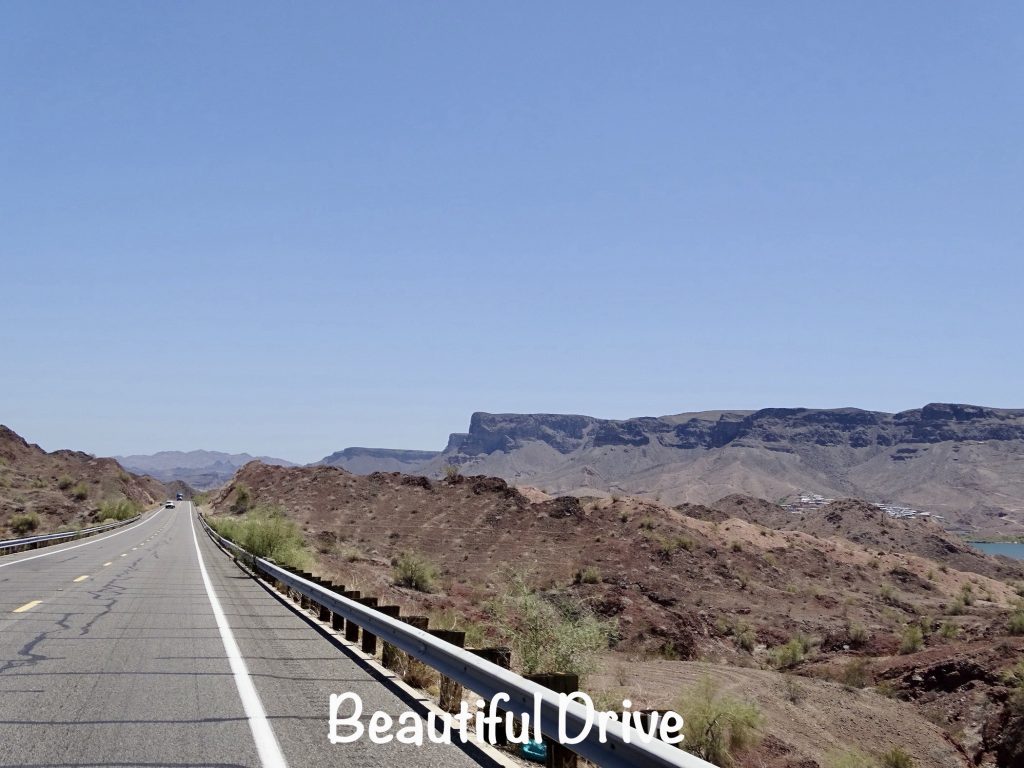
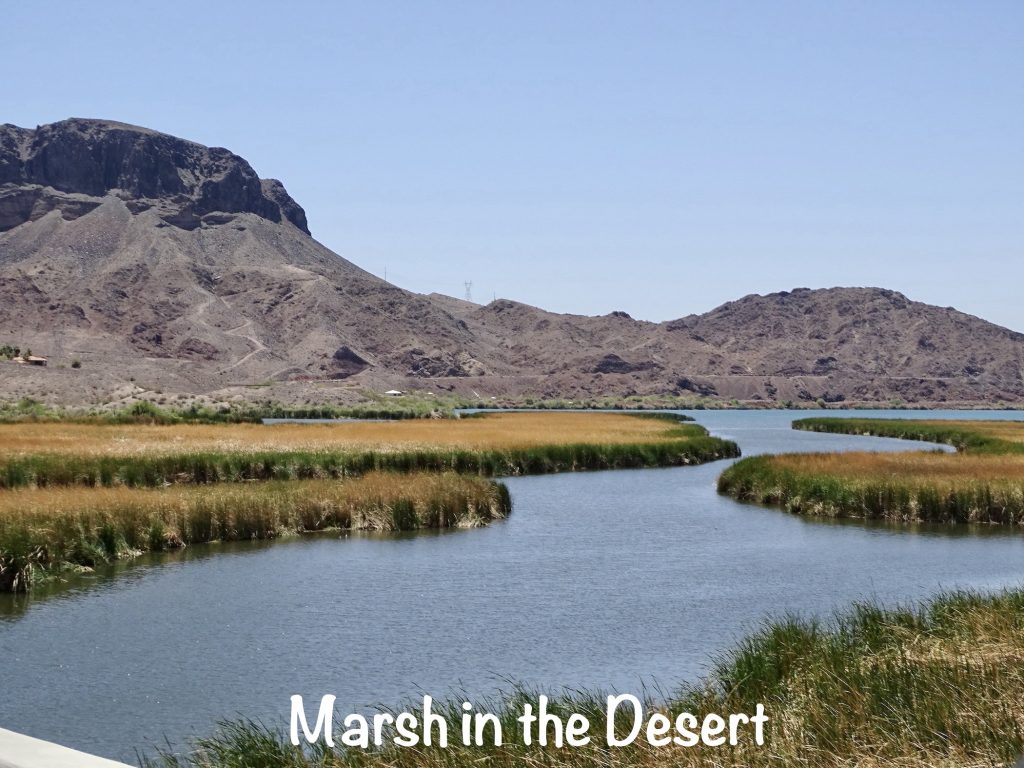
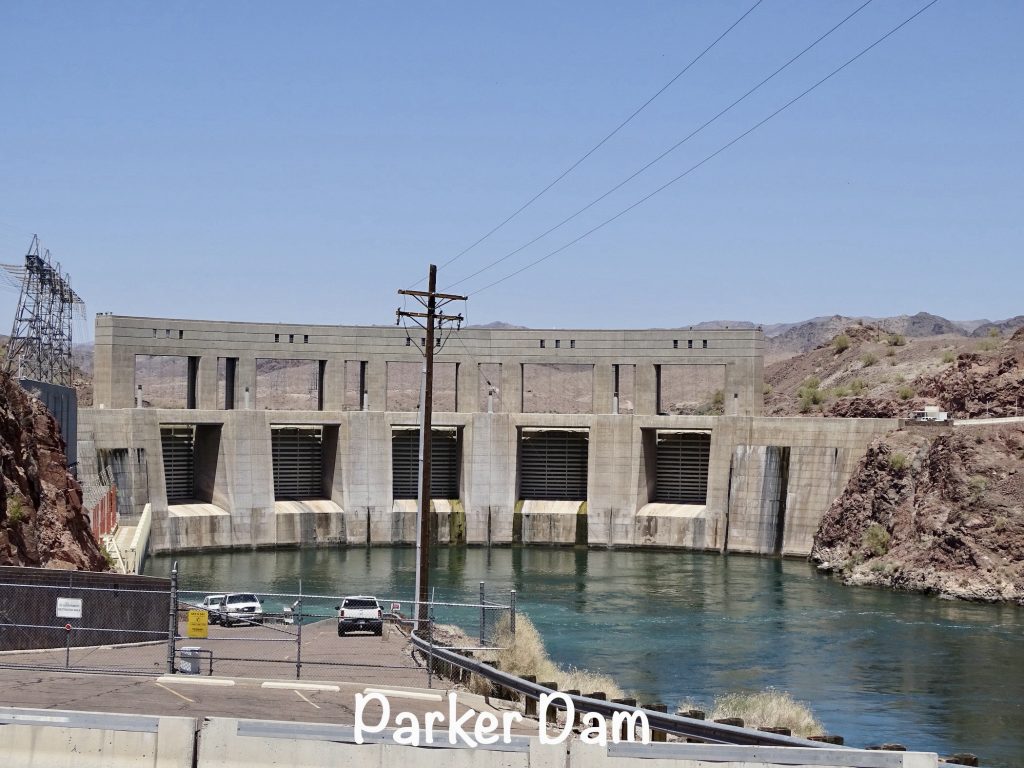
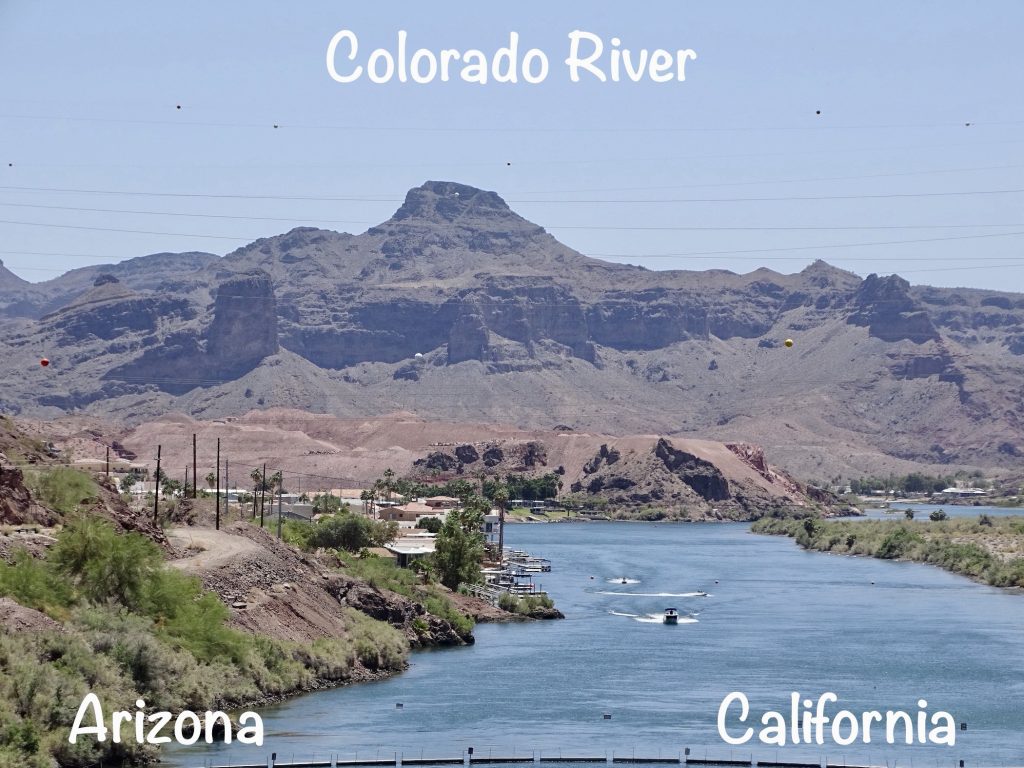
In 1831, engineer John Rennie designed a bridge to span the River Thames. It was a good bridge, and served the city well for almost 130 years. It survived the London Blitz of WWII and stood strong. What it couldn’t survive, though, was the weight and quantity of modern traffic. In the early 1960s, London officials realized that the bridge was slowly sinking into the river. (Hmmmmm…so the children’s song was actually true!) Renovations would not be cost effective, so they decided to build a modern replacement. It was headed for scrap when city councilor Ivan Luckin convinced his cohorts that he may be able to sell the bridge in the United States. I guess even back then Americans would buy anything. He made a trip across the pond to find a buyer.
Robert McCulloch was an eccentric industrialist who had run a variety of companies, most notably the chainsaw company McCulloch, and made millions. In his latest crazy scheme, he purchased 26 square miles in Arizona near Lake Havasu on the Colorado. On that isolated spot in 1963 he set about creating the community of Lake Havasu City, planning to make it a tourist oasis in the desert. So far, that had been a tough sell. What he needed was a gimmick. Then, he heard about London Bridge. After much negotiation, he made the purchase for $2,460,000. Then came the meticulous dismantling, crating, and shipping the 10,000 ton antique to California. From there it was trucked to Arizona. To shore up the old structure, a core of steel-reinforced concrete was built, then covered with the original granite. After it was assembled on a peninsula into the river, a channel was cut under the bridge, creating an island. It took 3 years and another $7 million dollars to get it finished, but McCulloch finally had his gimmick. It worked, too. Lake Havasu City is now a thriving town of 57,000 people that has become Arizona’s playground. Sadly, McCulloch did not live to see much of this growth, dying in 1977 of an accidental overdose from mixing alcohol with barbituates. London Bridge stands today to teach us to embrace those crazy ideas. They might just be worth it.
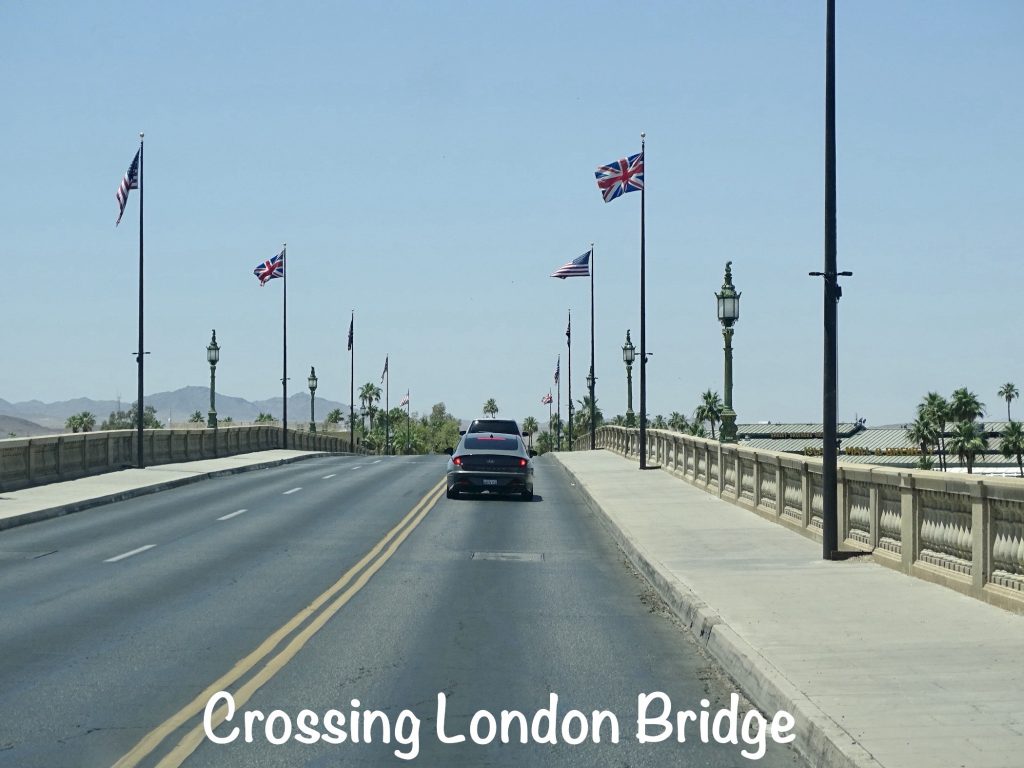
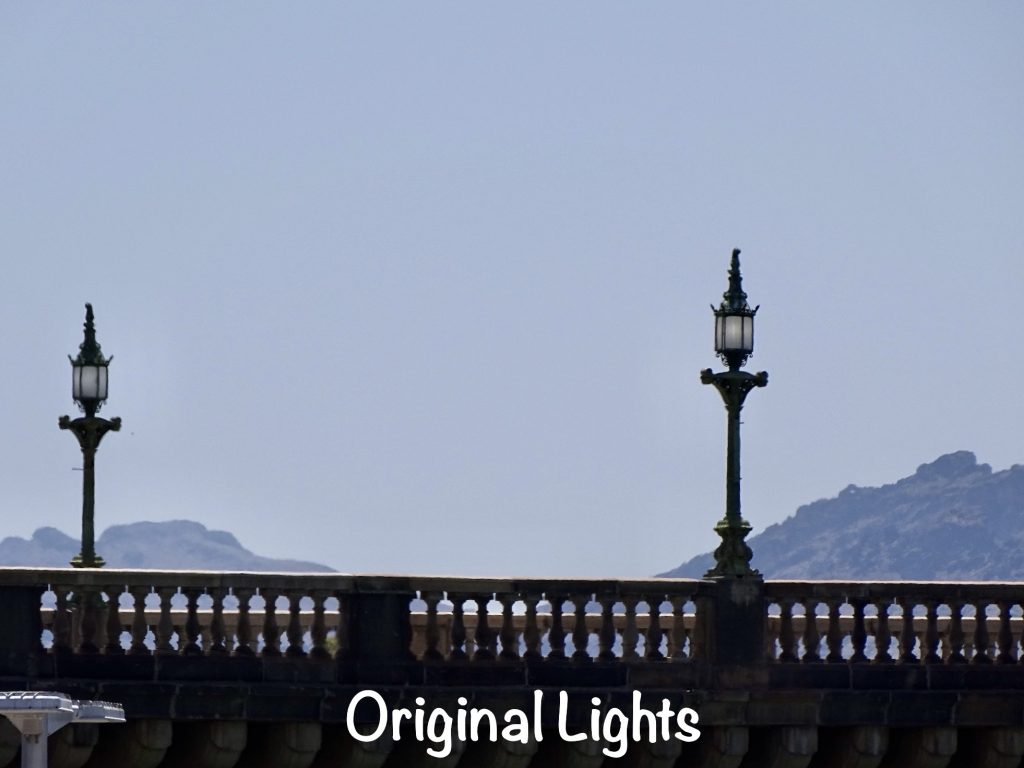

Buckskin Mountain State Park is set up pretty much like a private campground, with as many sites crammed into the limited space as possible. Although the park is much larger and very mountainous, the campground sits on a point backed up to steep hills and facing the Colorado River. Almost everything in this area is about water, and I’d guess that 90% of the people camping there had boats, jet skis, or other water craft with them. It was blistering hot (104 degree highs) when we were there, but there was a pretty consistent breeze making it nice in the mornings. Amenities include a boat ramp, dog park, group pavilion, park store, picnic area, swimming area, and several miles of hiking trails, all requiring some climbing. The campground includes 16 river front tent sites with grills and picnic tables, 53 back-in or pull-through sites with electric (30-amp) and water, and 15 sites with full-hookups. There are two bathhouses, but neither are air conditioned, and they were quite hot. Because of the layout and proximity of other campsites, plus the sweltering bathhouse, we would probably not stay here again. However, if you are just looking for somewhere to sleep at night while you are boating all day, this is a good park for you. For this stay in May 2022, we paid $125.00 for 3 nights.
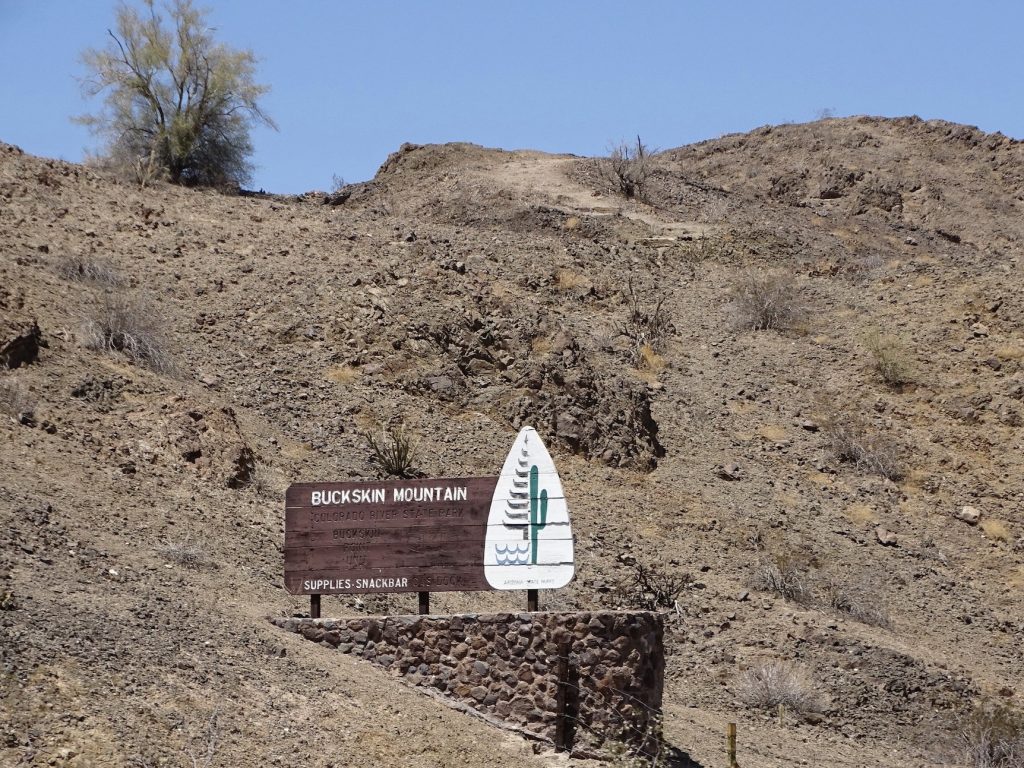
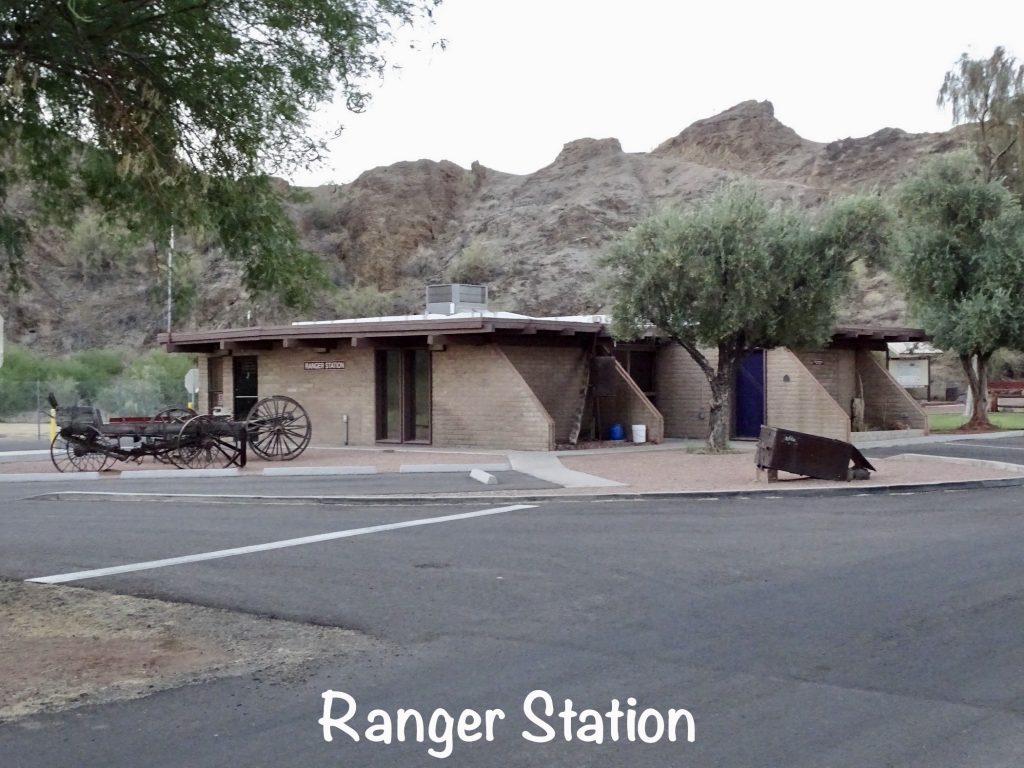
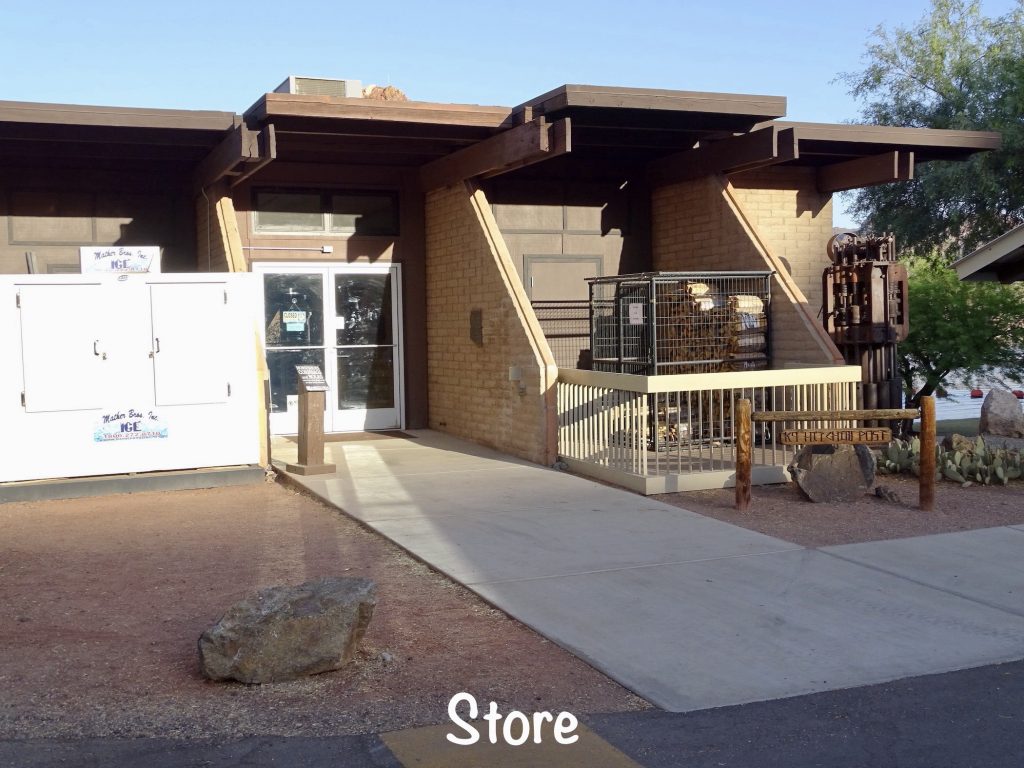
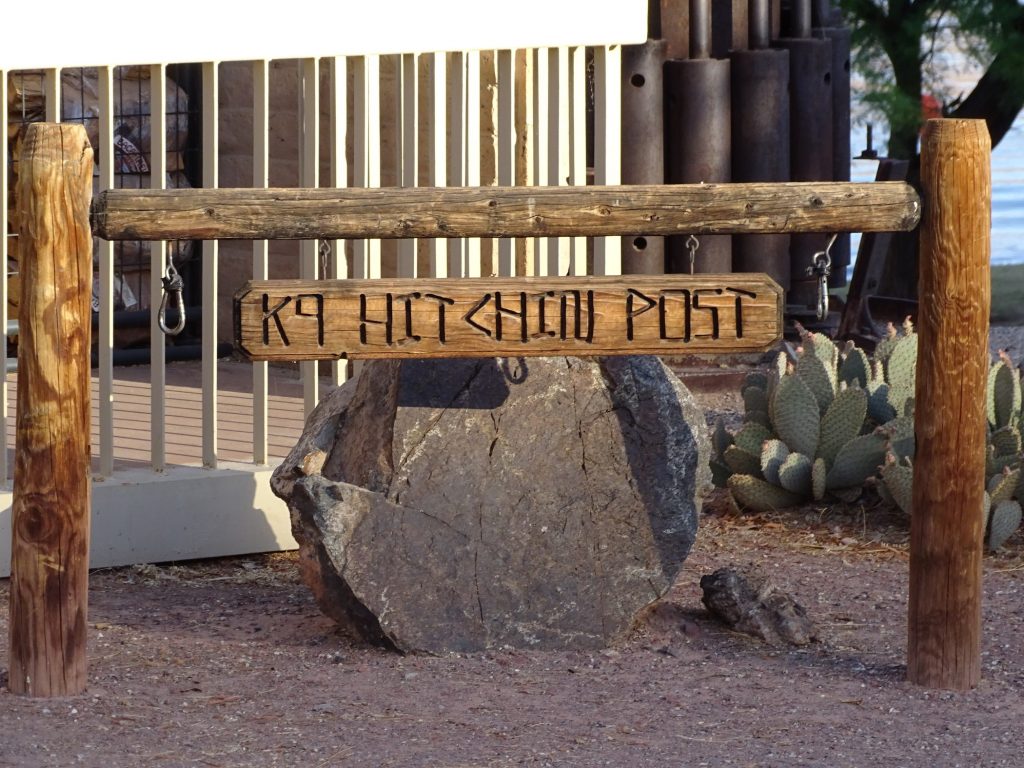
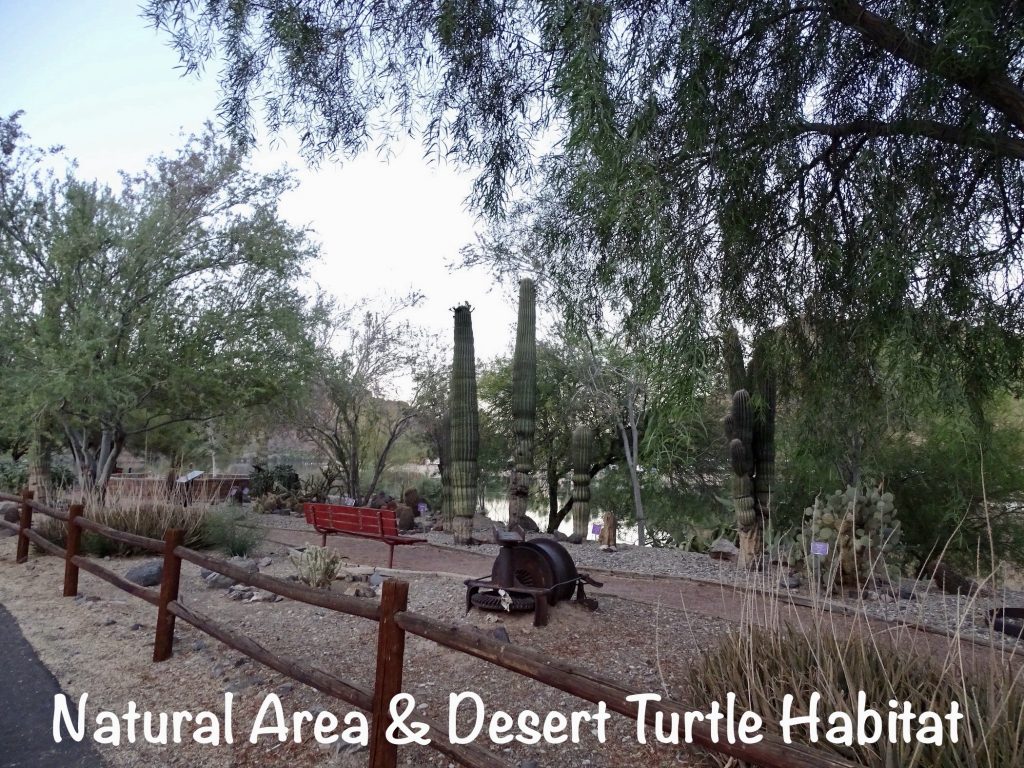
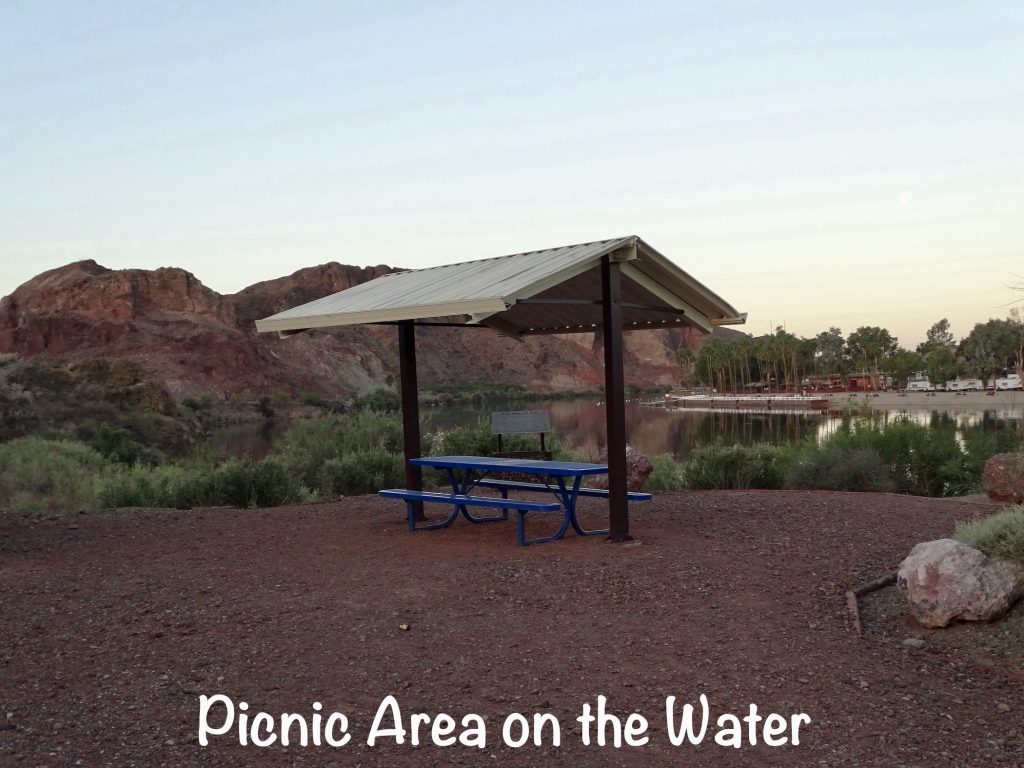
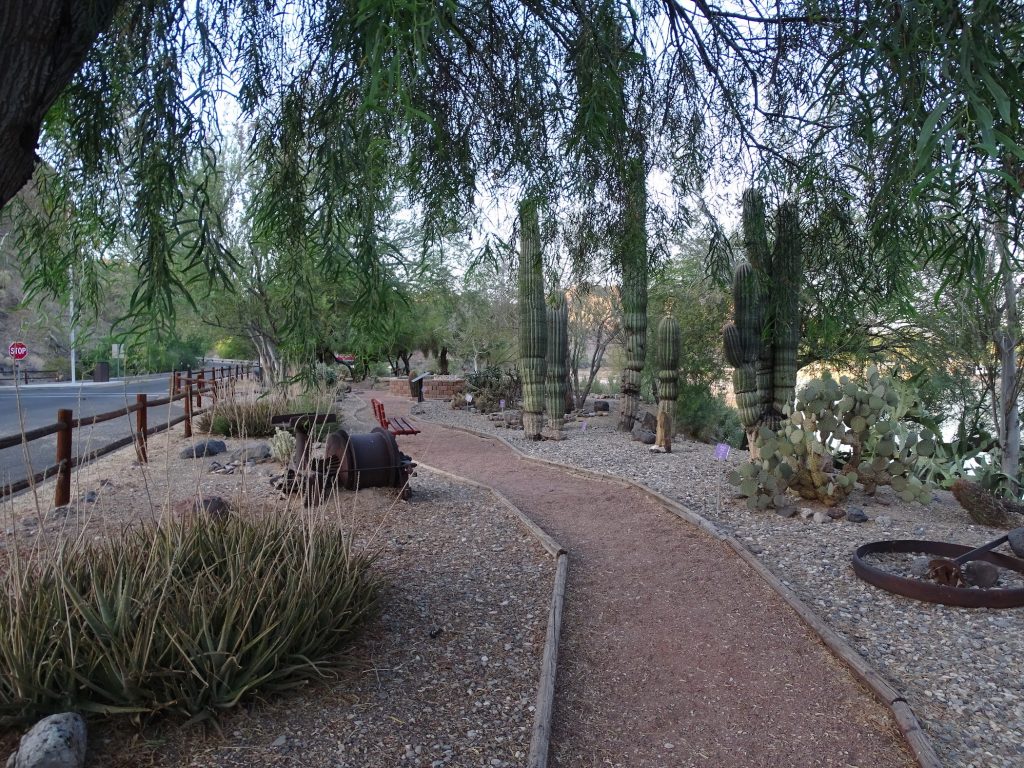
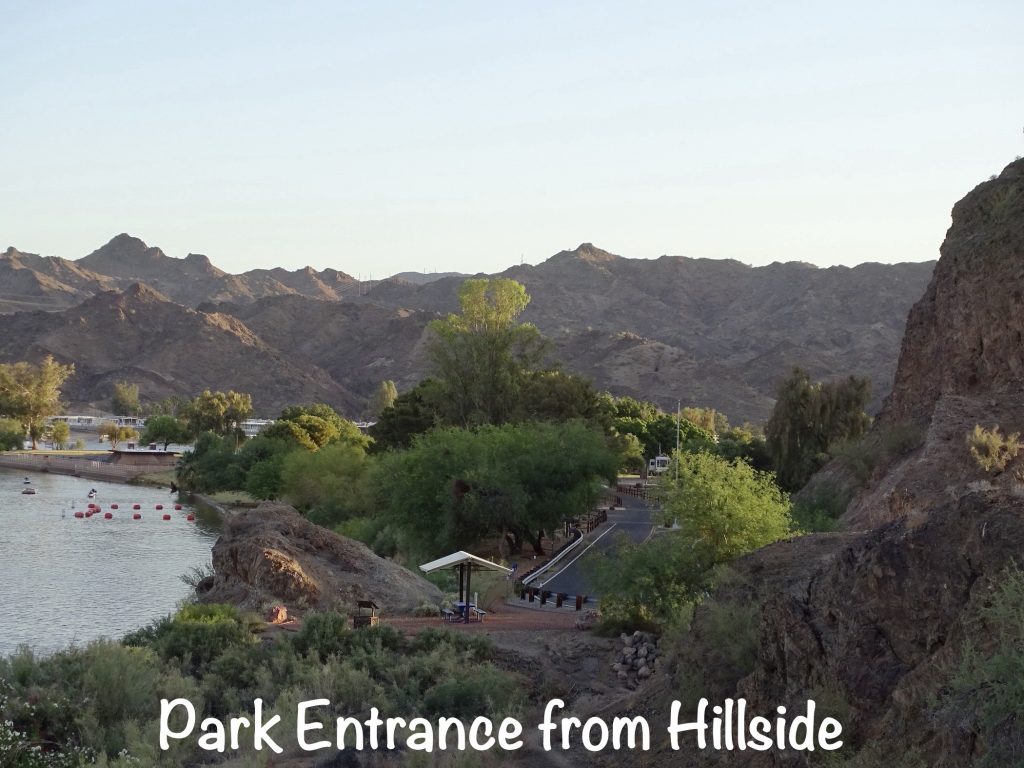
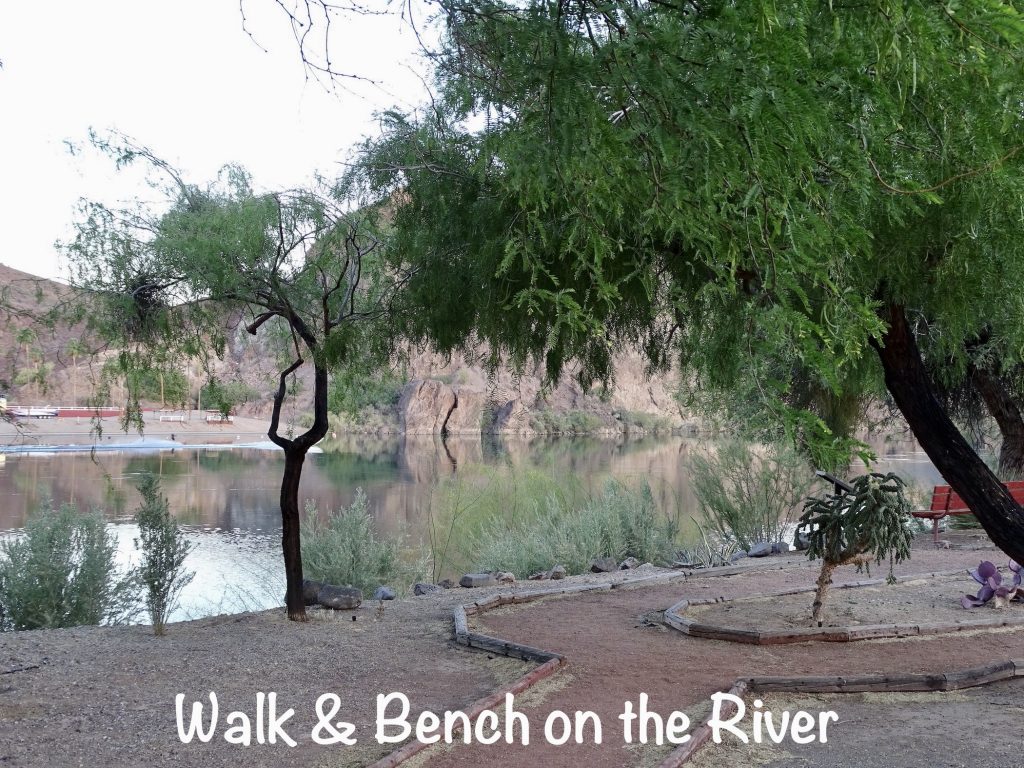
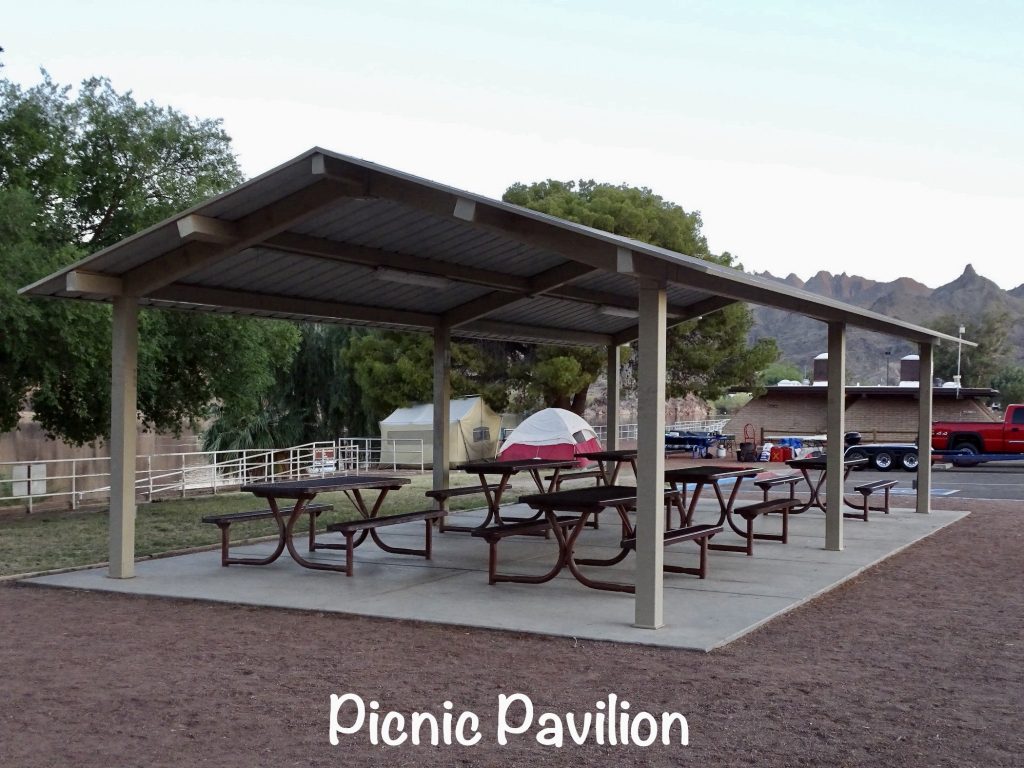
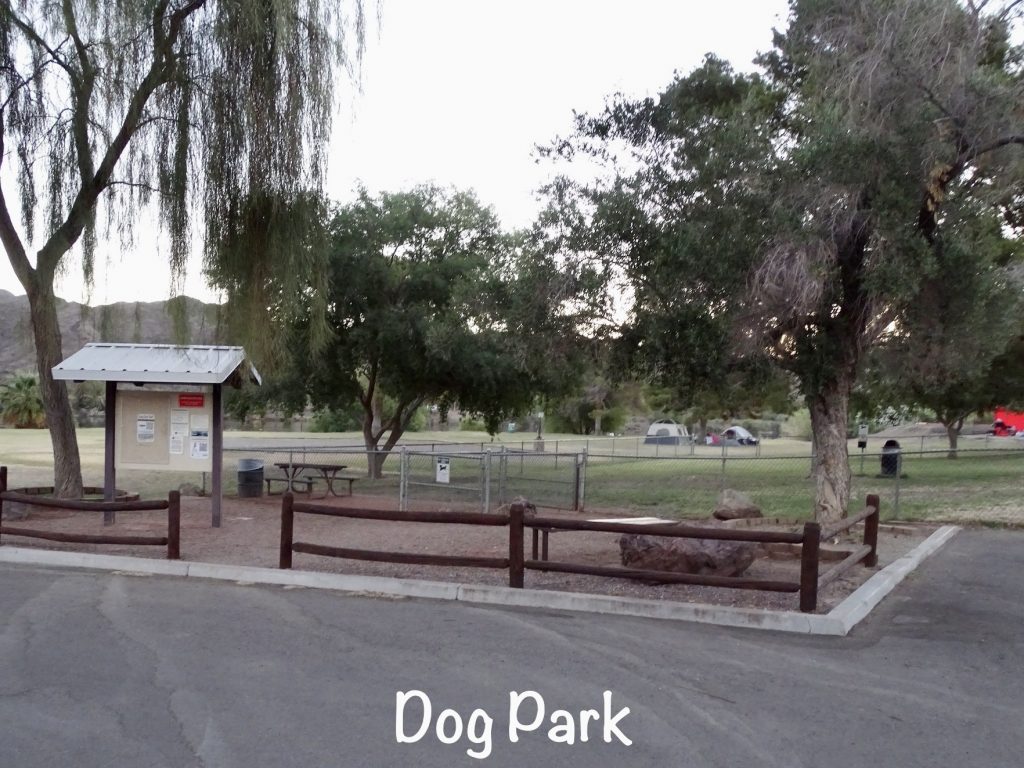
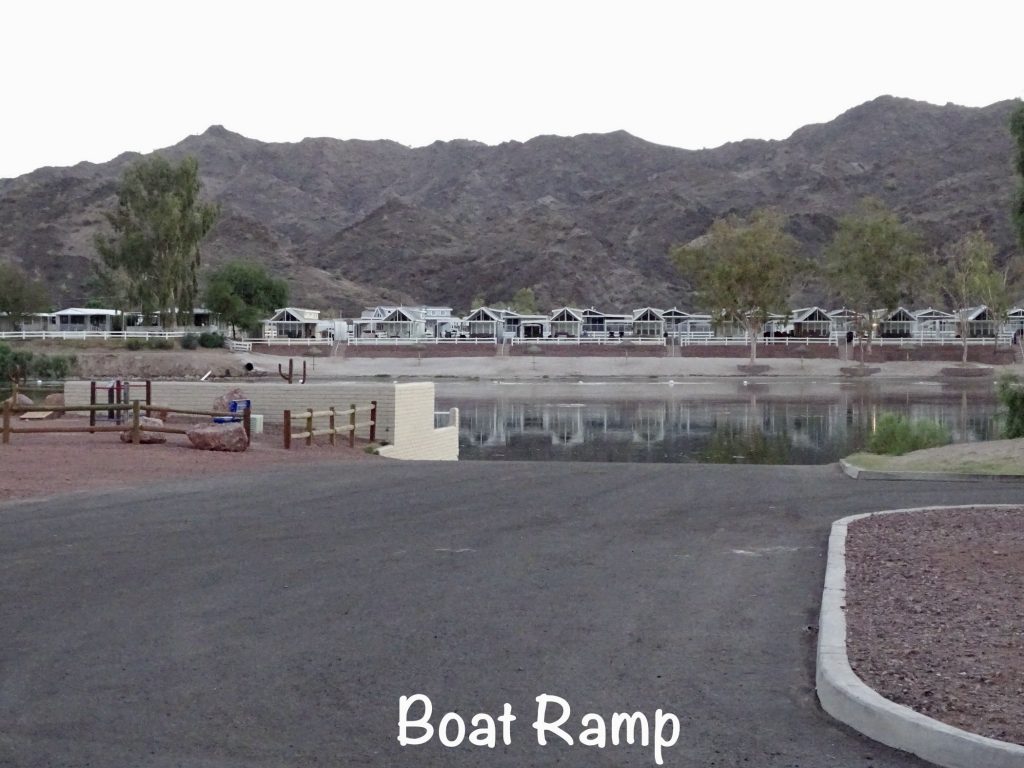
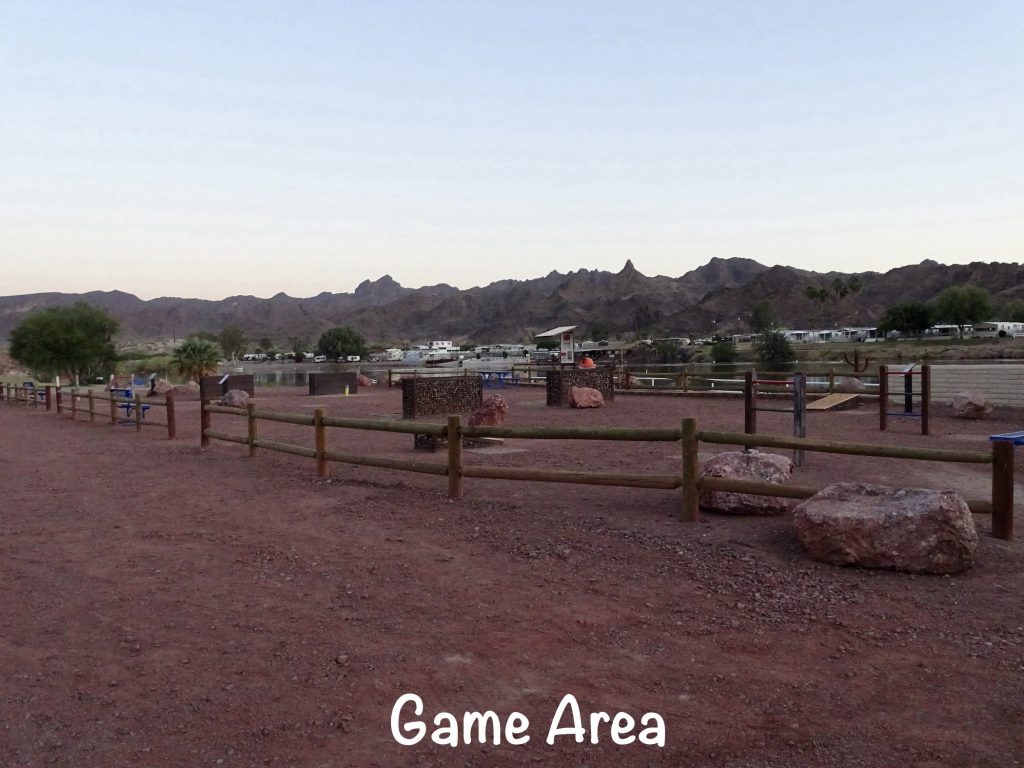
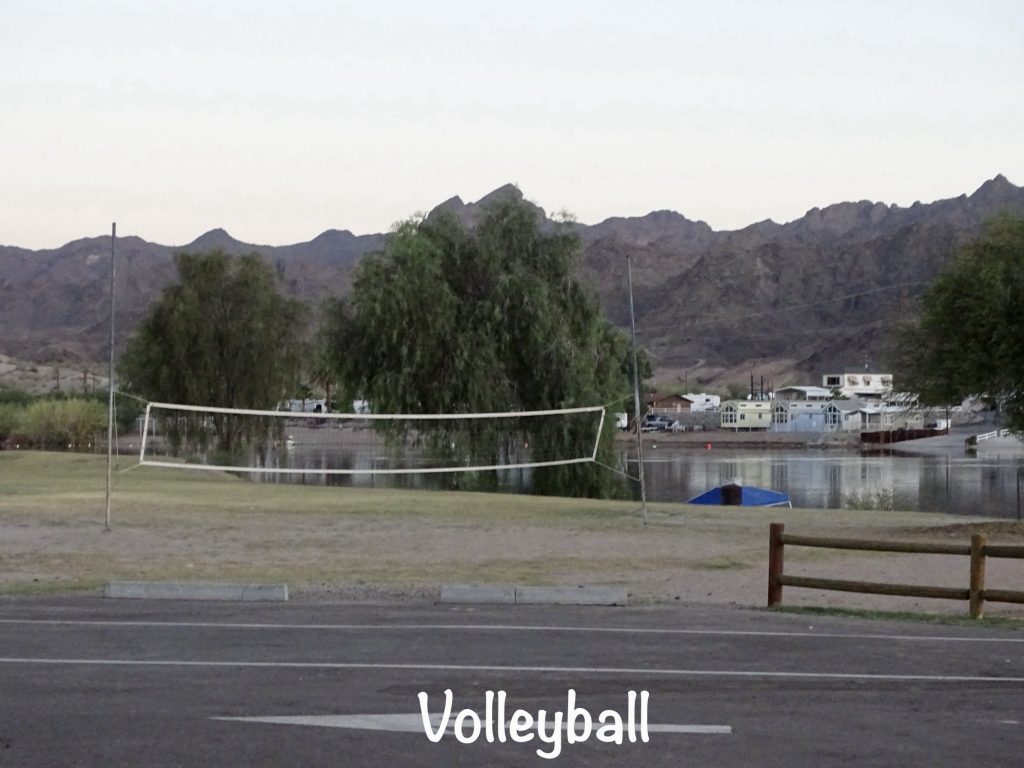
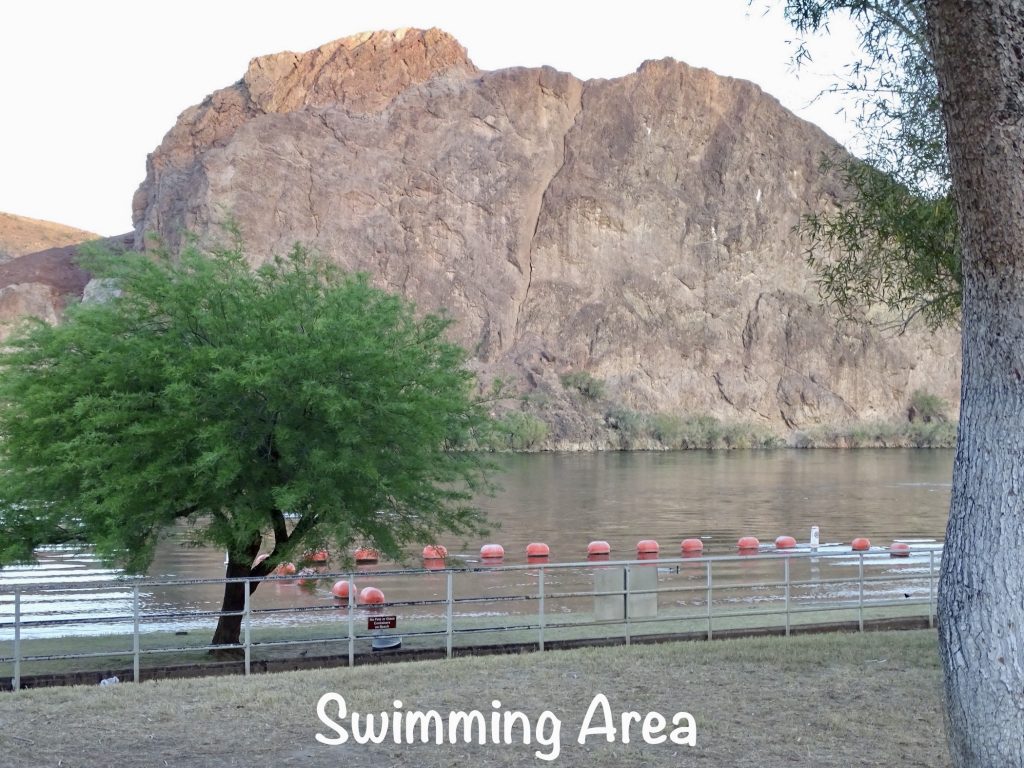
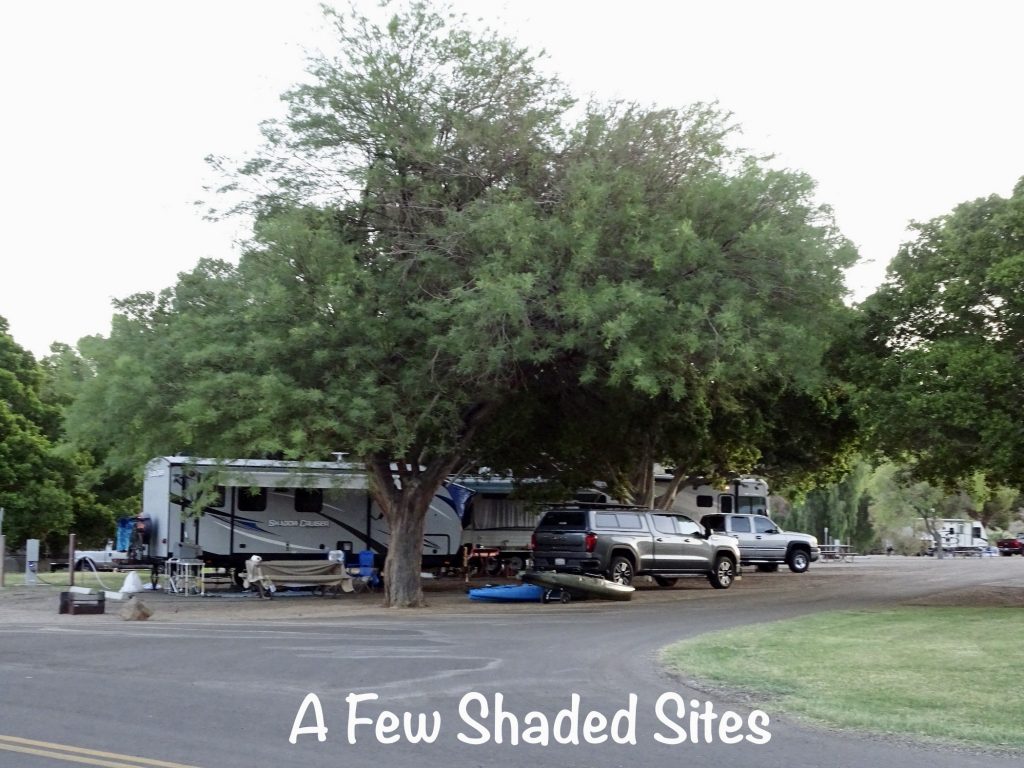
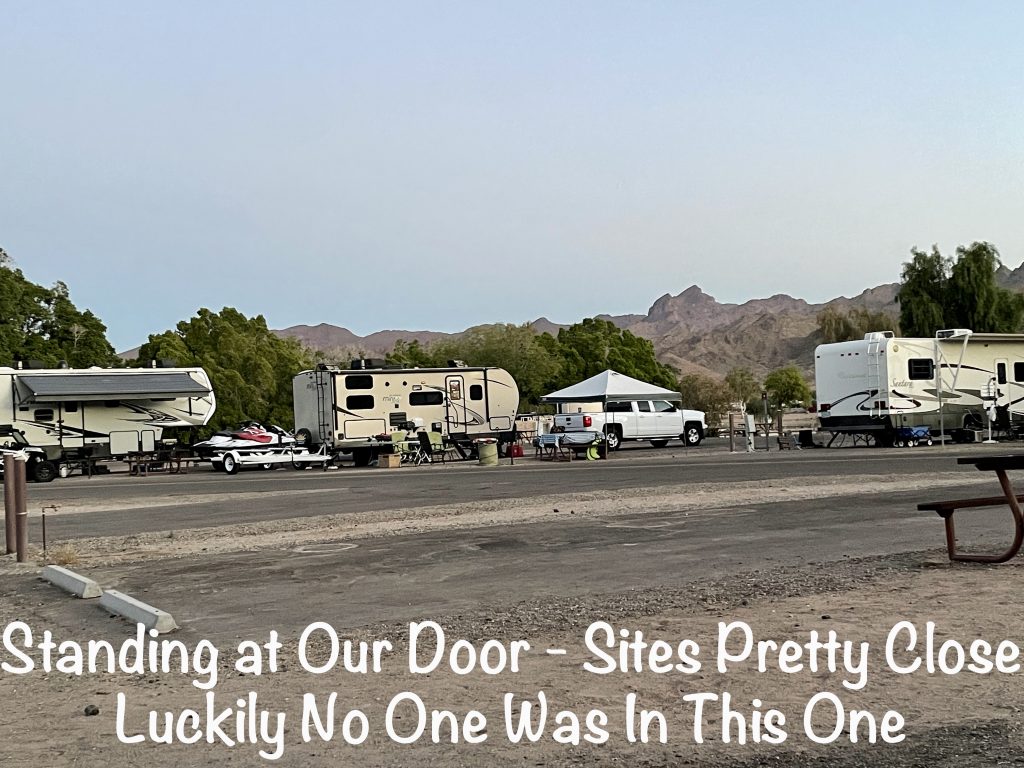
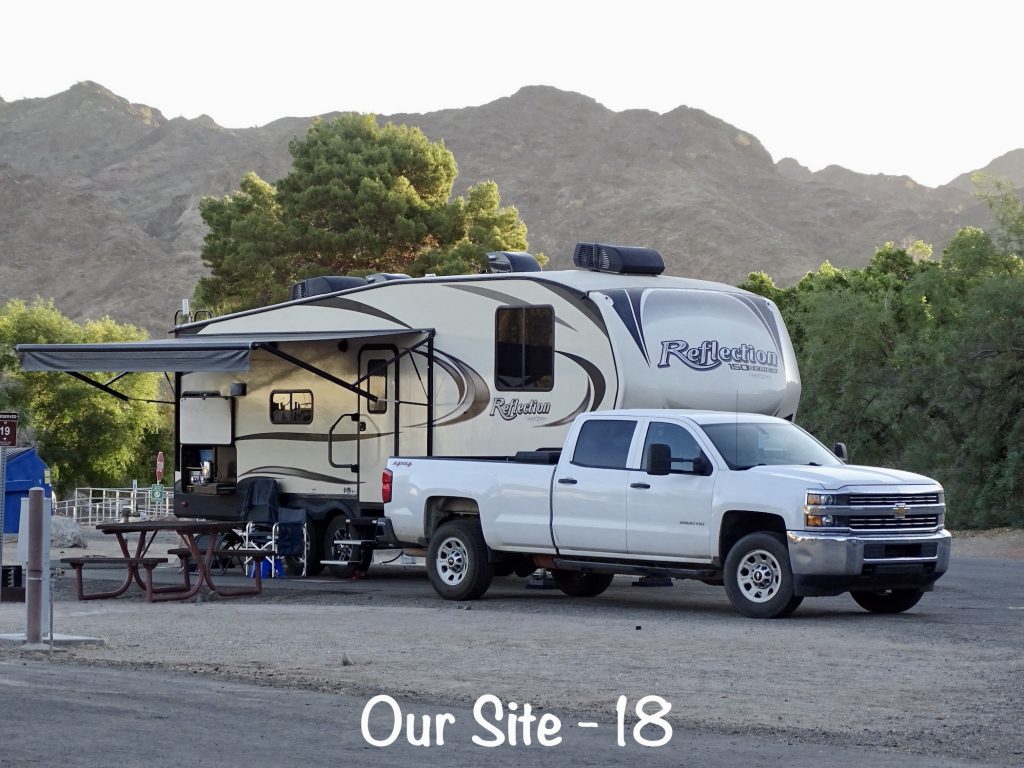
Thursday morning we hit the road early for a long day with not one, but two planned diversions. We retraced our path south to Parker, then crossed the Colorado River into California at Earp. CA-62 took us through the south end of the Turtle Mountains and the Granite Mountains in the Mojave Desert. At CA-177, we turned south, then hit I-10 for a short time west over to the Chiriaco exit. After a gas stop ($6.199/gal for regular…most we’ve ever paid, including Hawaii), we hit our first planned distraction, the George Patton Memorial Museum.
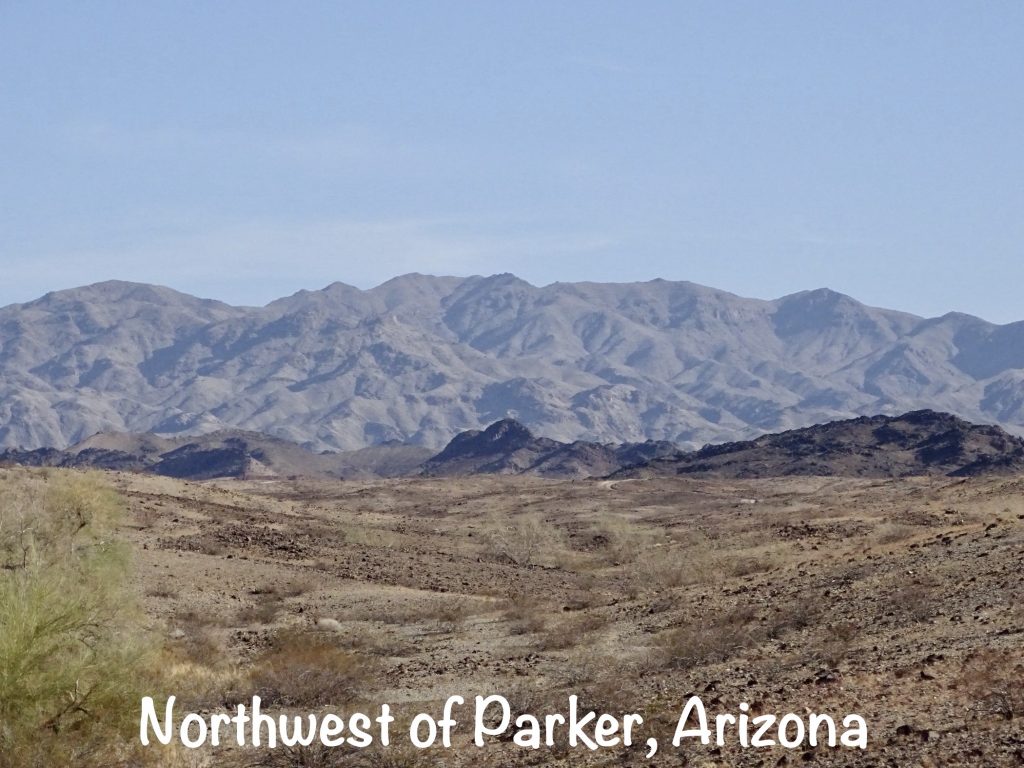
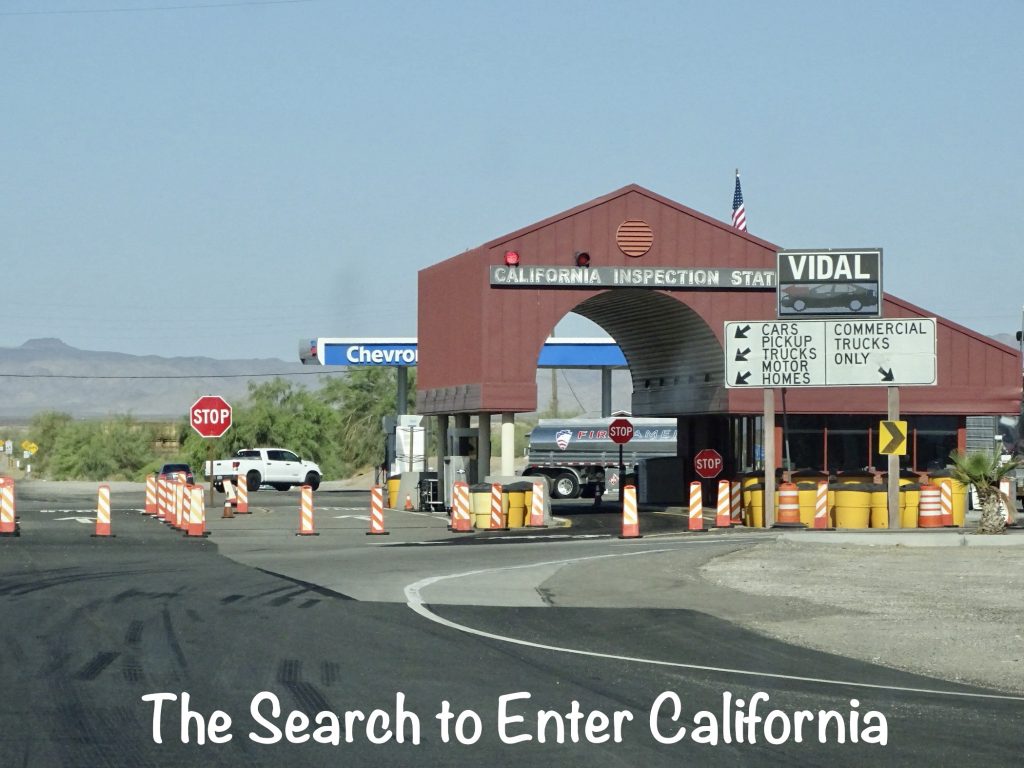
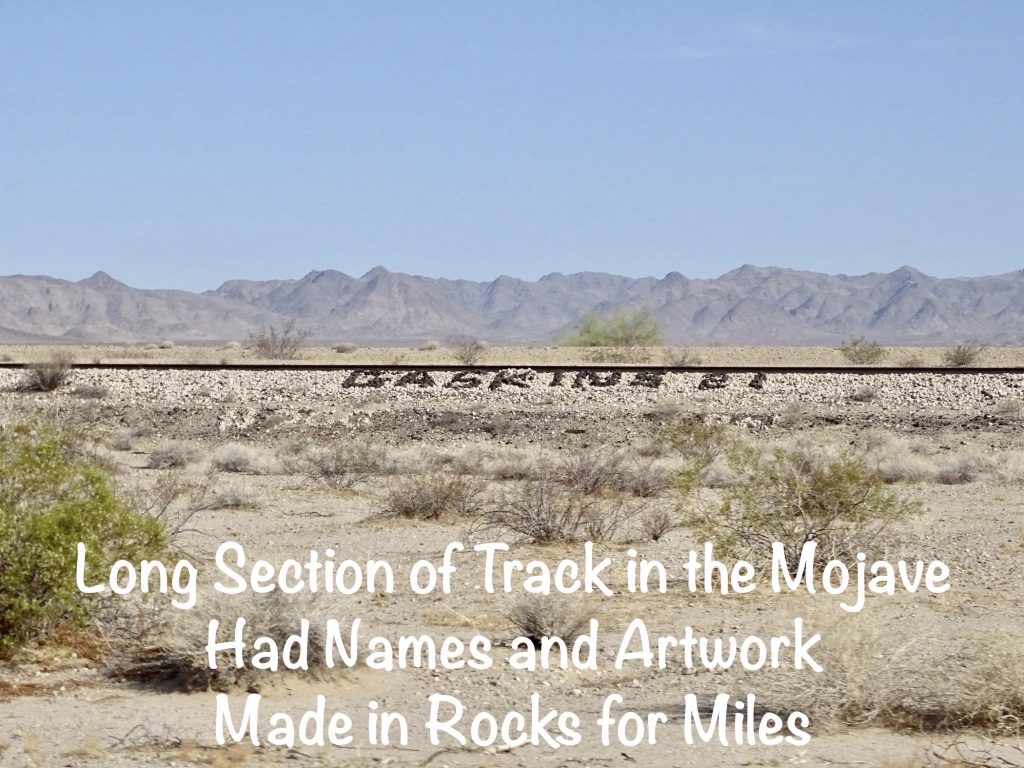
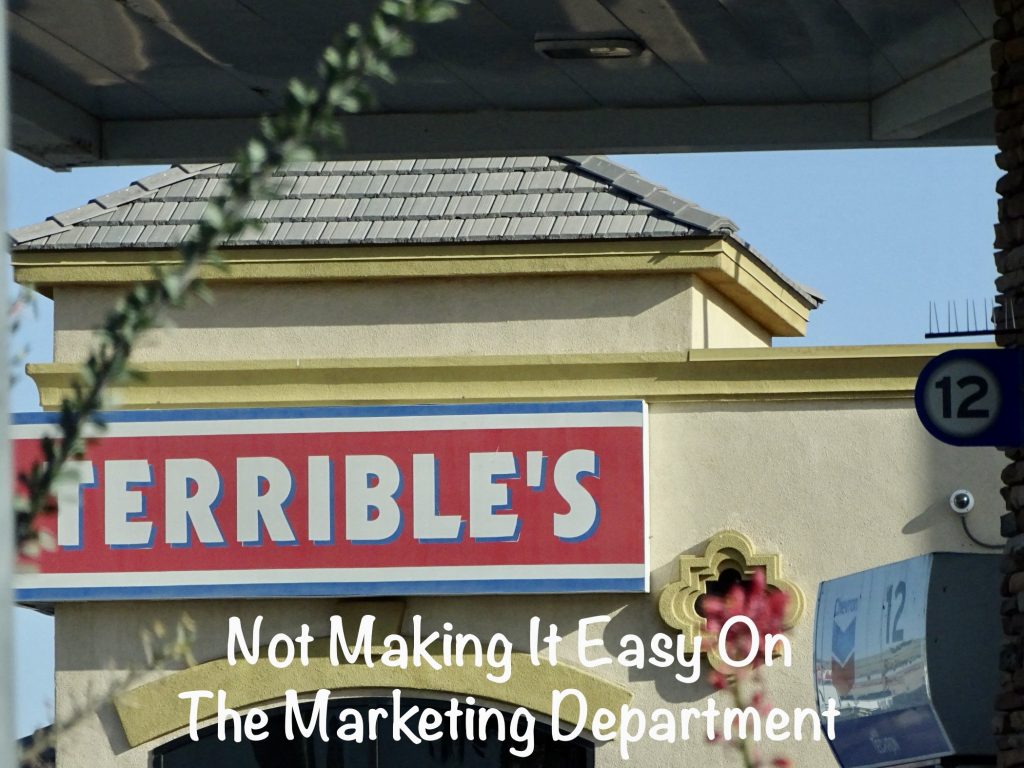
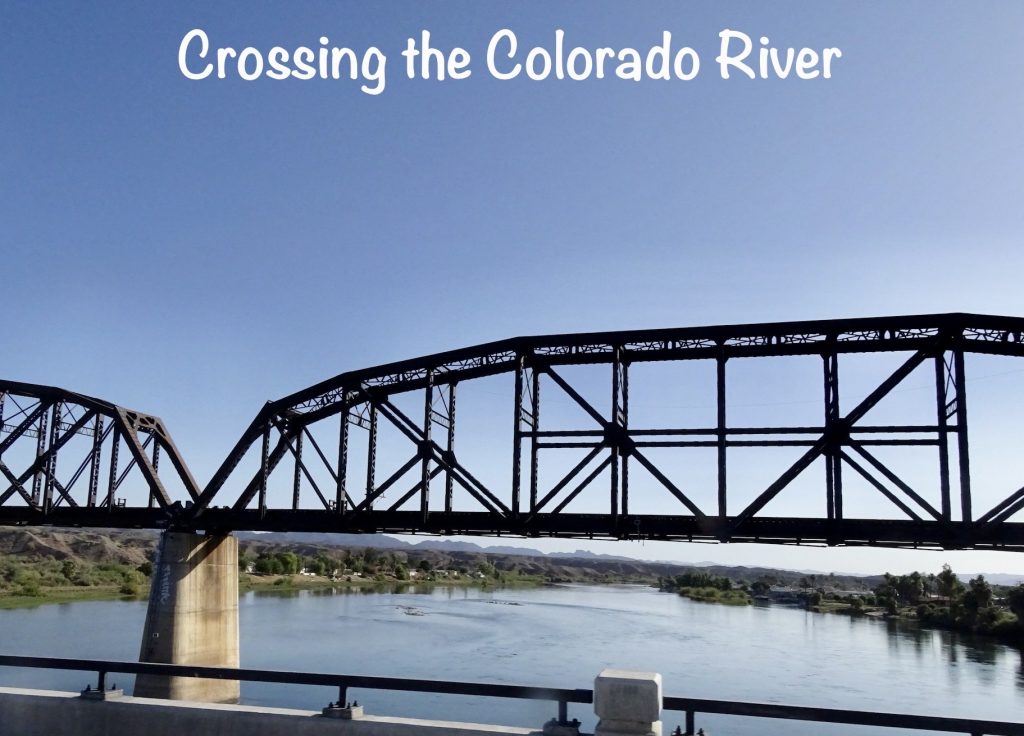
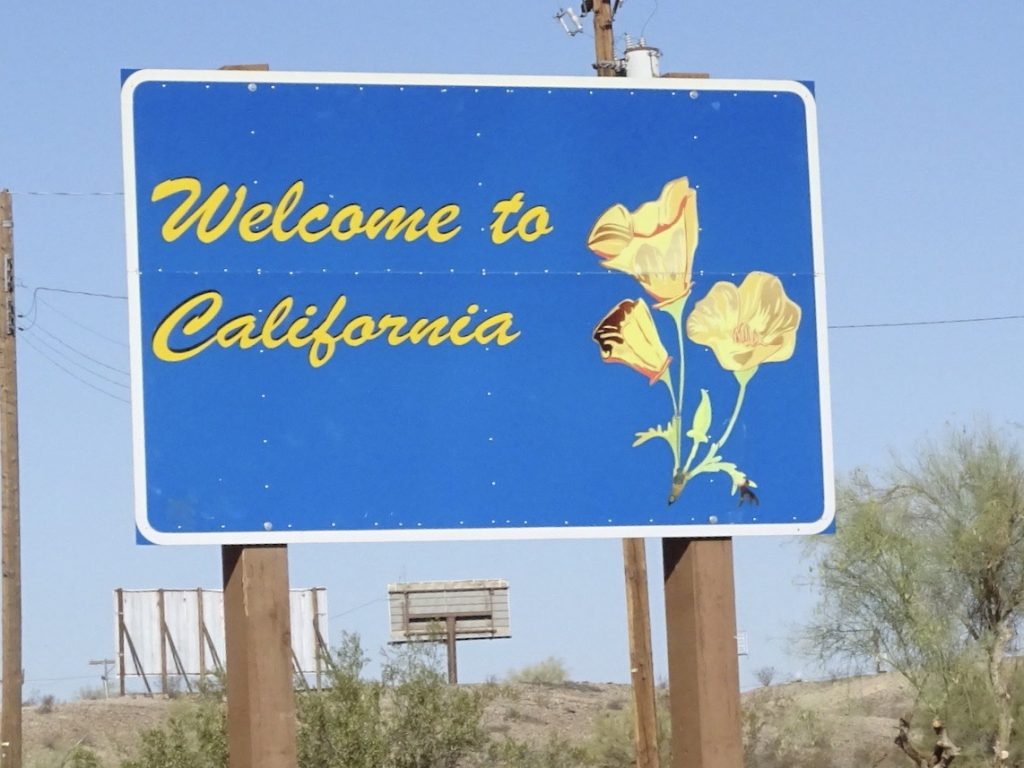
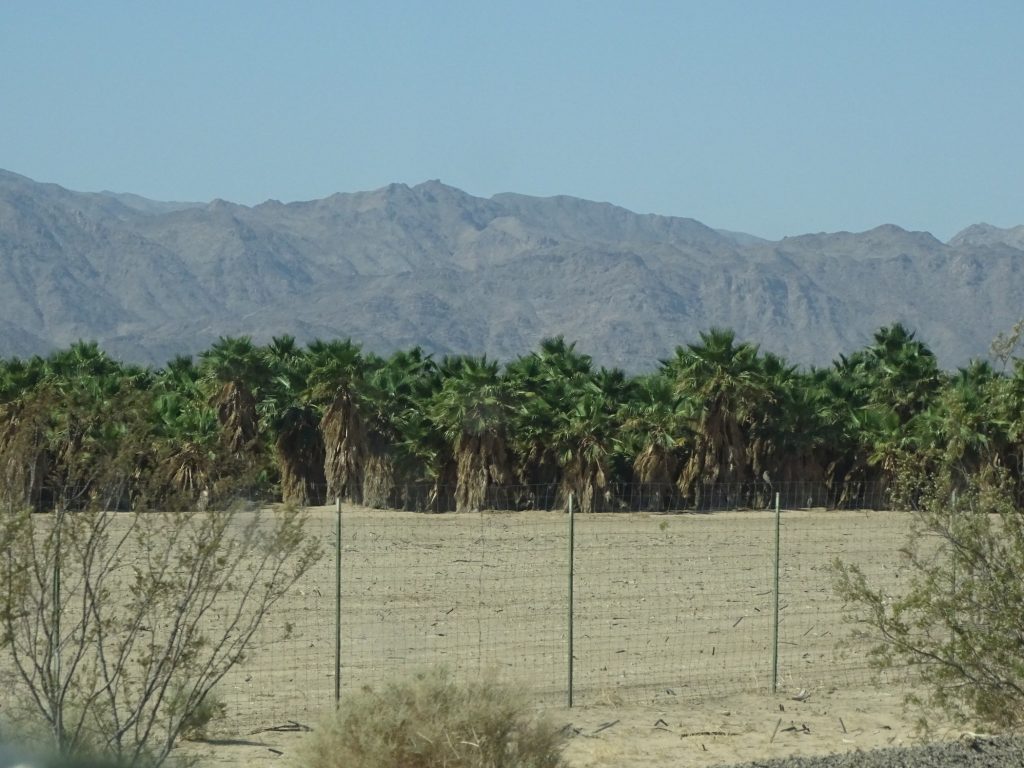
Immediately after that infamous day in 1941, we were a country desperately ramping up to jump into the fray. The enemy wasn’t just the Japanese, but the Germans and Italians, too. War was raging on land and sea all over Europe and North Africa. Our military leaders decided that, rather than focus a land attack on the existing strongholds in Europe, they would go where least expected…Africa. In February 1942, just two months after Pearl, Major General George S. Patton, Jr., was tasked with finding a way to prepare thousands of green soldiers for the harsh conditions they would face there. Having grown up in California, he was familiar with the mountains and desolation of the Mojave and Colorado deserts. By early March, he had laid out the boundaries of an 18,000 square mile training gauntlet, establishing a headquarters, 12 divisional camps, and an airport. This training would be no joke…the soldiers, including Patton, lived in tents and had no running water. There were no barracks or kitchens. The Desert Training Center, the world’s largest military training center by size and population, would put them through their paces in field conditions. Temperatures ranged from 130 to 32 degrees. Rattlesnakes and scorpions were an everyday problem. Water was rationed to one canteen per day. The goal: Teach them to survive in North Africa. Once established, Patton served as the first Commanding General of the center, but not for long. In July 1942, he was called to Washington to help plan the invasion of North Africa. He would go on to lead the men he helped train through some of the harshest conditions of the war. In our many military museum tours, it is not uncommon AT ALL for me to find out something I had never even heard of. MW, on the other hand, is pretty well versed on all kinds of war stuff, so I was surprised that he had never heard of the Desert Training Center. It was only in operation for 2 years, but during that short time, hundreds of thousands of men gained vital skills that helped them drive Rommel out of Africa. Patton once said “A pint of sweat will save a gallon of blood.” In WWII, the United States lost almost 420,000 people. I wonder how many more would have been lost in Africa without Patton’s training center?
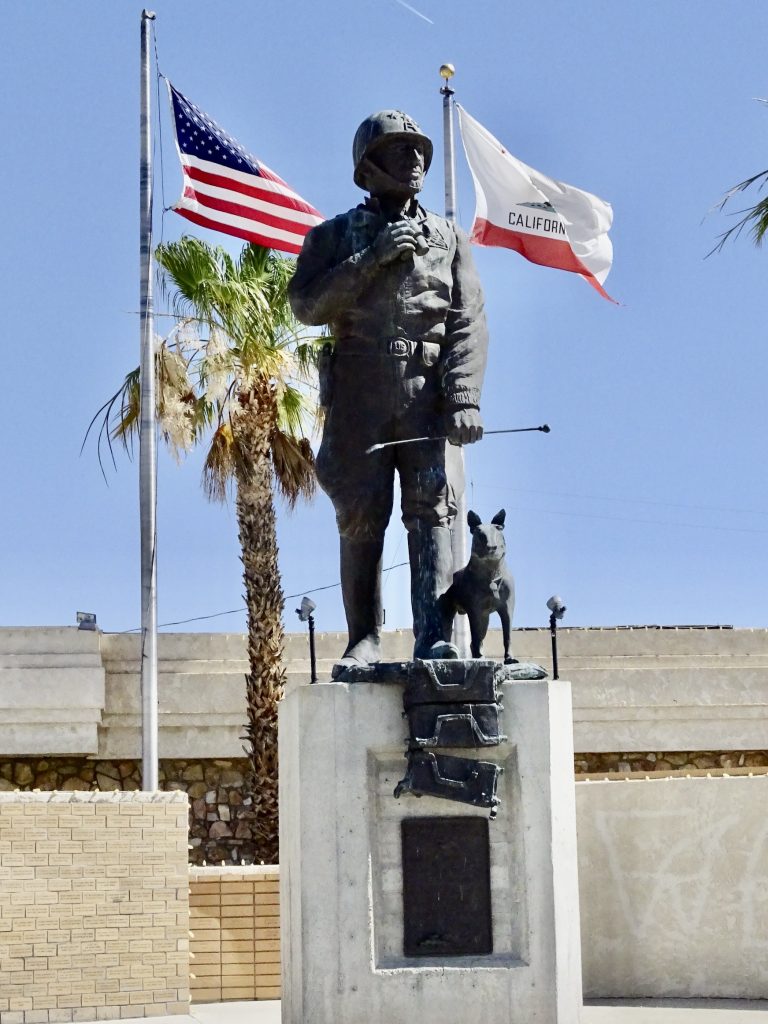
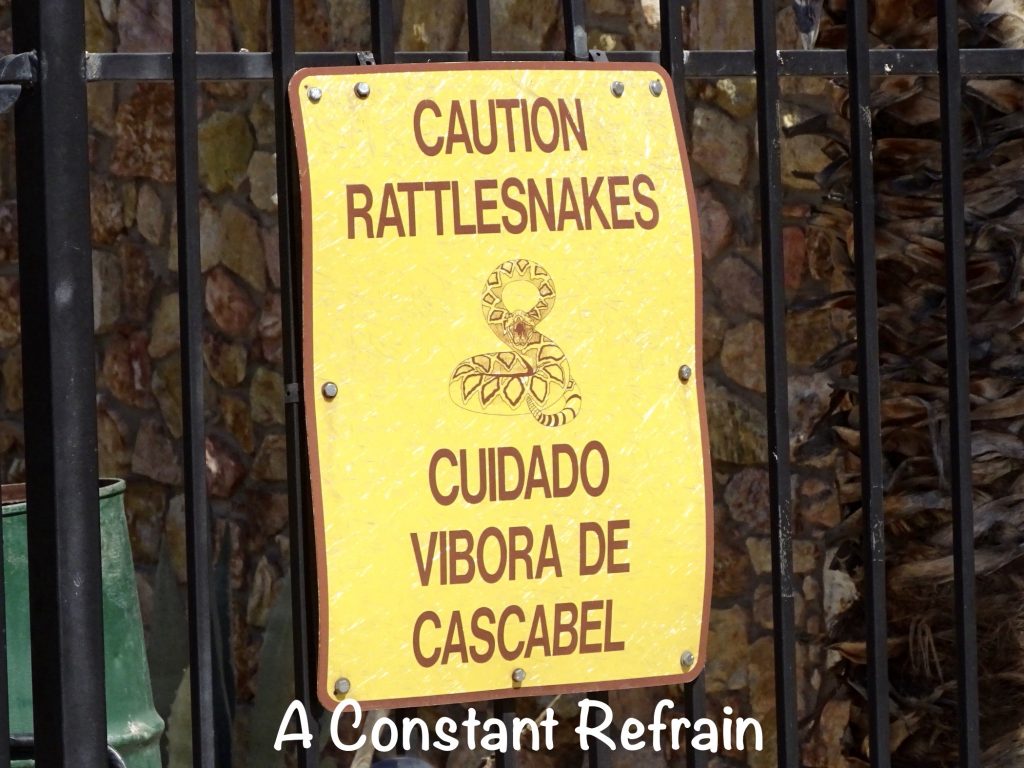
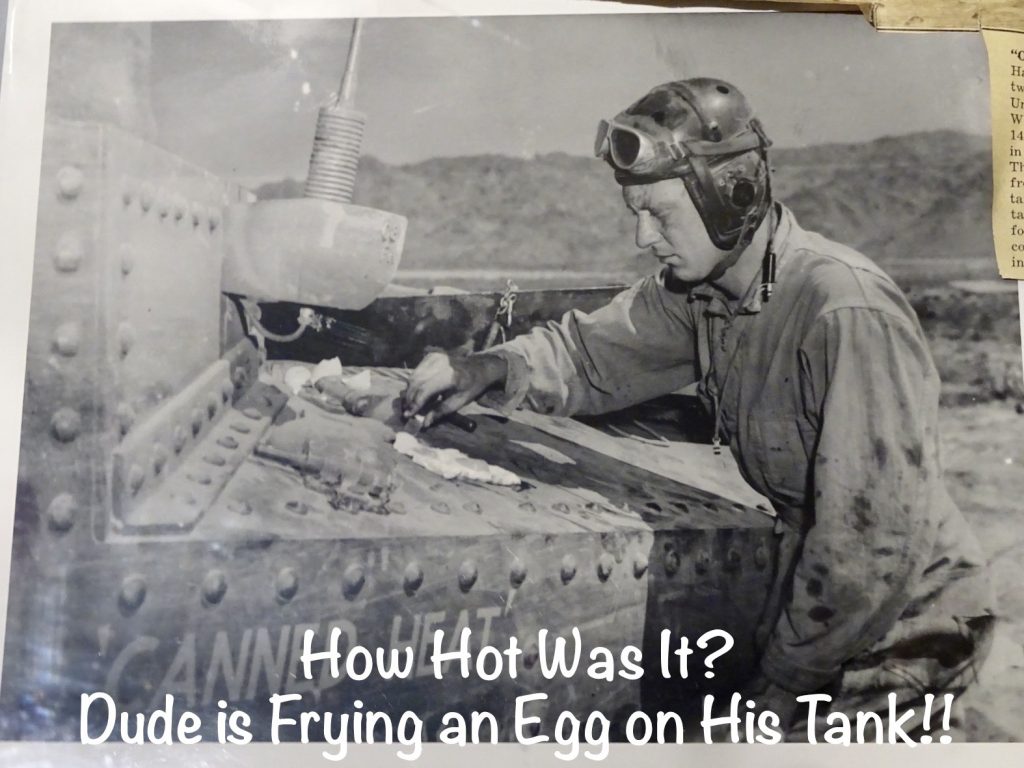
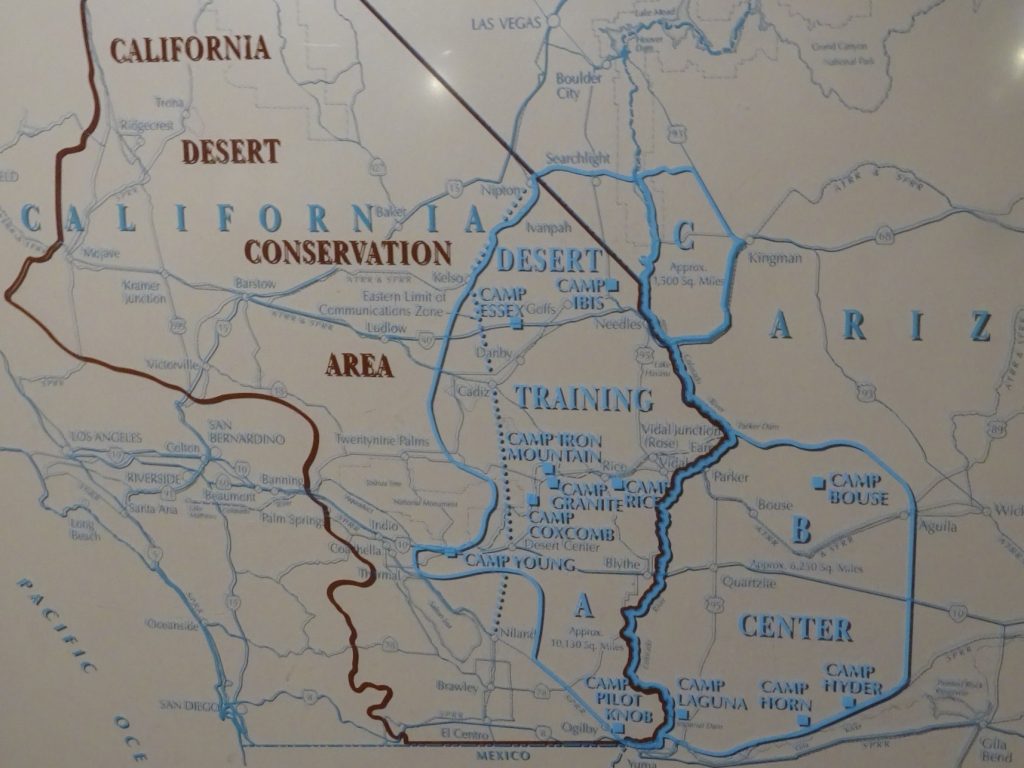
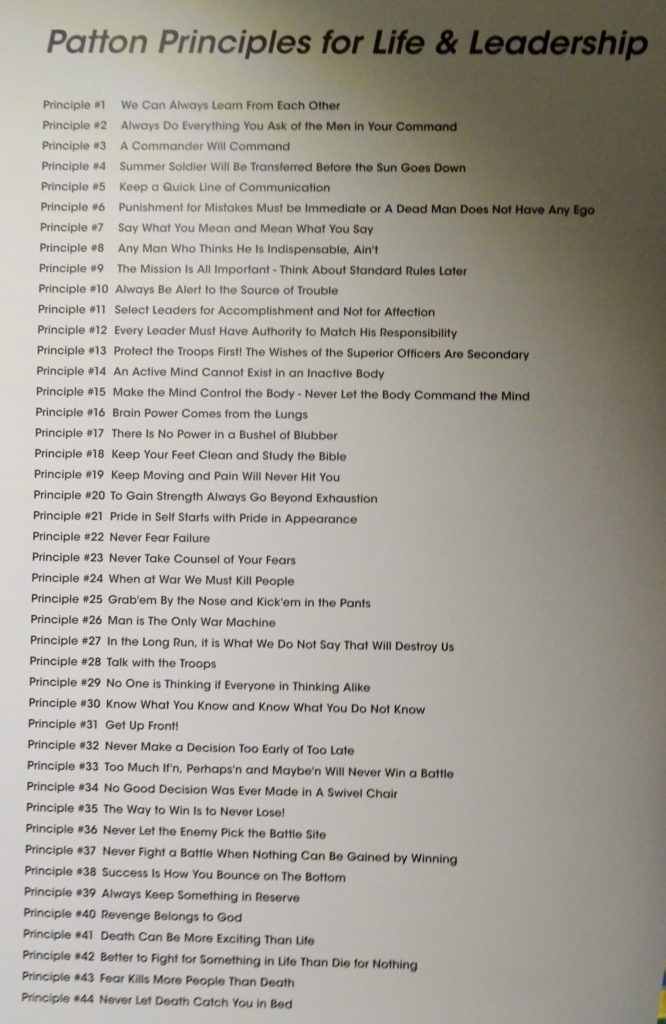
The museum has Patton history back to his childhood, plus a lot of other military memorabilia. There is a short movie talking about the center and listening to those who trained there. Since there were very few permanent structures, only a few remnants remain of the original camps. They also have a collection of tanks and other vehicles to check out. It’s a pretty good little museum about a little-known piece of WWII. Some interesting notes in no particular order: 1) Patton died in Germany in December 1945, not long after the war ended. He wanted to be buried with his men, so after the short service at Christ Church in Heidelberg, he was transported by funeral train to Luxemburg. Along the way, stops were made so people could pay their respects and place flowers on the train. He is buried in the Luxemburg American cemetery (formerly the American Military cemetery). 2) Patton competed in the inaugural Olympics in 1912 in Stockholm in Individual Sabre Fencing. 3) He was accepted to Princeton College. I knew he went to VMI prior to West Point. (Thanks to Buddy, we once toured VMI with his grandson, George Waters. It was an unforgettable day.) 4) Remember the Pancho Villa story from a couple of weeks ago? Patton served under General Pershing during the “punitive expedition”, earning the nickname “Bandit Killer”. 5) As leader of the National Socialist German Workers (Nazi) Party, Hitler and his security force crashed a rally where another party leader was speaking. He caused a brawl and several people were wounded or killed. They fled, but were later arrested for treason and sentenced to 5 years in jail. Hitler only served 9 months, during which he wrote Mein Kampf. 6) A German government in economic chaos gave rise to Hitler’s evil when he was appointed Chancellor in 1933. Hmmmmm. Go back and read #5. The man had already been convicted of TREASON, and yet was appointed Chancellor.
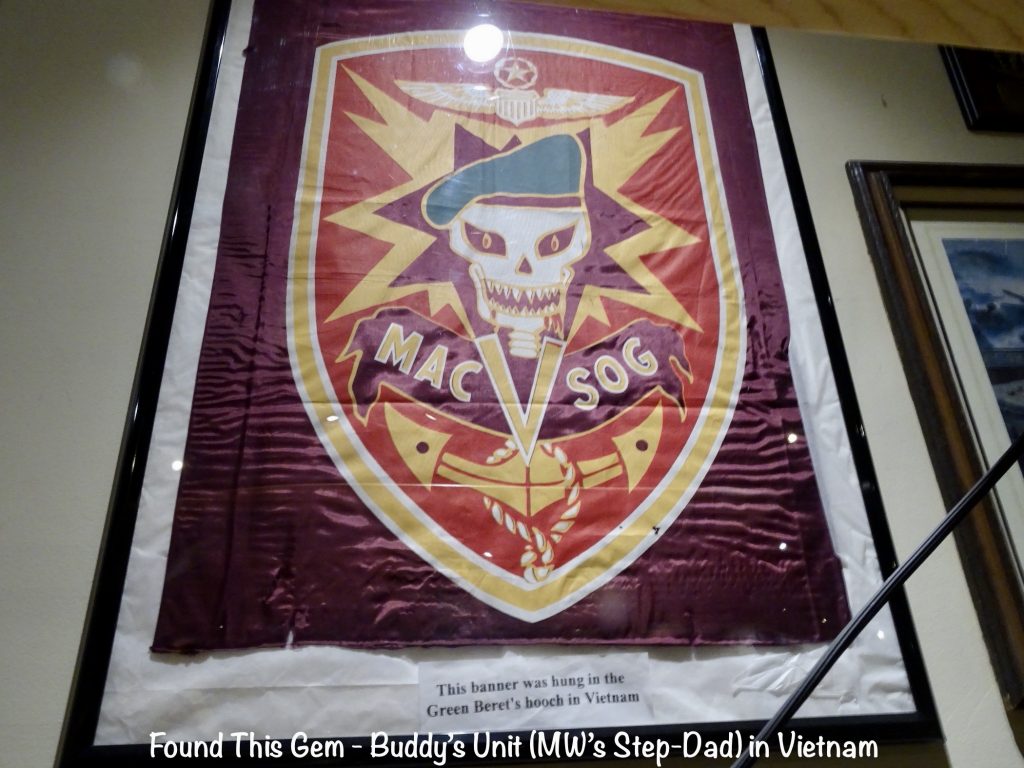
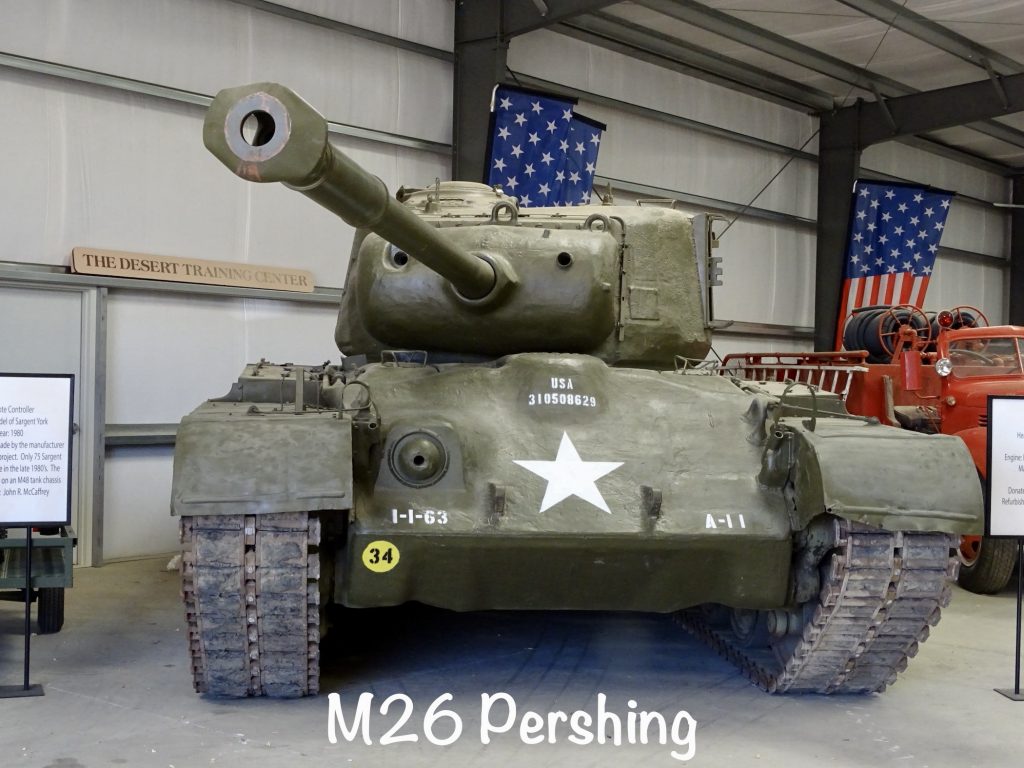
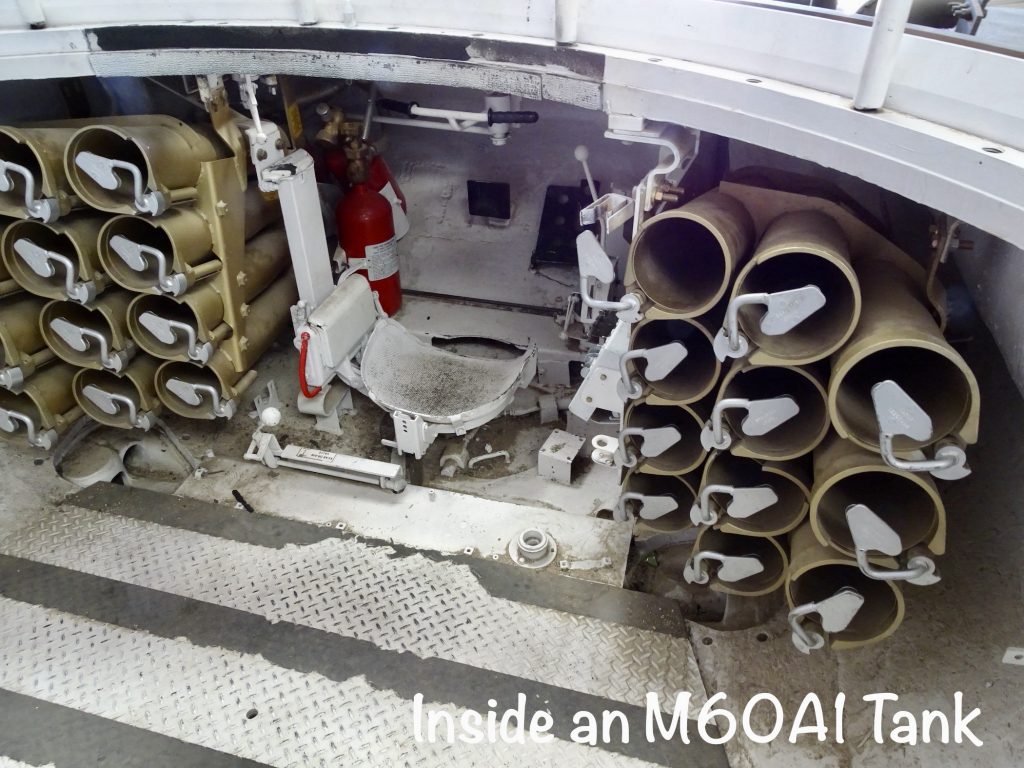
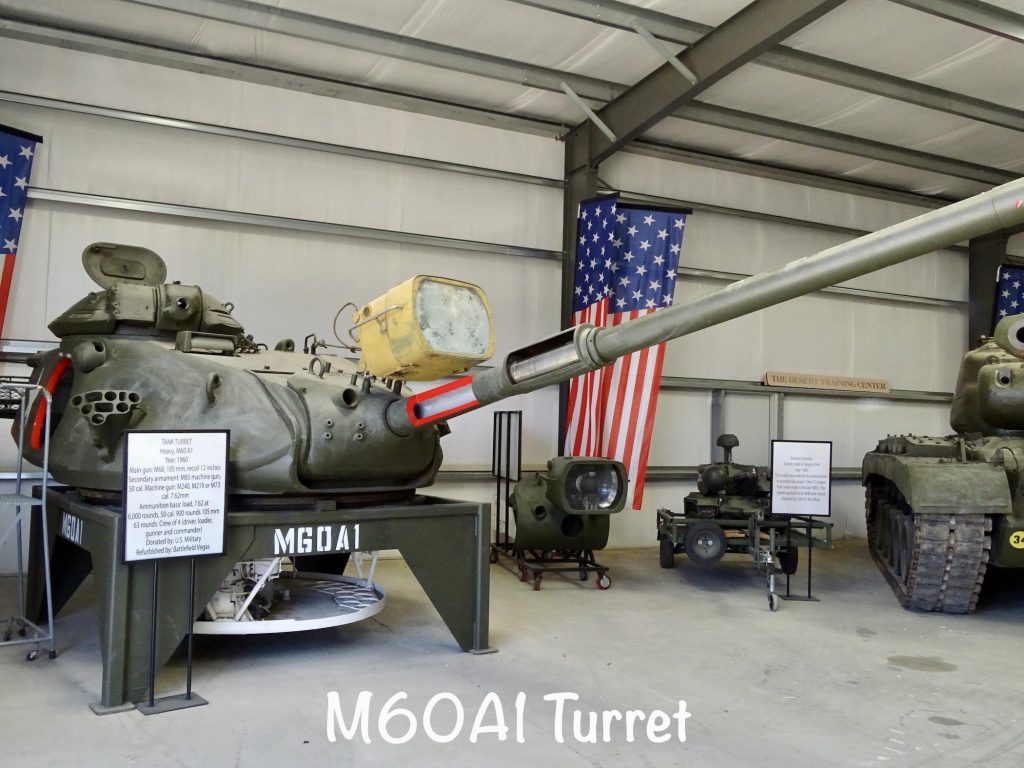
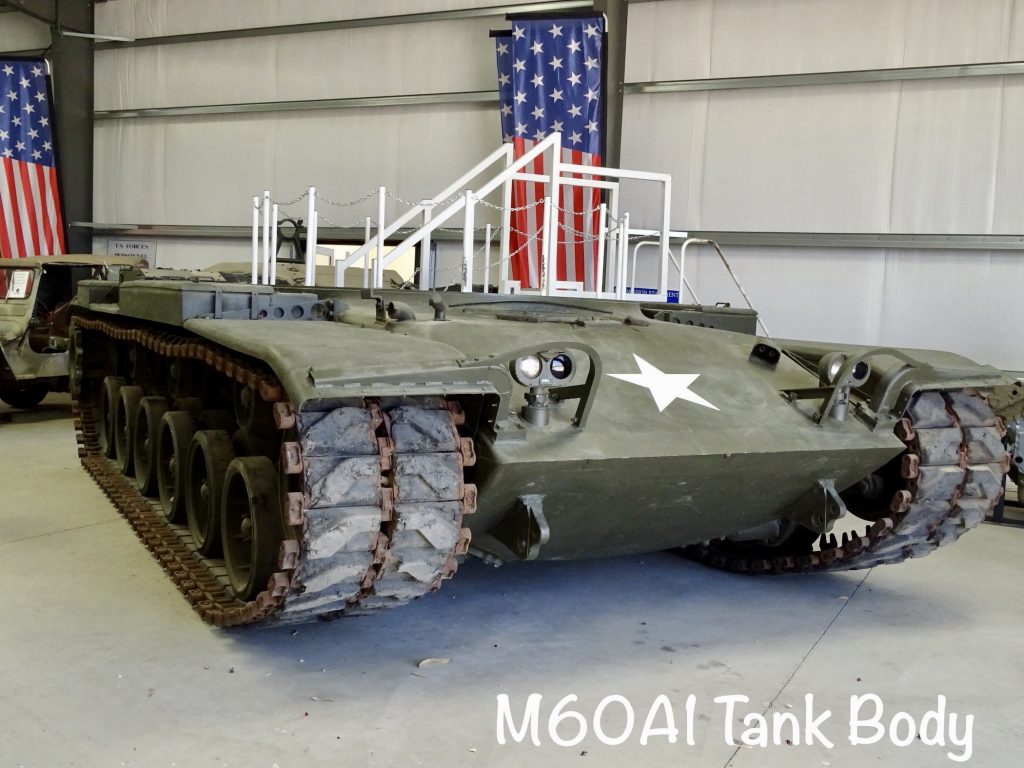
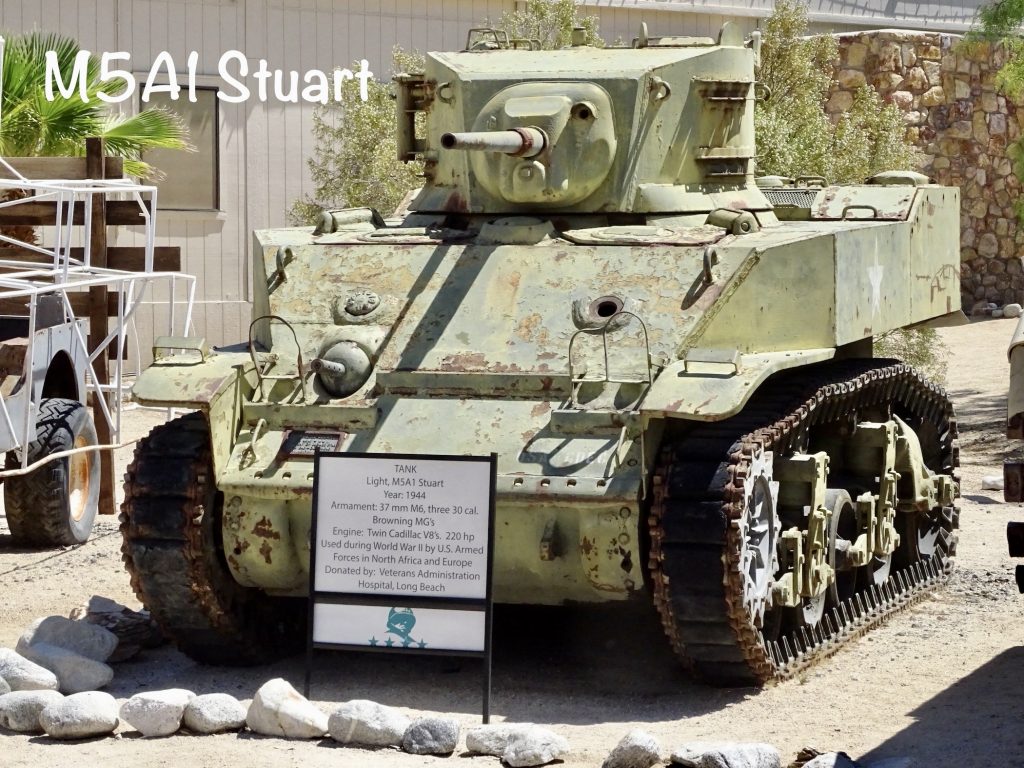
Back on the road, we continued north to grab another flag for our map…Joshua Tree National Park. This park brings together the two different ecosystems of the Colorado and Mojave deserts. The scenery is spectacular starting with the Colorado’s desert scrub and distant mountains, then turning to large cholla areas, and graduating to Mojave’s Joshua trees and mountains of boulders that look like a bulldozer dumped a pile of rocks, except on a giant scale. We stopped at the Visitor’s Center on the way in to get the straight skinny, then took the slow drive through. At skull rock, we stopped to walk a little bit. MW just couldn’t see the skull, but I found it. Other than that, we just enjoyed the scenic drive from the air-conditioned truck…it is the desert, you know. The 800,000 acre park has miles and miles of hiking/backpacking trails, several campgrounds (although most do not have water), and plenty of climbing opportunities. What it doesn’t have is very many facilities. It is a wilderness, so bring plenty of water, even if you are just driving through. There is ZERO cell service, so you could be there a while in the event of a breakdown. It is totally worth the trip, though. Despite the heat, I’ve enjoyed being in the desert in spring when everything is blooming. The beauty rivals anything you’ve ever seen. Oh, and despite its appearance, a Joshua Tree isn’t a tree at all. It is a type of yucca related to agave. I took hundreds of pics, so it required some paring. These give you a pretty good idea, though.
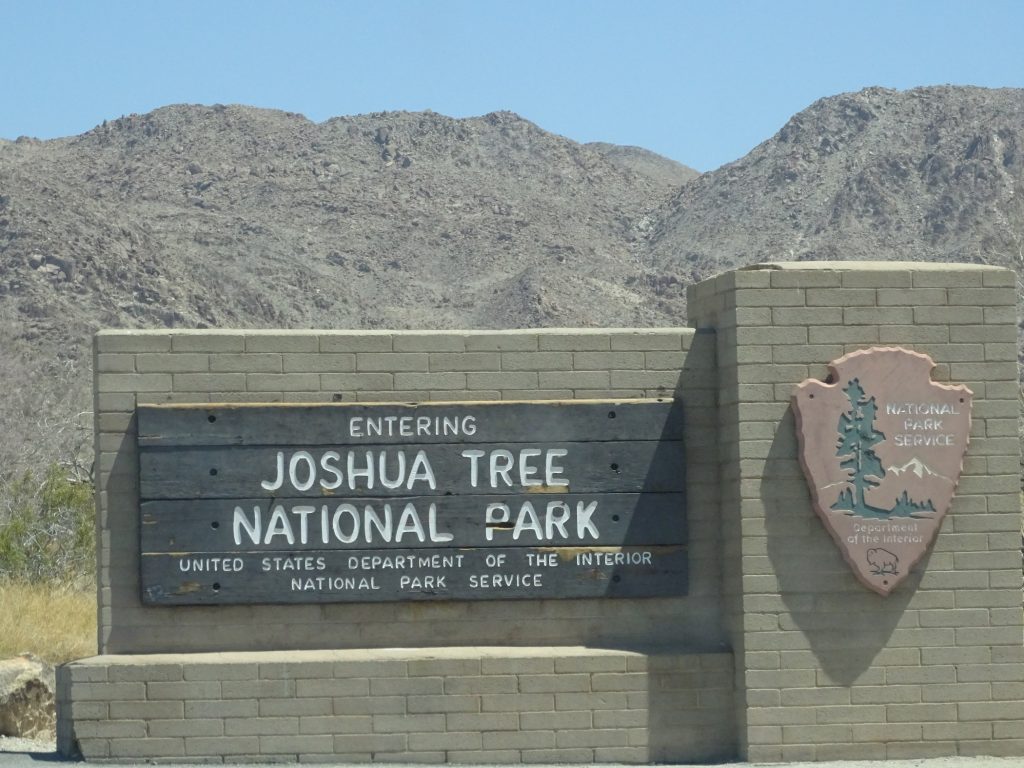
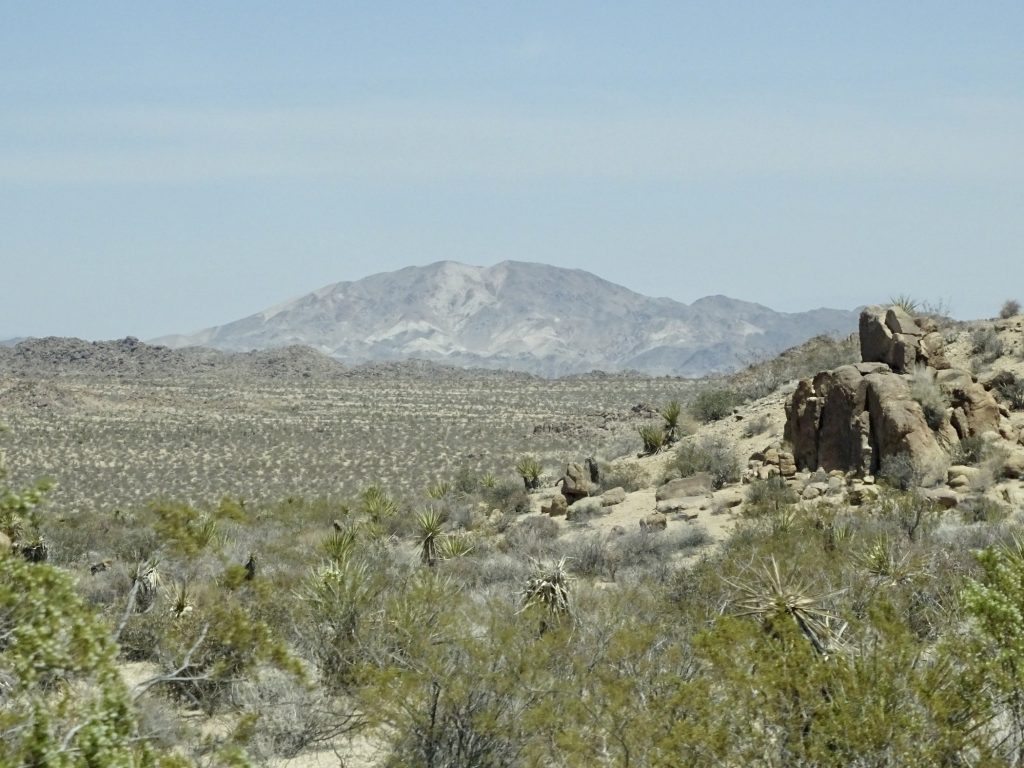
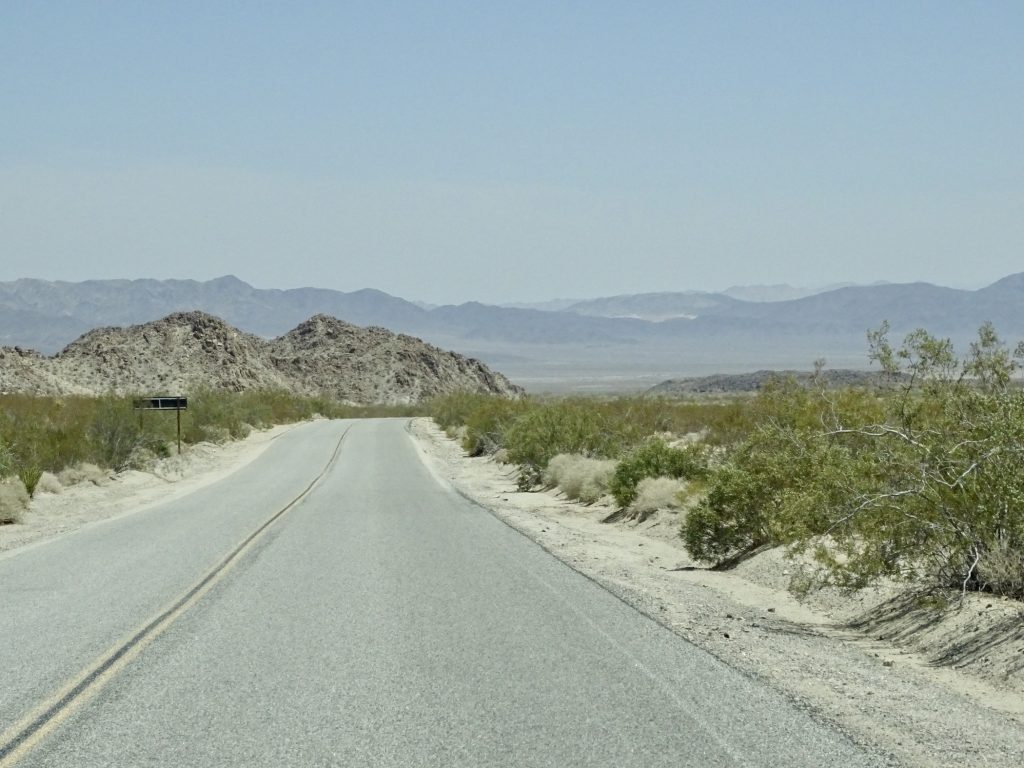
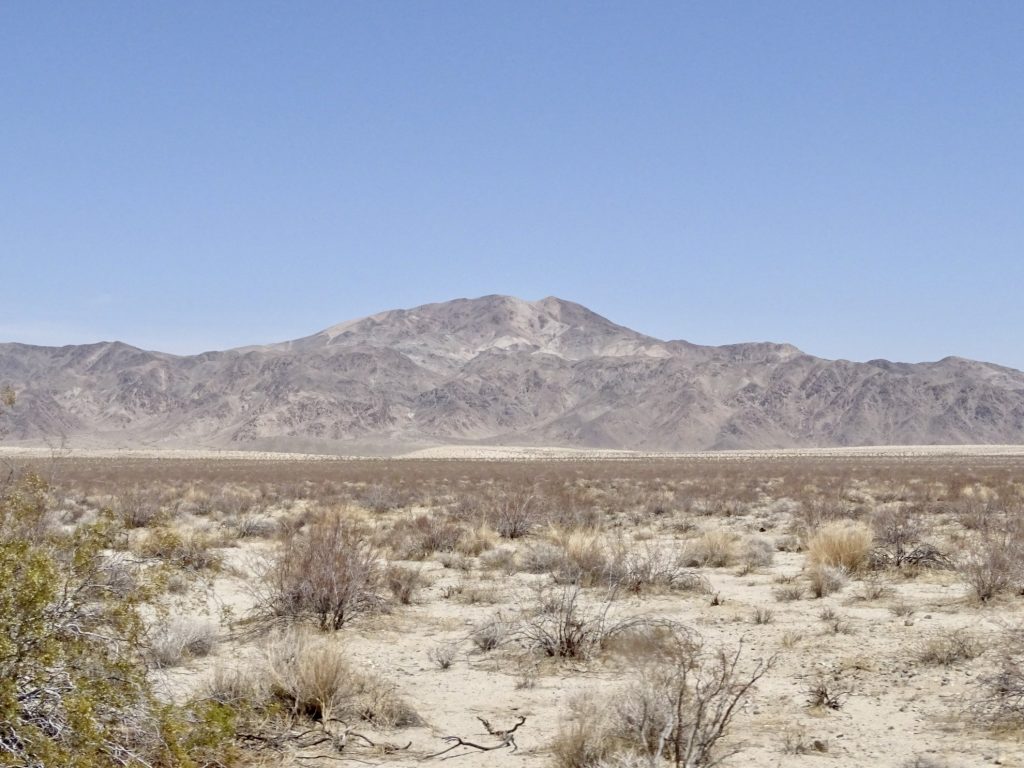
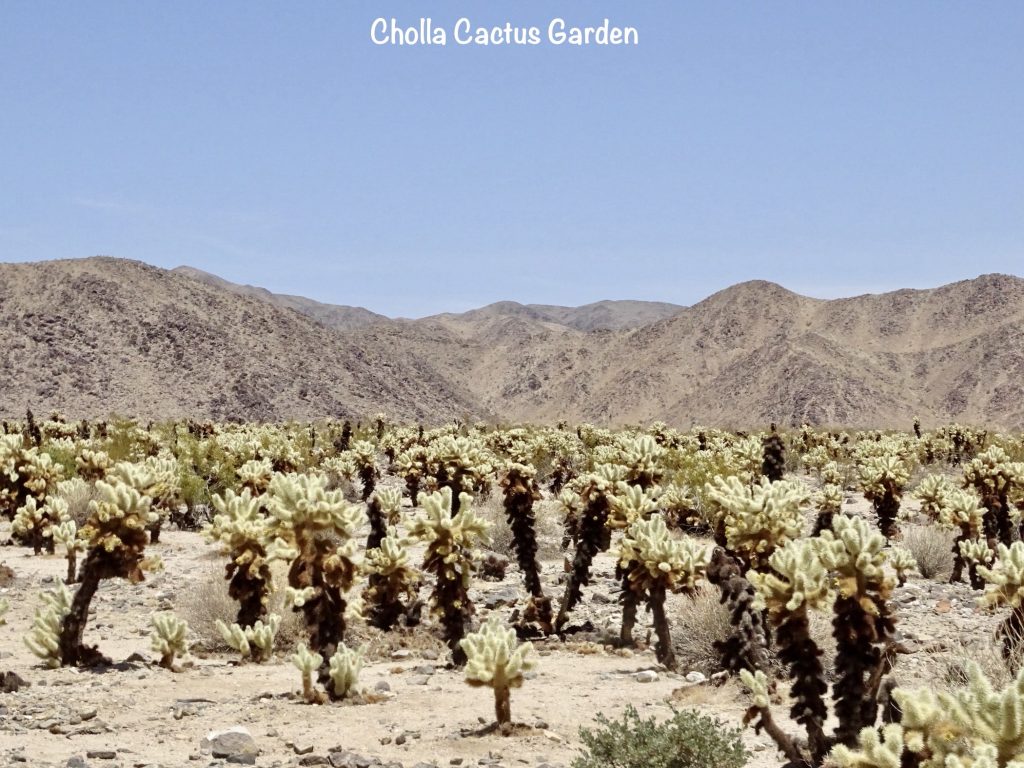
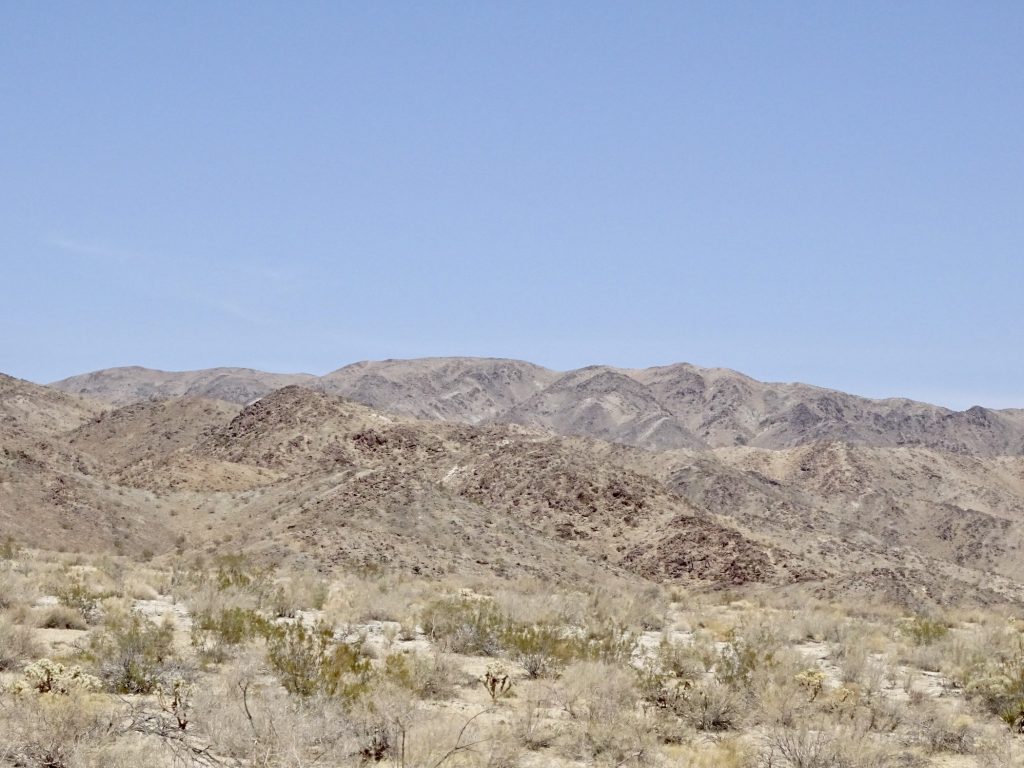
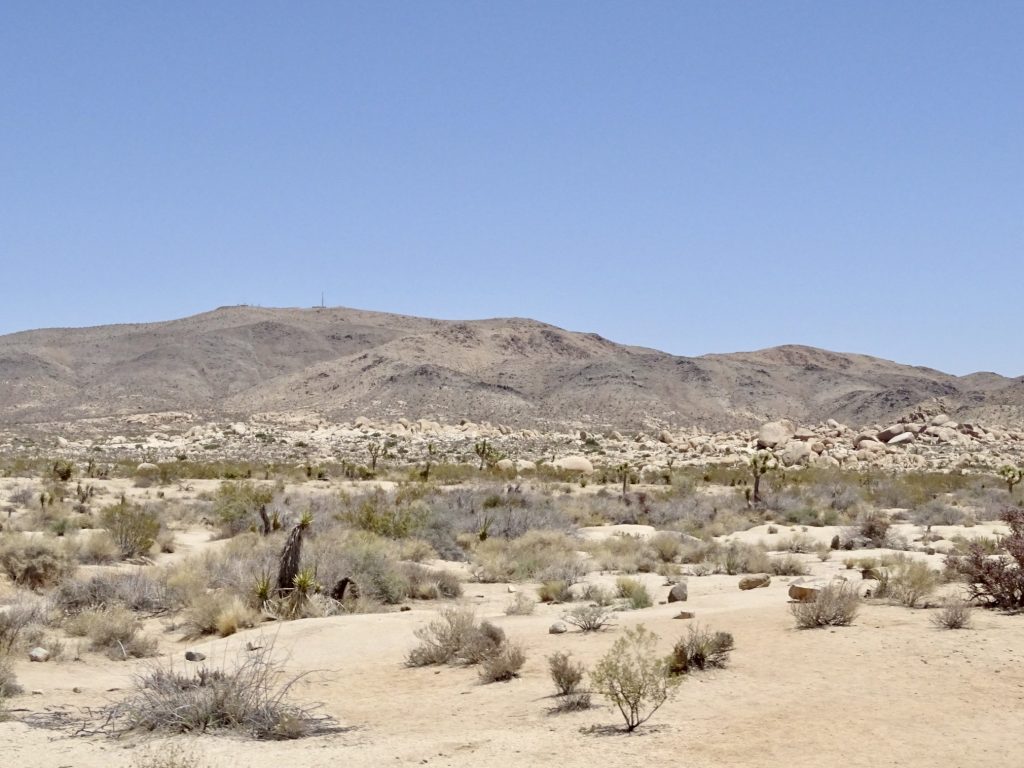
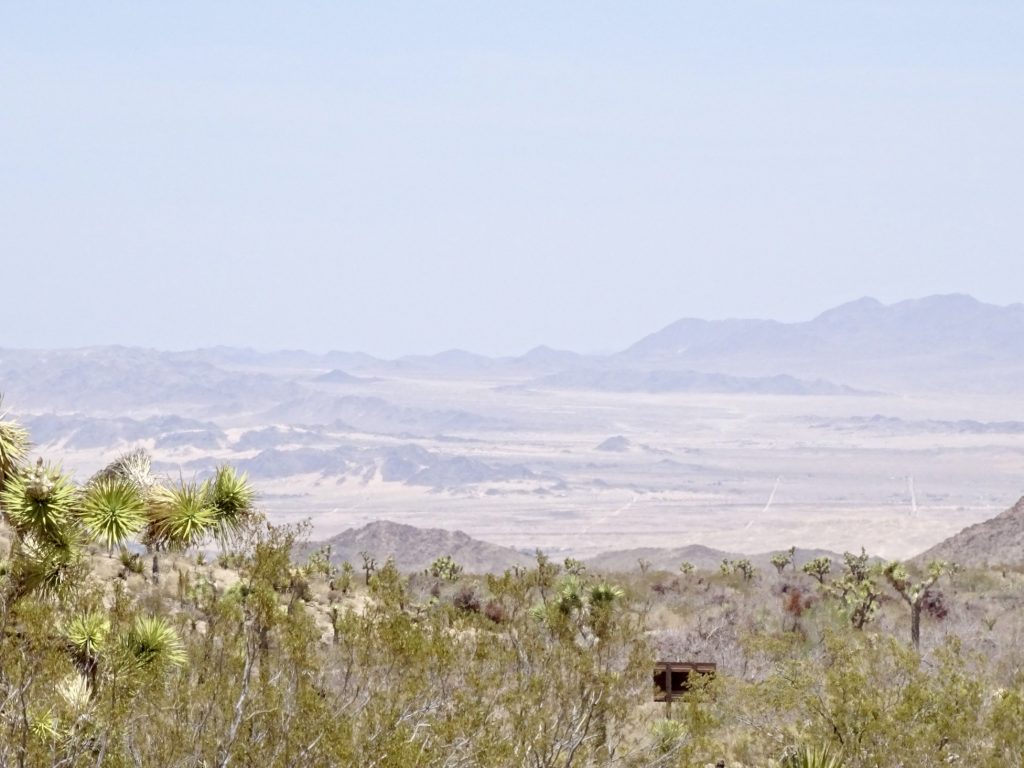
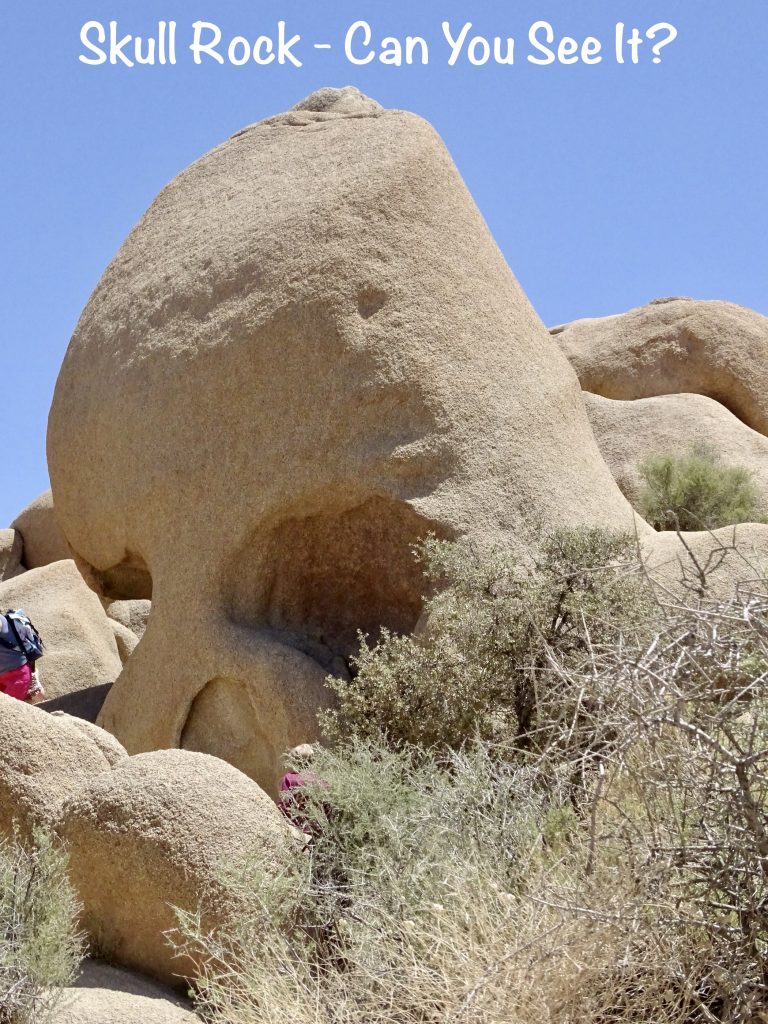
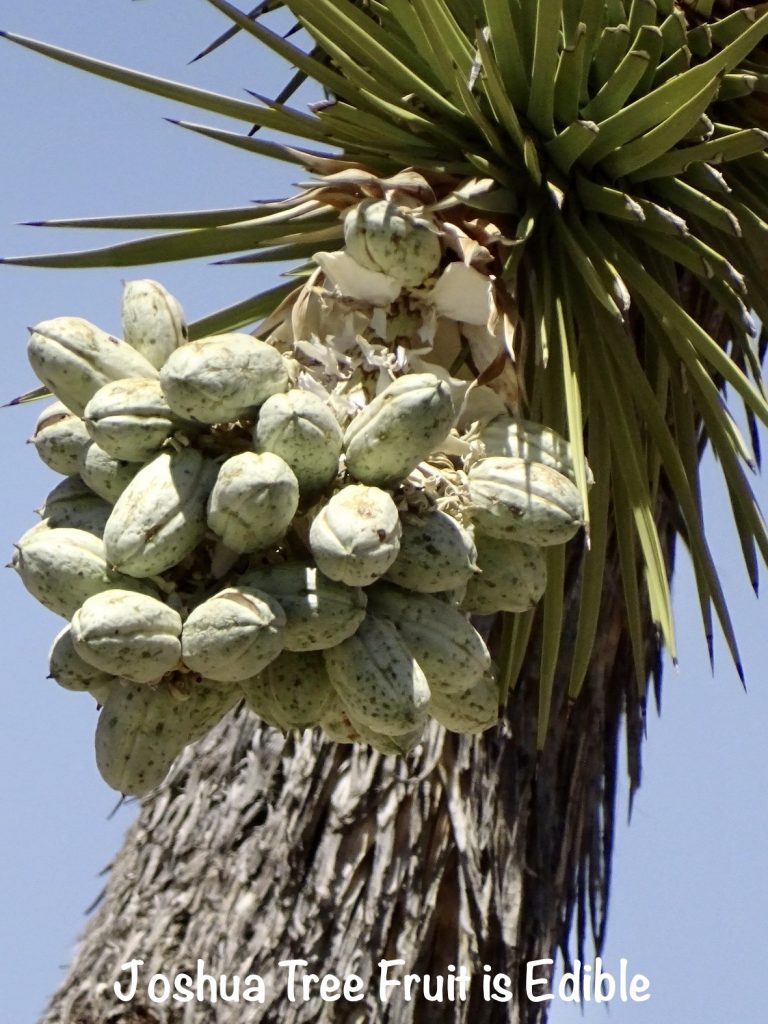
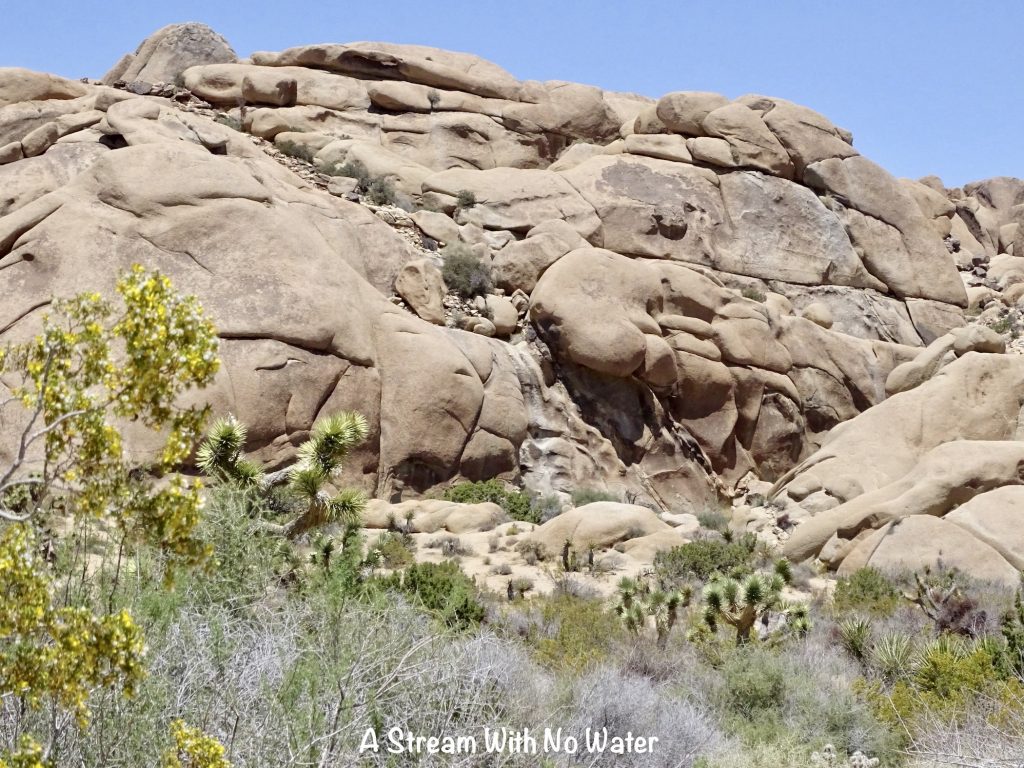

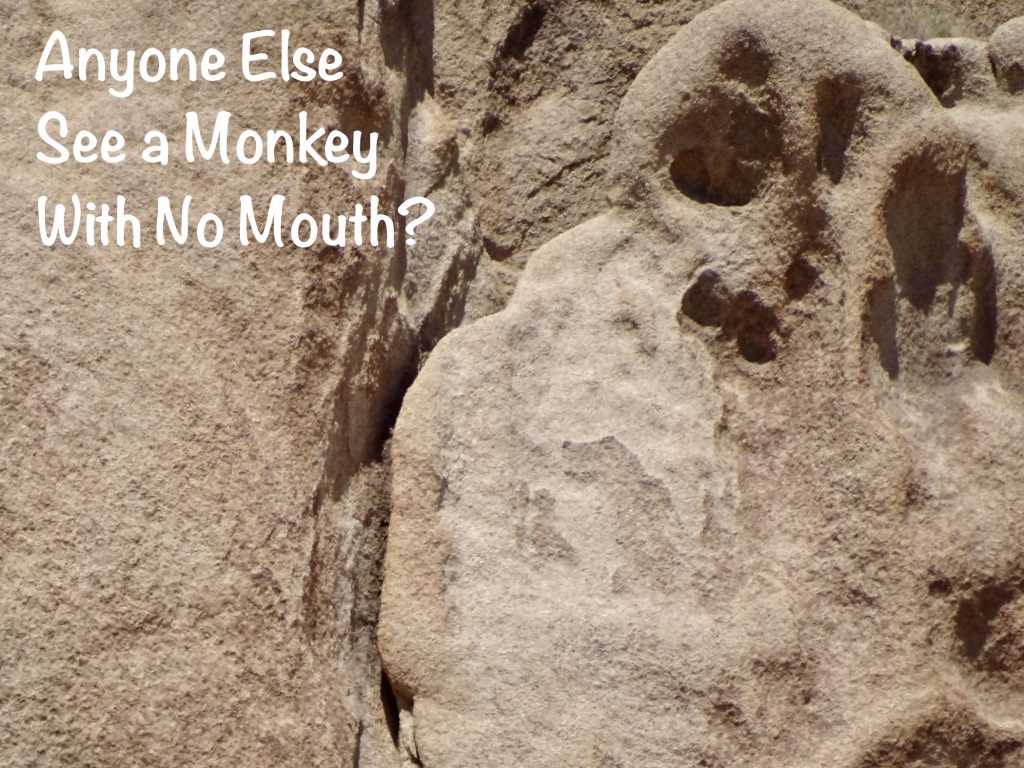
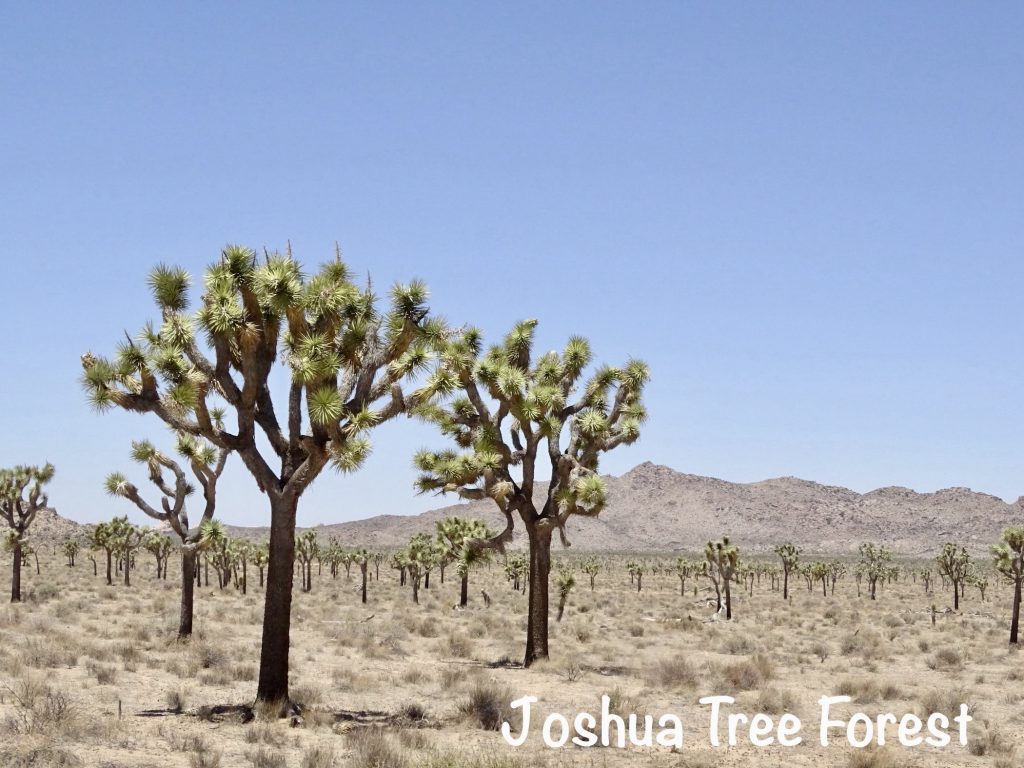
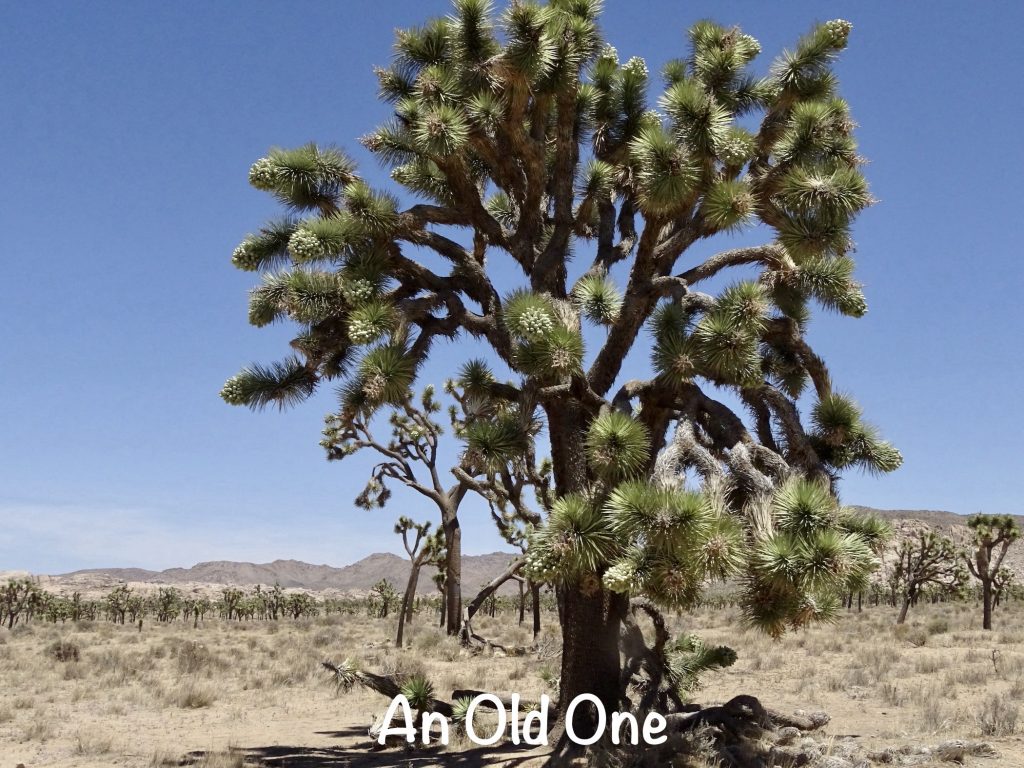

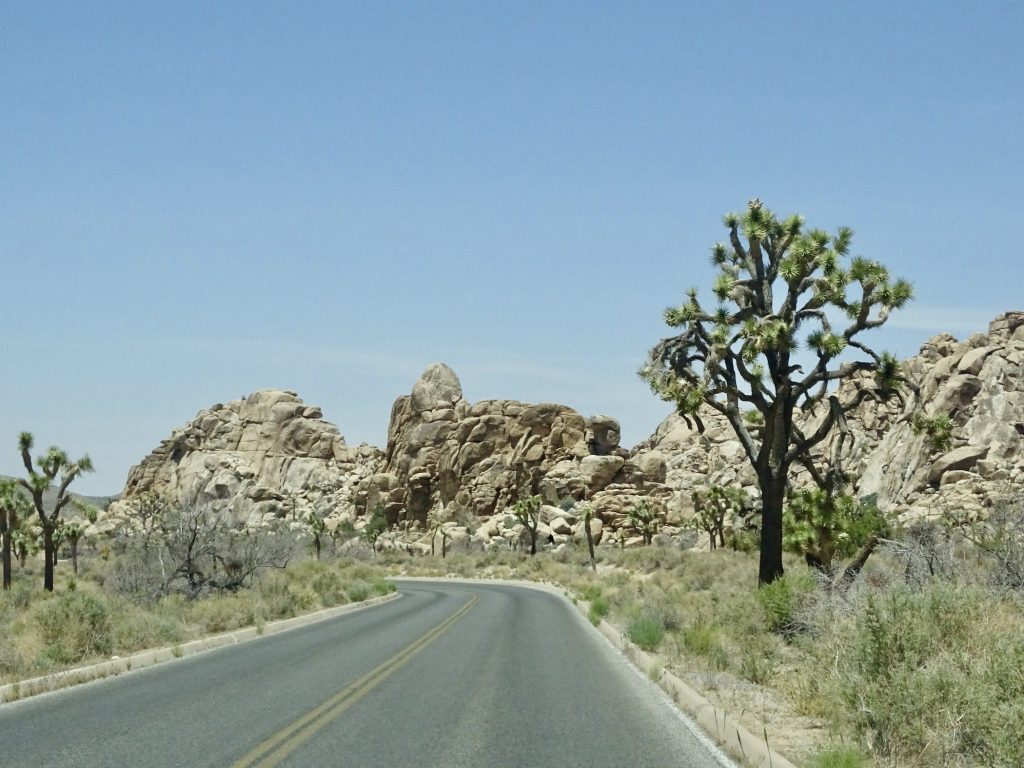
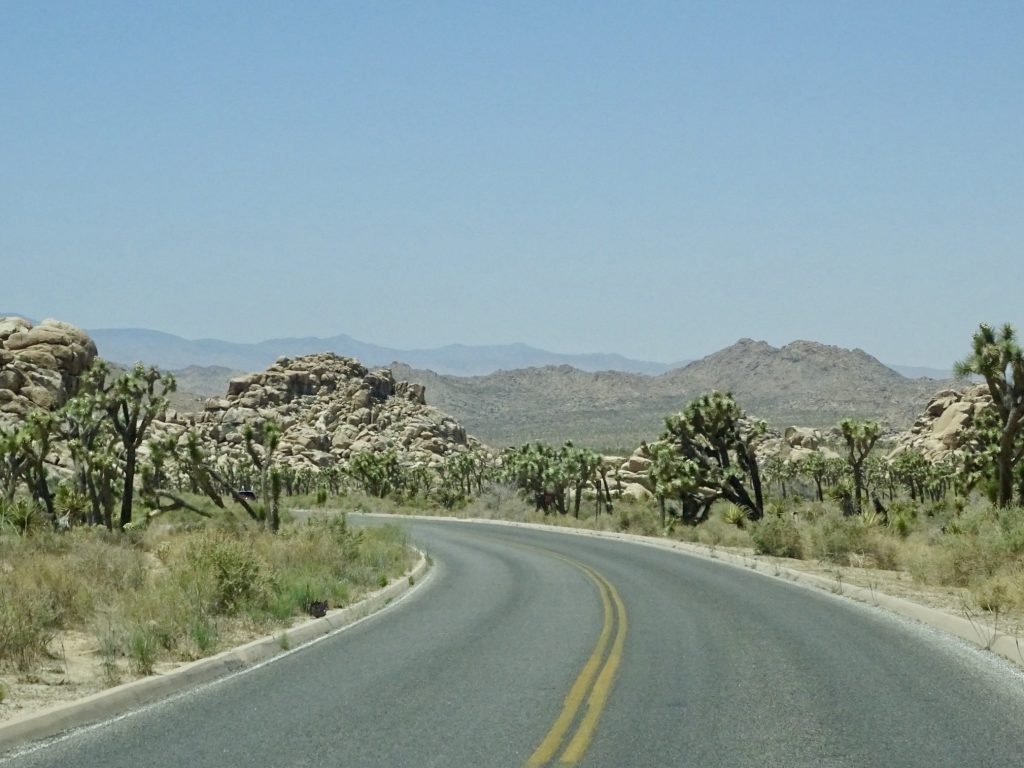
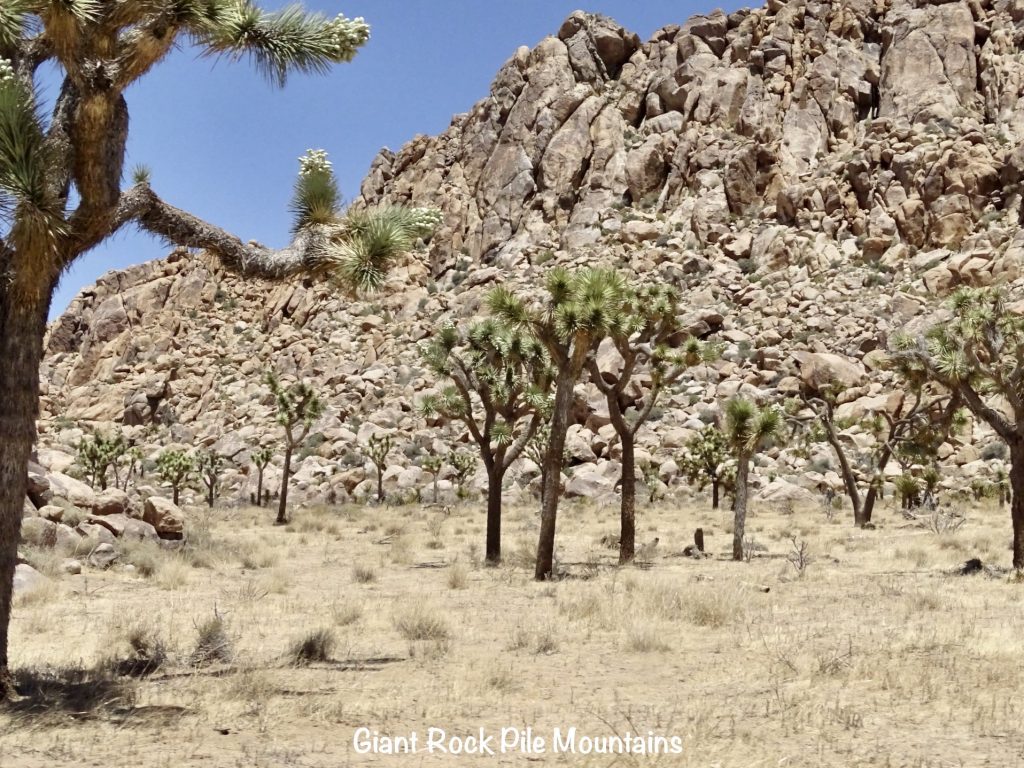
We exited at the town of Joshua Tree, then took CA-62 over to Yucca Valley and stopped for a quick bite. Then we took CA-247 up to Lucerne Valley, followed by CA-18 over to Victorville and our new site at Mojave Narrows Regional Park. After a bit of work, we had a supper of brie and crackers…MW had a craving the last time we bought groceries…and watched a little TV. It had been a LONG day, and I was tired, but I stayed up to get some writing done, knowing that I would have a lot more to write after the next day’s adventure.
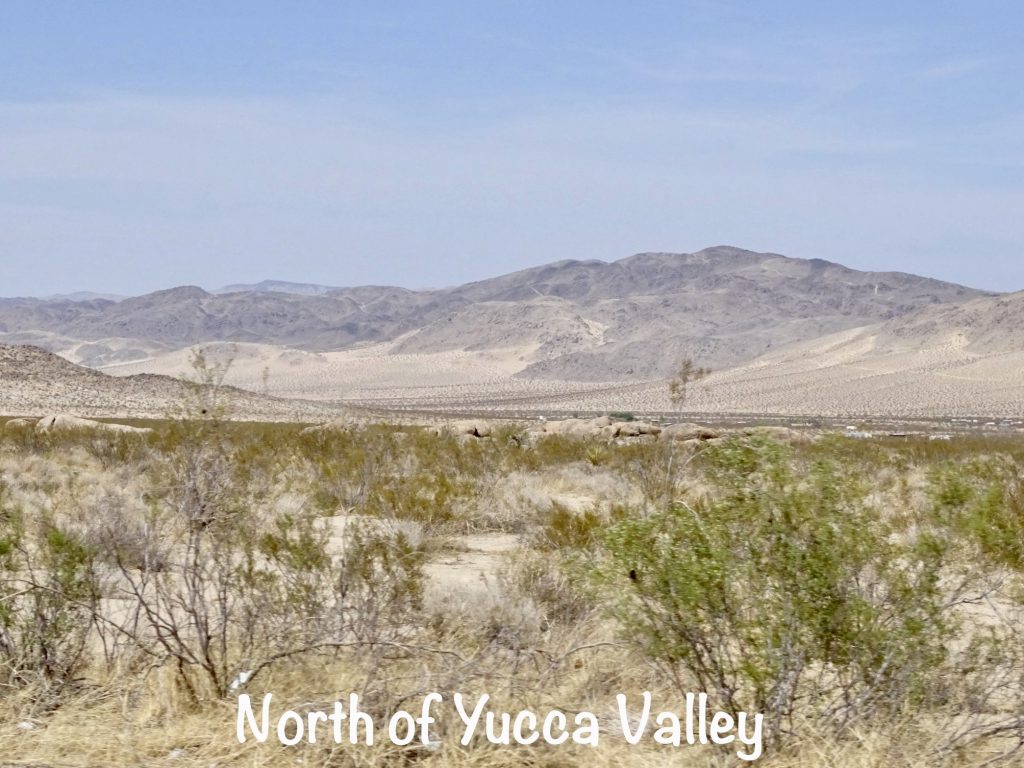
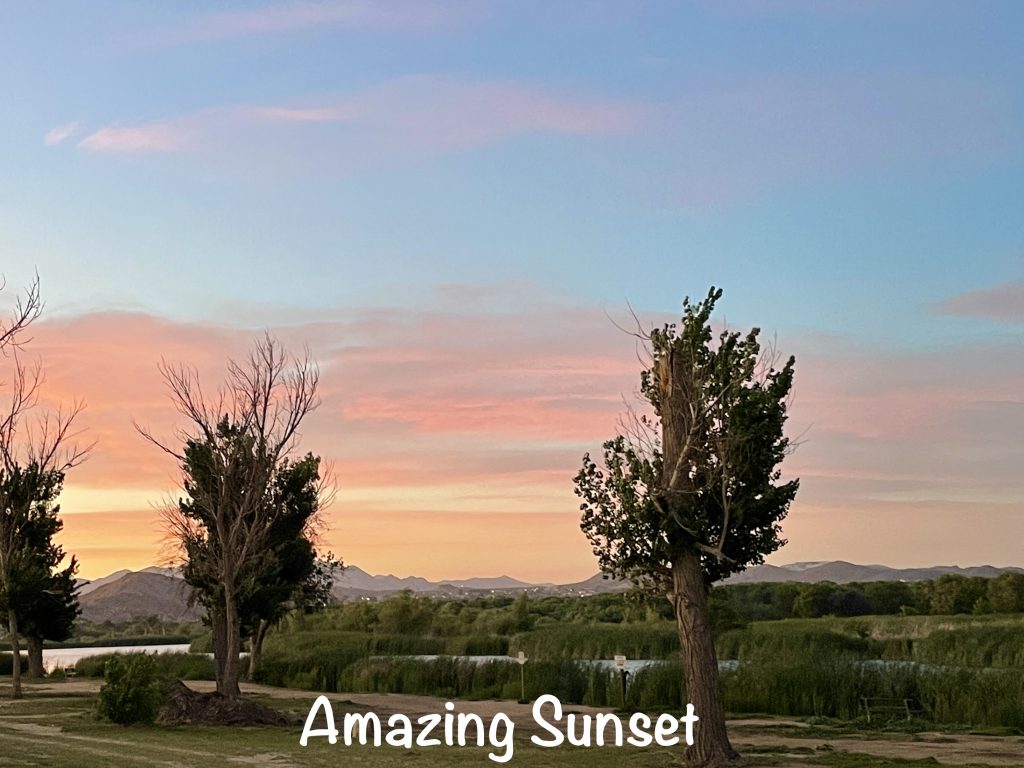
Friday, after a nice walk, we headed out early for the LONG drive to Simi Valley, northwest of Los Angeles. I know…we are CRAZY, but that’s the only way we could get to see the Ronald Reagan Presidential Library and Museum. The day was clear except for a cloud bank lying in the valley as we headed west out of Victorville and over to CA-14, where we found unexpectedly breathtaking views. As we crossed the mountains, though, we found ourselves in gloomy, grey conditions with **gasp** RAIN! But it NEVER rains in Southern California!! It was just a short drizzle, but the grey hung in there. We briefly hit I-5, then continued west on CA-118. The traffic was horrendous as we were coming out of the mountains and approaching I-5. I tell you, there is not enough money in the world to make me live in all of that crowded mess! It ended up taking us longer than expected to make the drive, and we both were happy to finally pull into the parking lot.
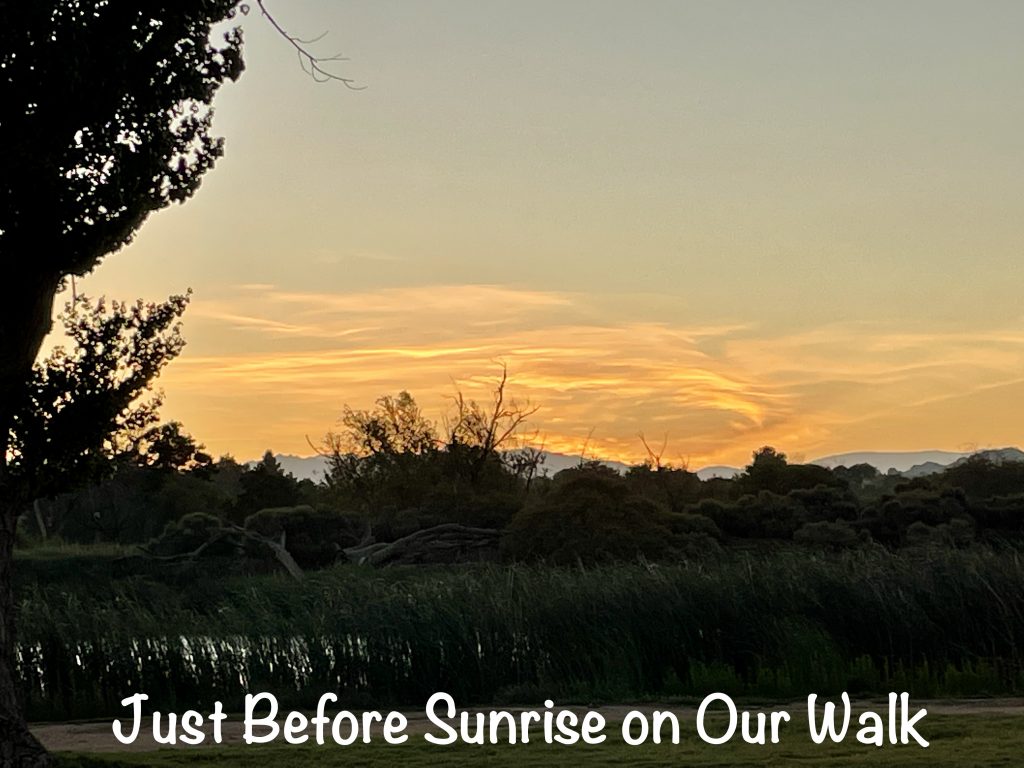
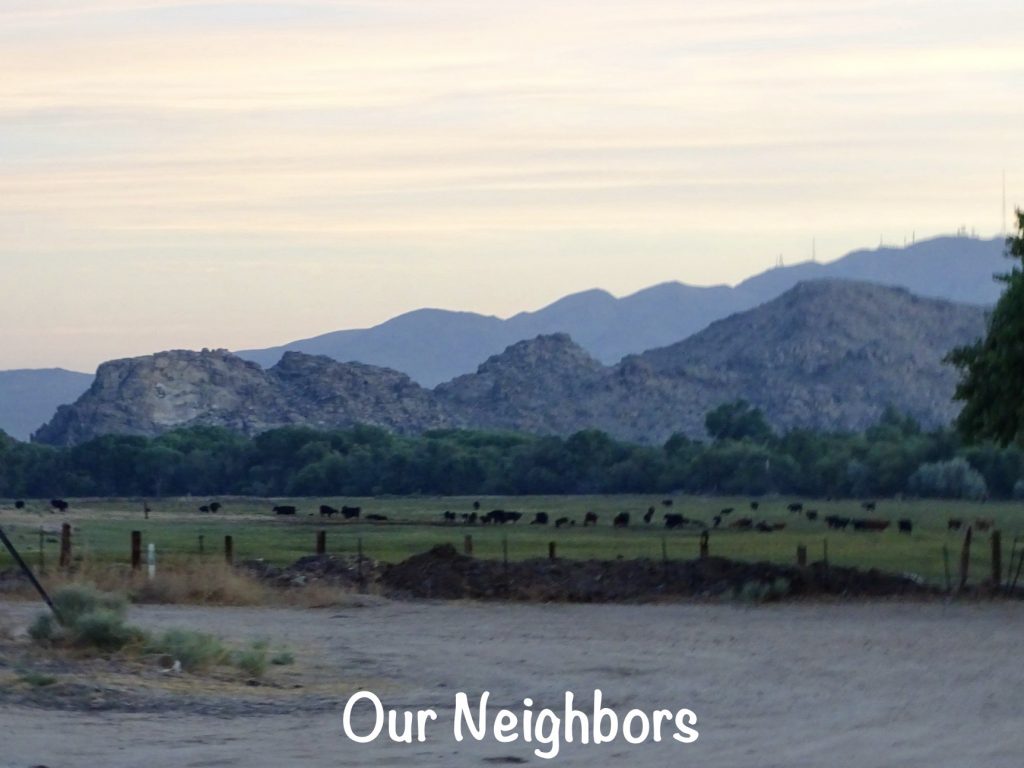
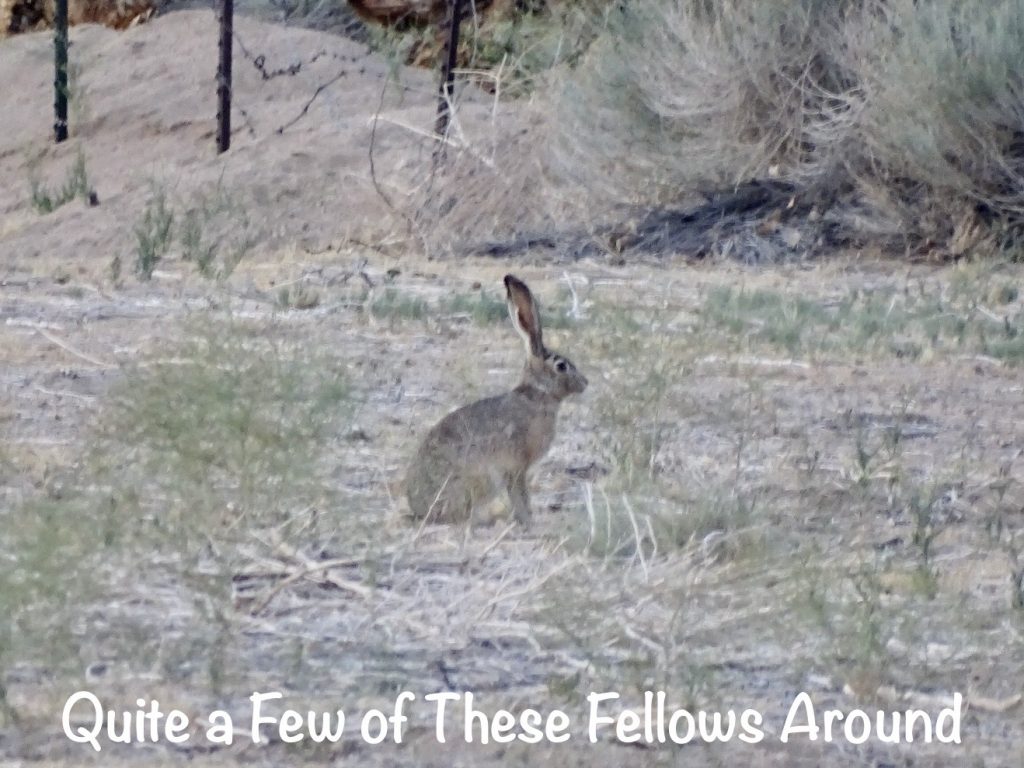

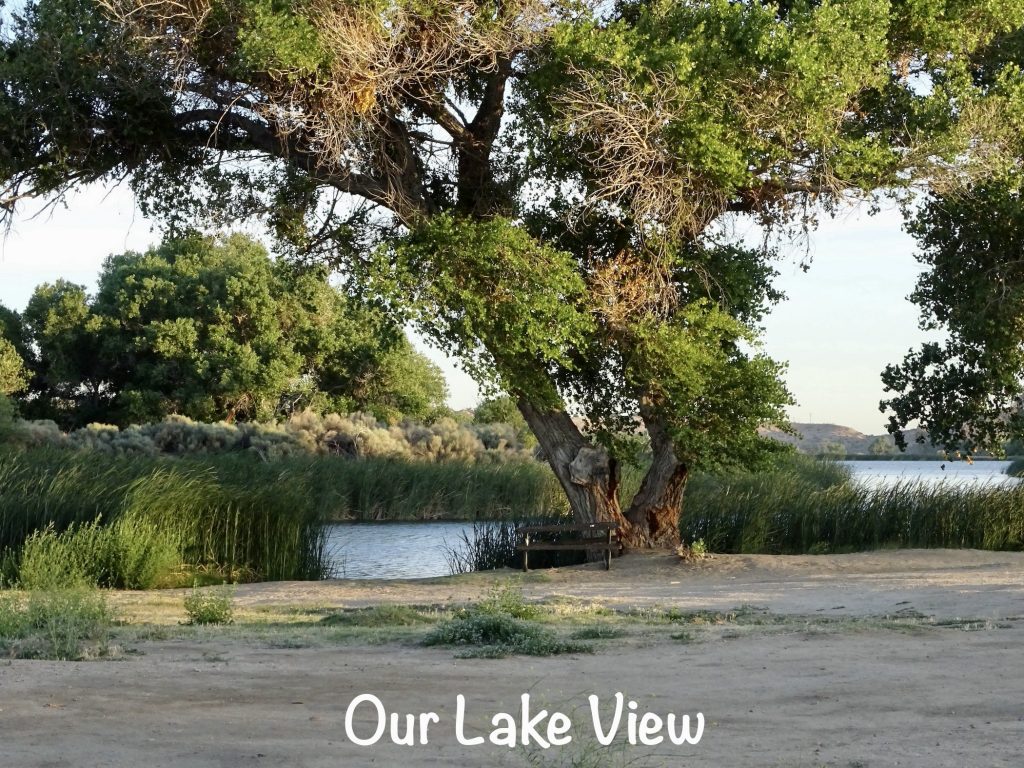
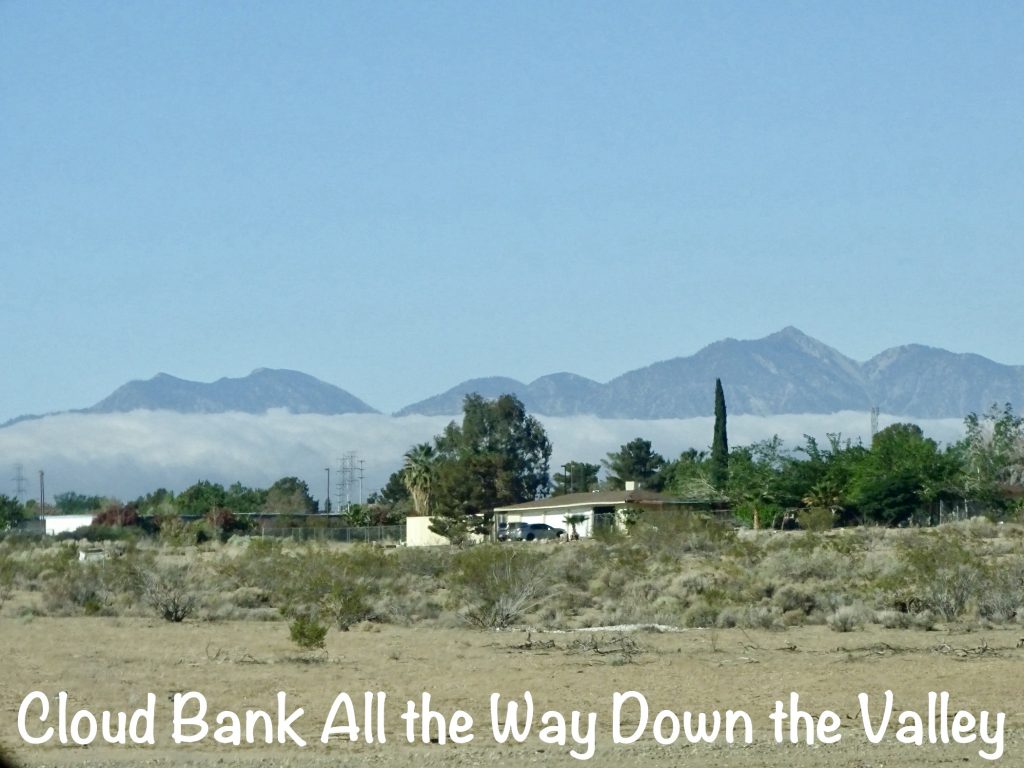
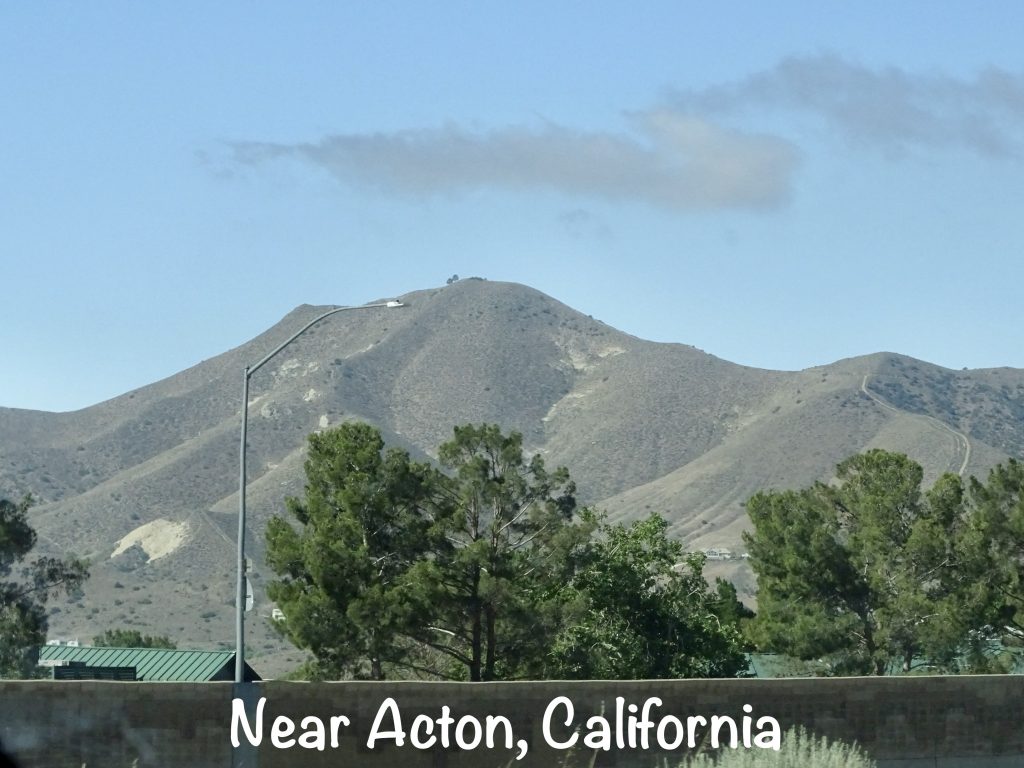
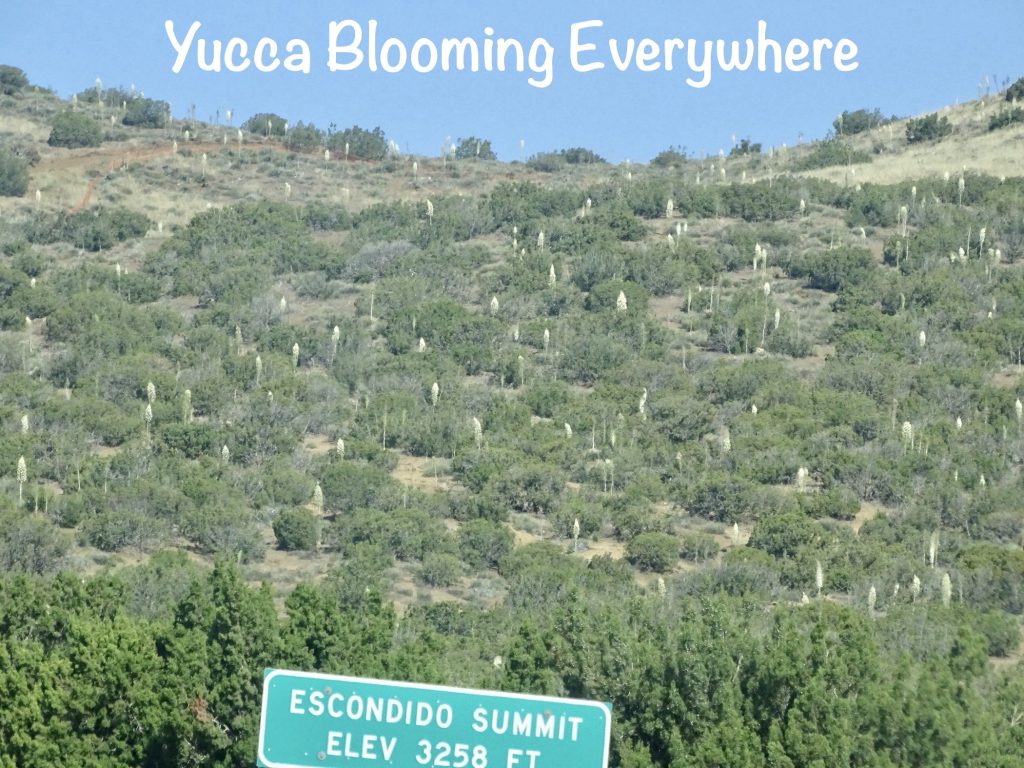
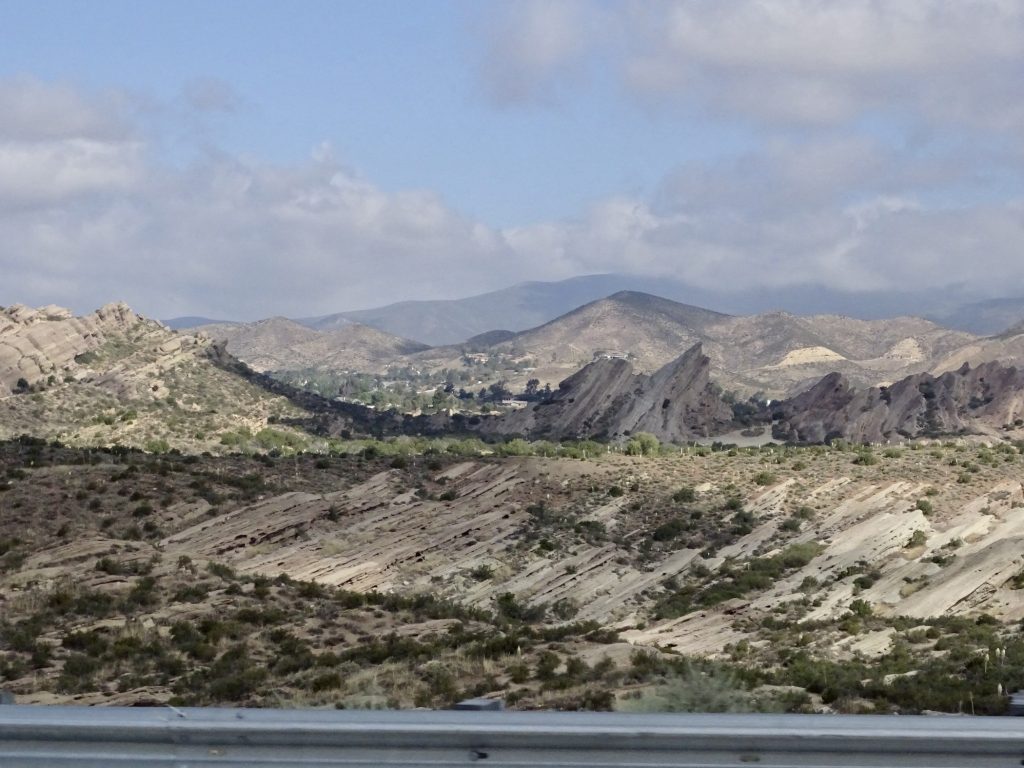
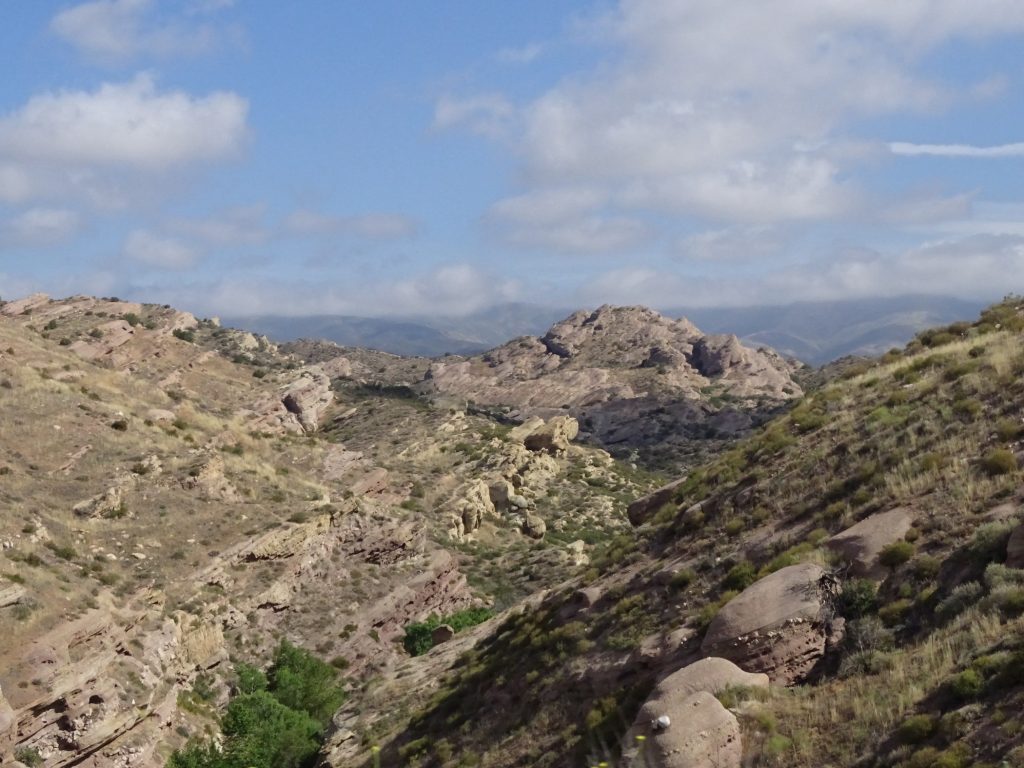
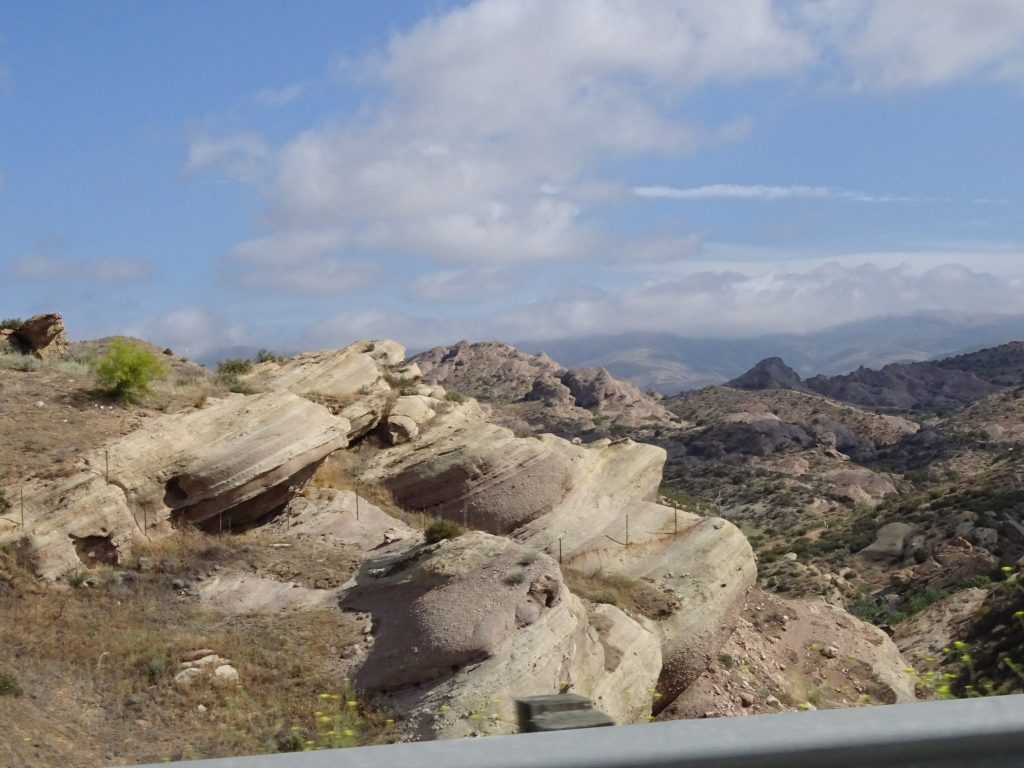
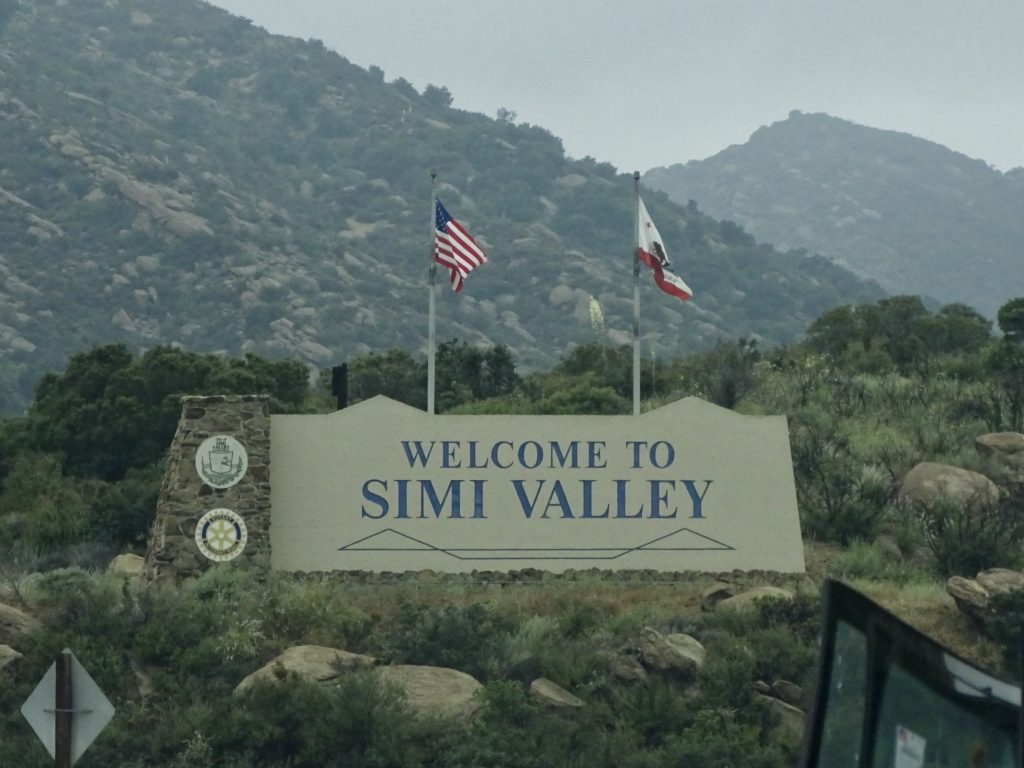
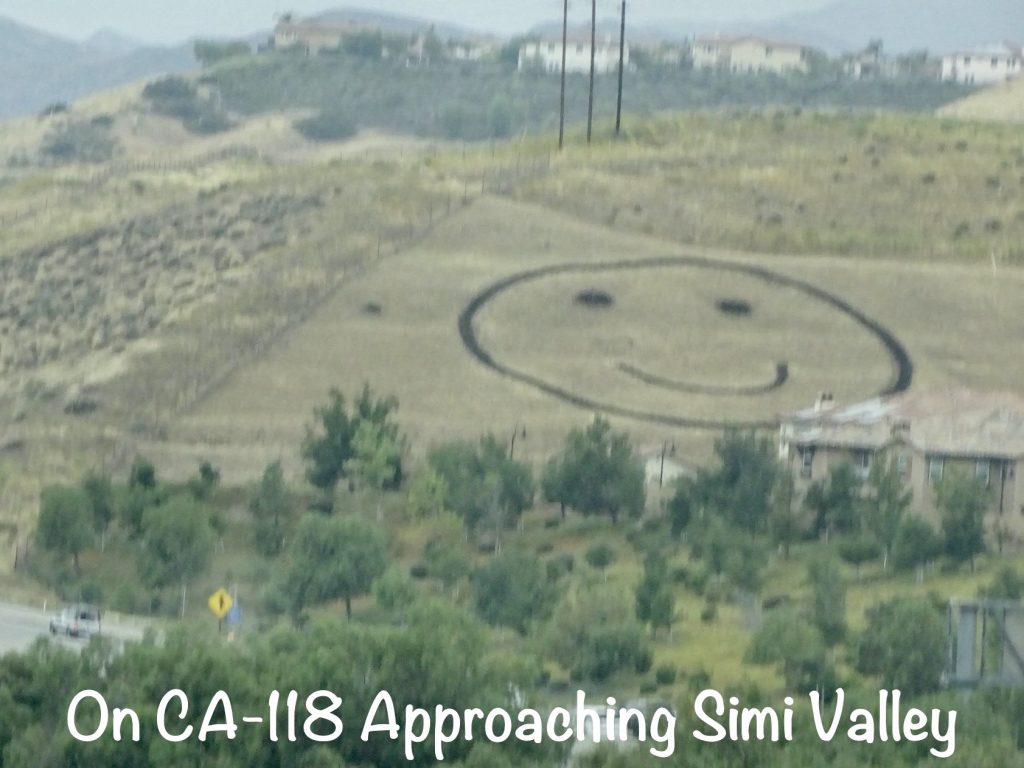
The museum is situated high up on a hill, and banners for every President to date line the driveway. On a clear day, you can see all the way to the ocean and Santa Cruz Island to the southwest. I haven’t been to many Presidential Libraries, but surely this one has to have the best view. Our self-guided tour started with seeing President Reagan in person. Nope, I’m not crazy. They have a cool hologram of him giving a 1984 speech from the Ferdinand Magellan railcar he used on the campaign trail. (Also known as U. S. Car Number 1, the railcar was originally used by President F. D. Roosevelt, and subsequently by Presidents Truman and Eisenhower.) While it wasn’t a perfect likeness, it was pretty darned good. They even had a hologram Secret Service agent standing by.

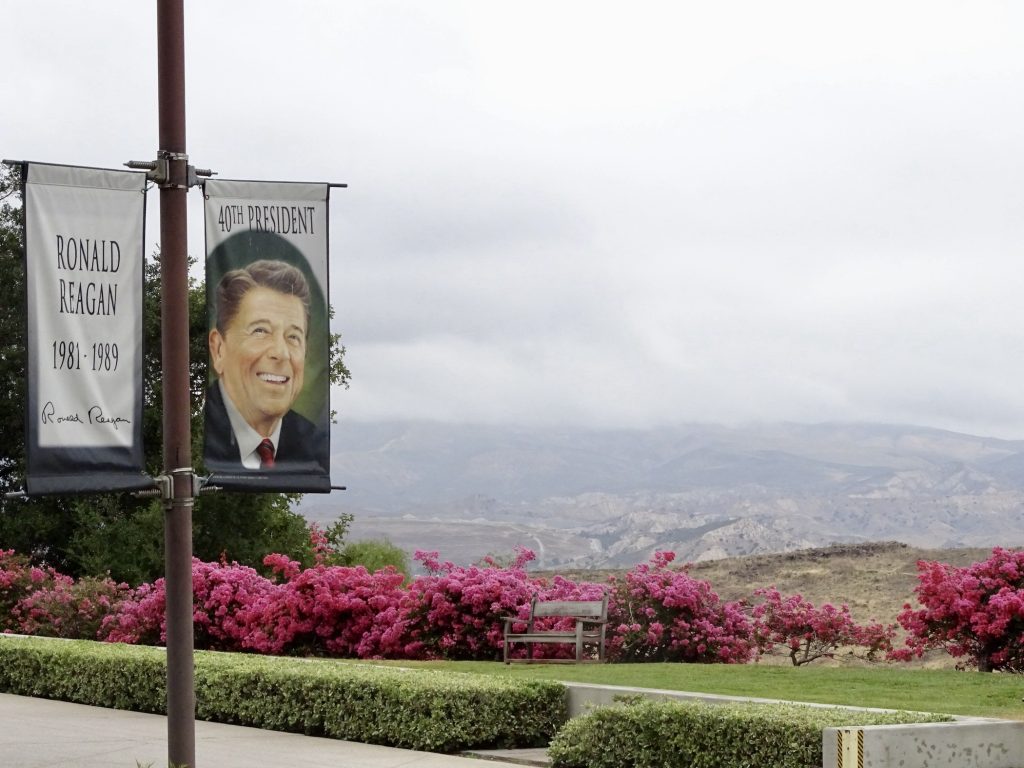
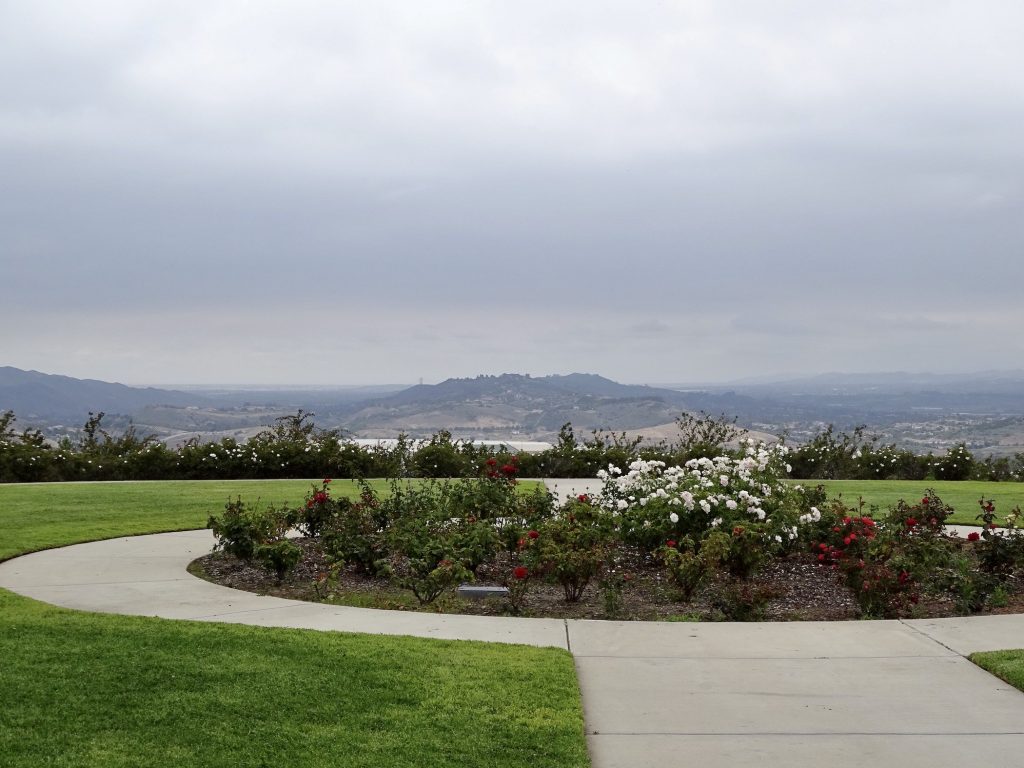
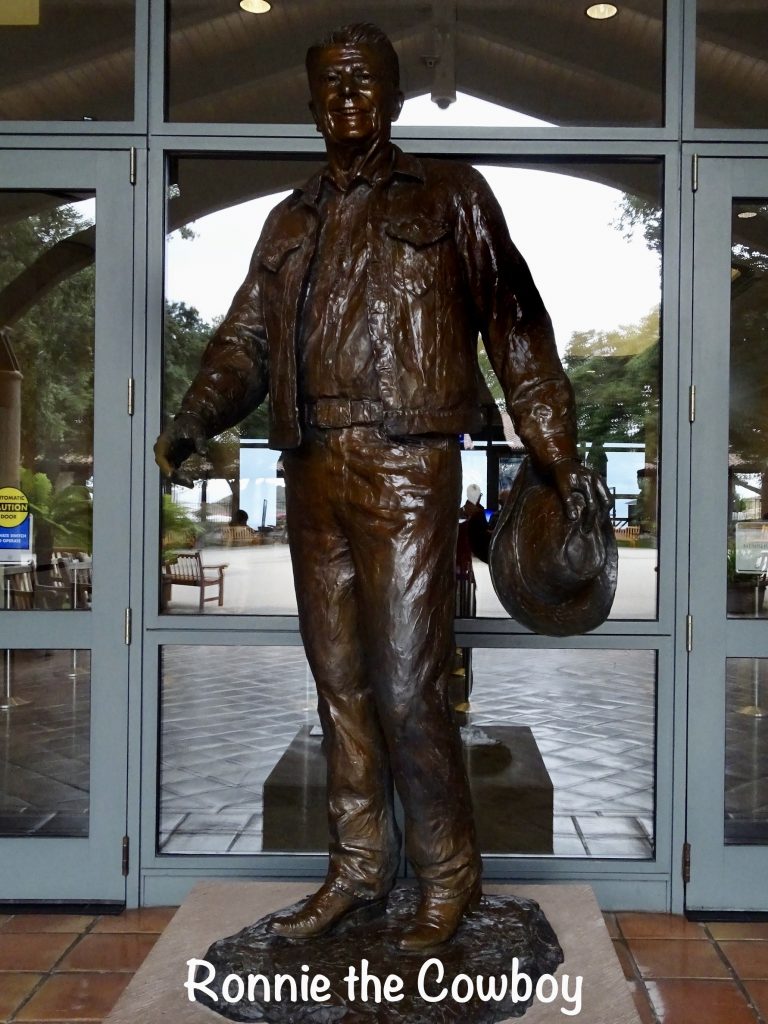
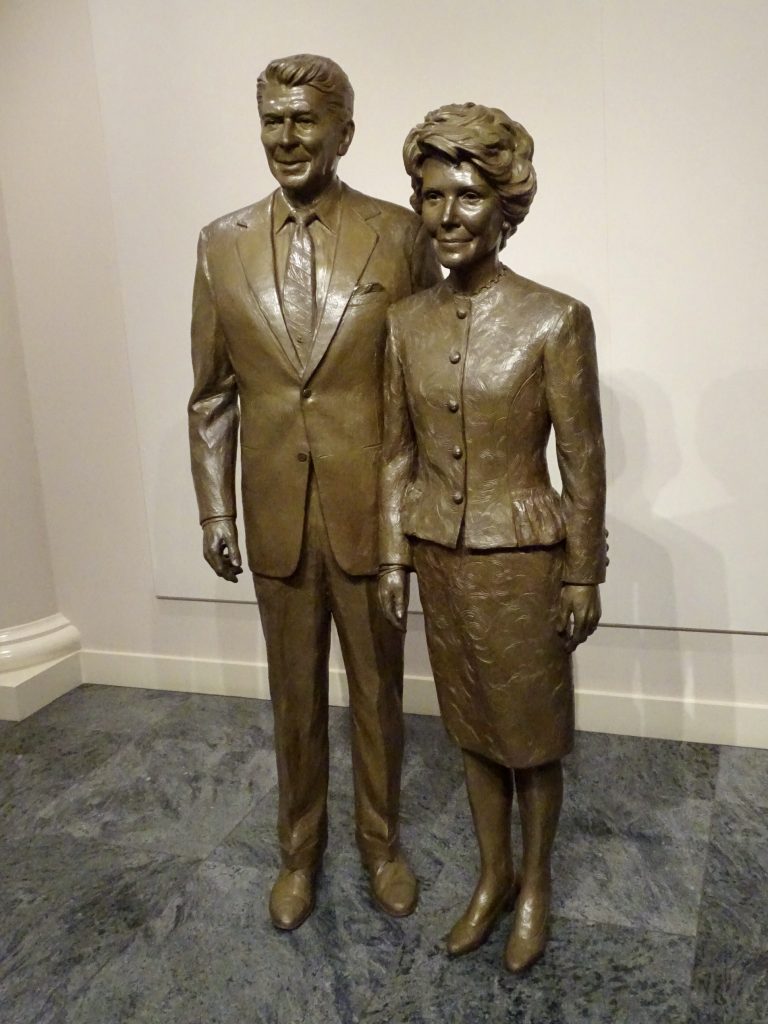
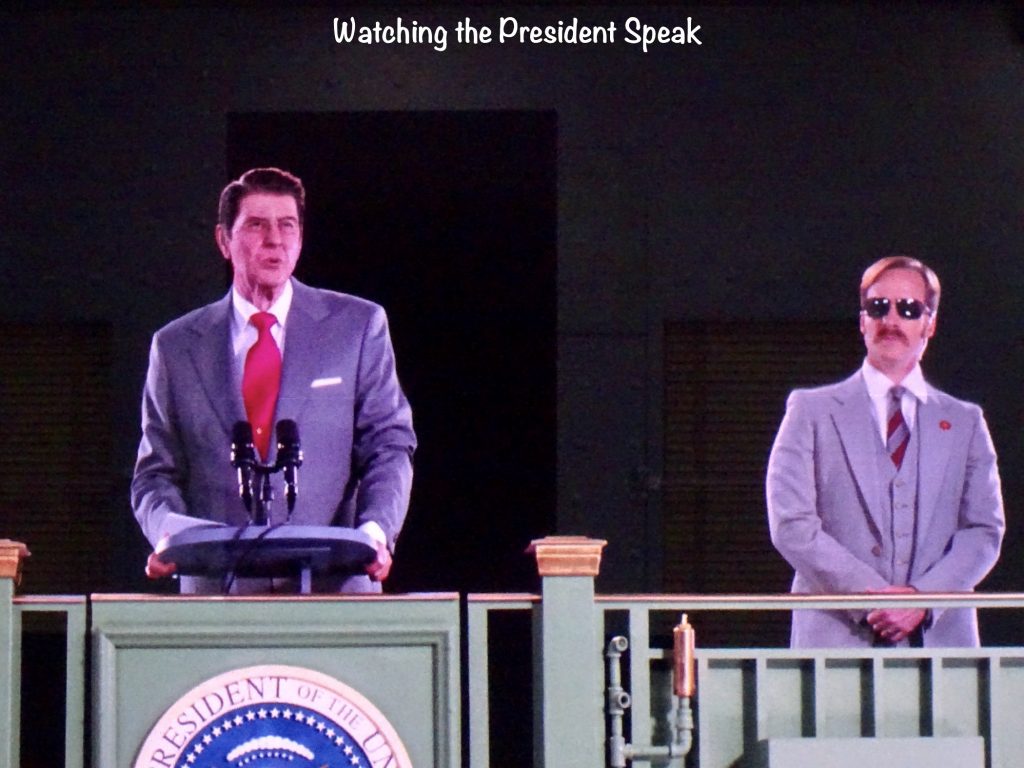
Since it was already lunch time, we decided after watching the speech to beat the crowd and hit the cafe for sandwiches. (It was pretty good for tourist attraction grub, and the service was excellent.) Then we headed back to pick up where we left off. The museum was divided into his early years, the Presidential years, his later life, transportation, and a special WWII exhibit. As with the Bush library, I learned a lot about President Reagan that I didn’t know: a) He and Nancy met because of Communism. In 1949, actress Nancy Davis contacted the President of the Screen Actors Guild, Ronald Reagan, for help. Apparently, there were two actresses named Nancy Davis, and the other one had a connection to communist front groups. That was not a time when you wanted that attached to your name, so she needed guidance. They met for dinner to discuss the problem, and ended up talking until late in the night. Before long, they were inseparable and married 18 months later. Reagan once said “From the start, our marriage was like an adolescent’s dream of what a marriage should be. It was rich and full from the beginning and has gotten more so with each day.” b) Reagan starred in over 50 films during his acting career. With some of his earnings, he bought a home for his parents in California. c) Reagan was catapulted into the political spotlight with a nationally televised speech given in support of Barry Goldwater in 1964. Often called the “Rendezvous with Destiny Speech”, he explained why he left the Democratic Party, his personal views, and the importance of small government. The speech didn’t help Barry at all, but it did shine a spotlight on Reagan and establish him as a potential conservative candidate. d) His platform for the 1966 California gubernatorial campaign and the 1980 Presidential campaign were basically the same…economic freedom, smaller government, fewer regulations, and lower taxes. e) Economist Arthur Okun created a measure of how the average American is faring economically called the Misery Index. During the 1970s, it had more than doubled to almost 22 percent. During Reagan’s time in office, the index fell from 19.33 to 9.72 (-9.61). That wasn’t the largest decrease, though. That feat belongs to Truman at -10.18. The biggest increase was Nixon at +9.21. f) Reagan was proud of being the first President to hold a lifetime membership in an AFL-CIO union. g) Note in Reagan Diary: “…on to airport…band played the Nat. Anthems…Somehow the Star Spangled Banner when you hear it in another country brings a tear to the eye.” h) Referring to the White House, Reagan said “Welcome here to your house, which you’re letting me live in for a while.” i) They had a sample day from Reagan’s diary. I’m sure it is the same with all Presidents, but every moment of his time was documented. The day they showed was March 30, 1981. Remember what happened that day? Diary notes: “2:25 The President was shot in the left side leaving the hotel…” 4:00? The President went into surgery for removal of the bullet, which penetrated his left lung.” j) We should all be thankful there wasn’t a big war in 1980! At that time, less than 50% of our Navy ships and only 60% of our Air Force units were ready for action. Wow.
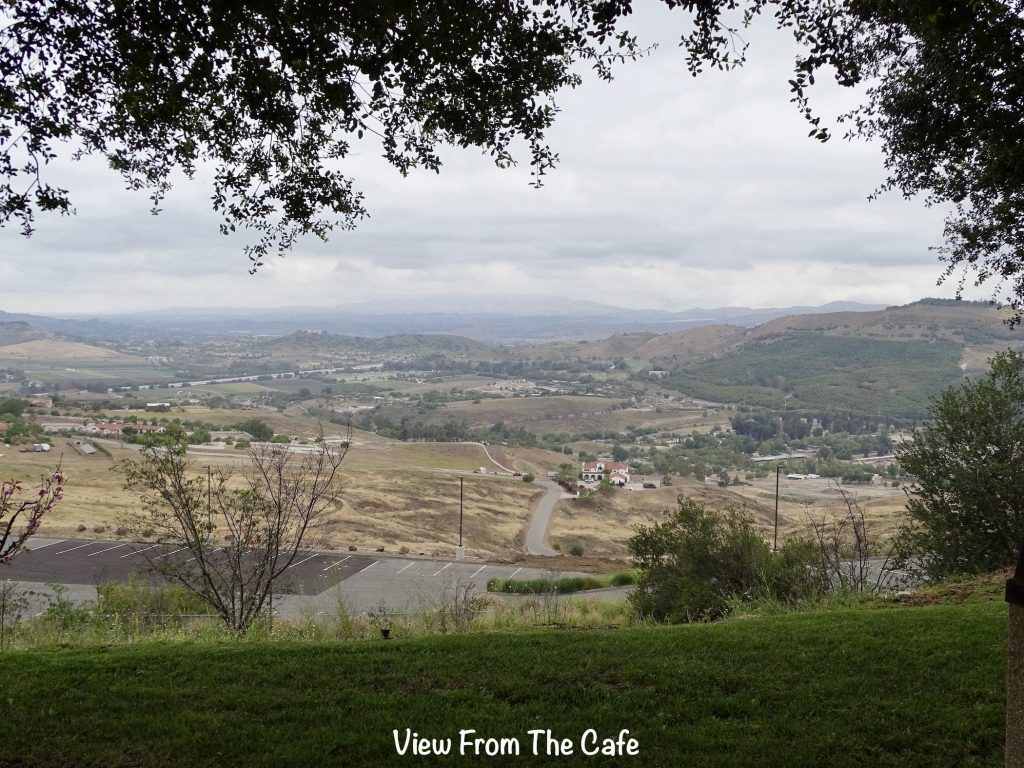
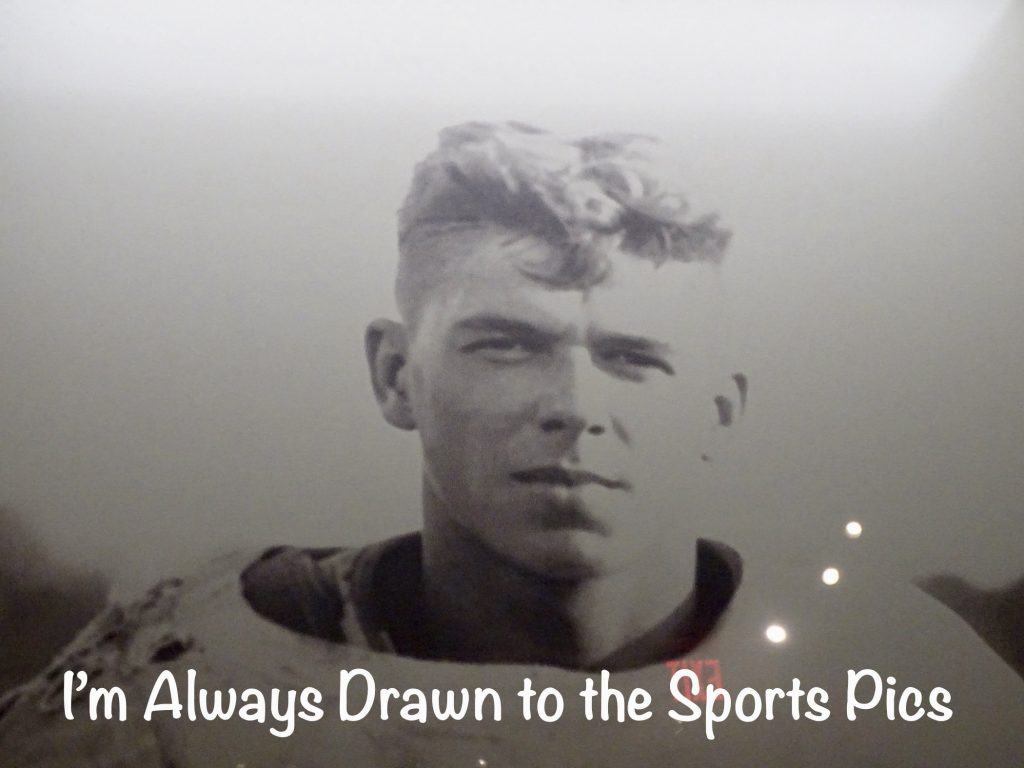
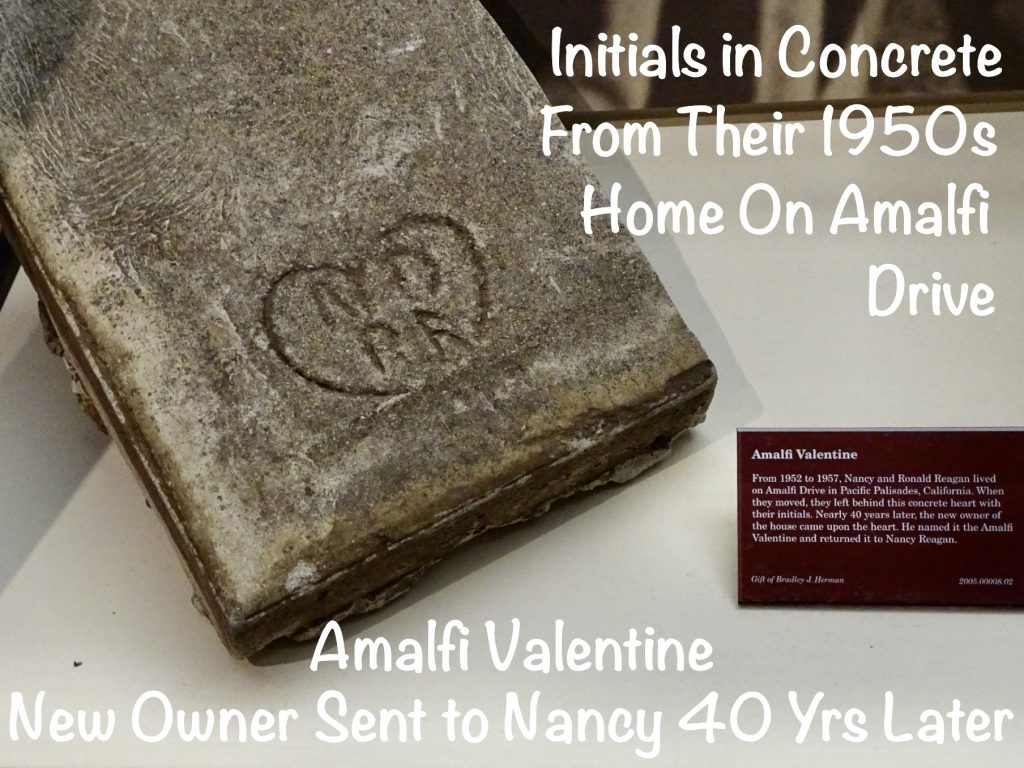
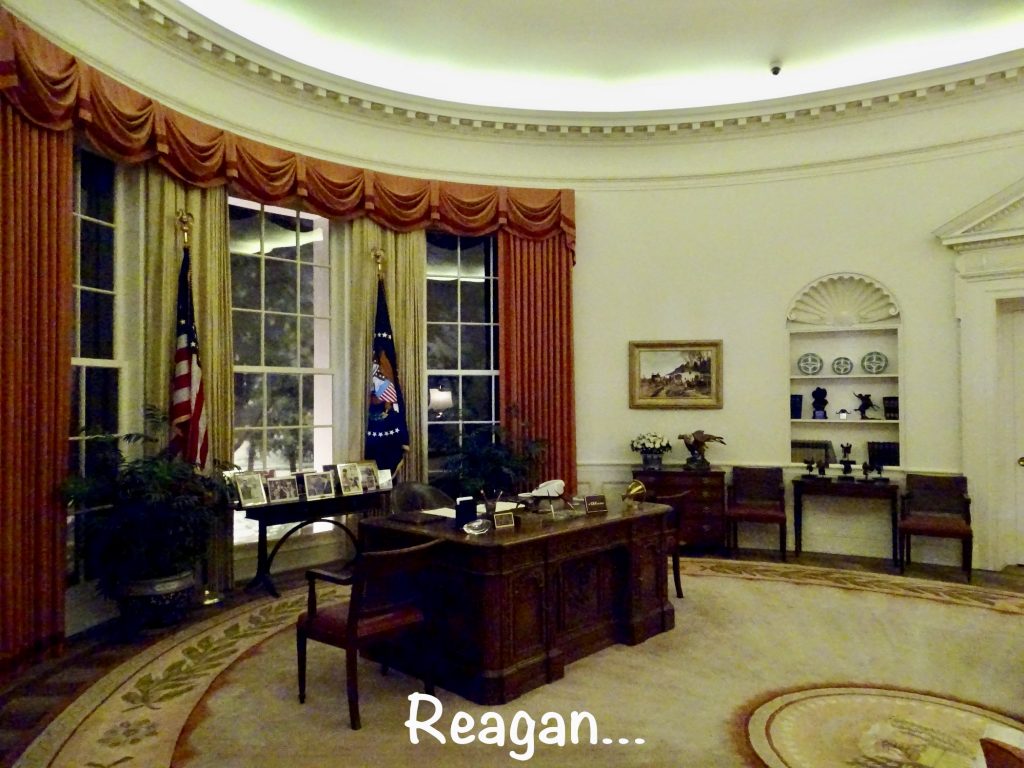
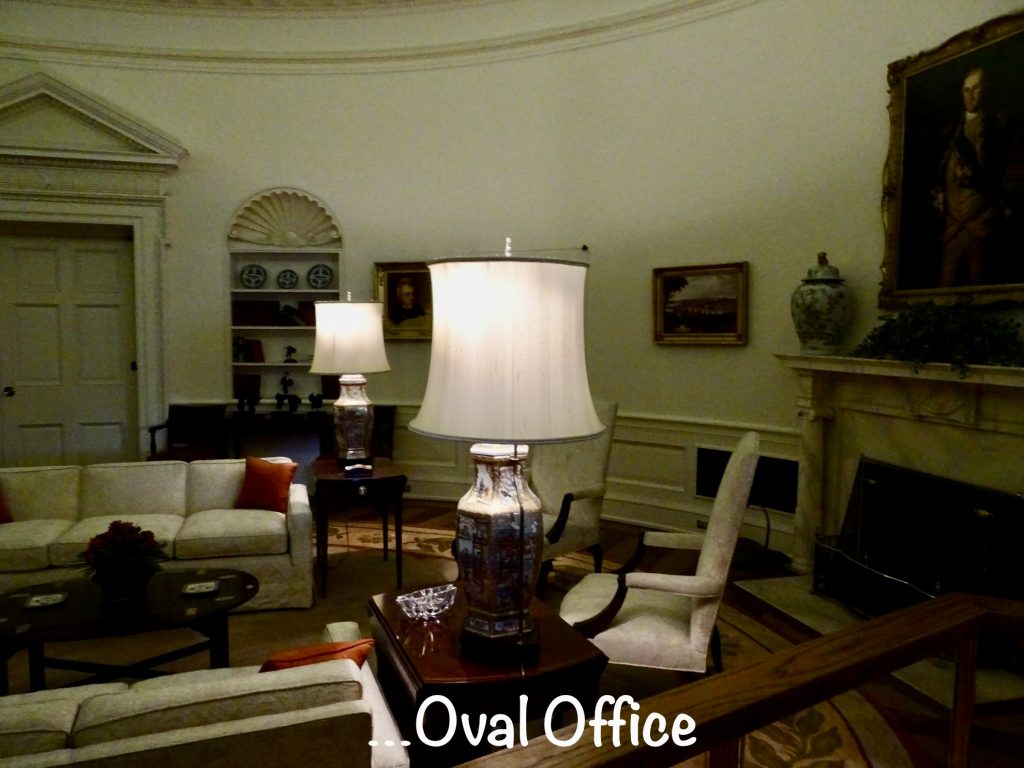
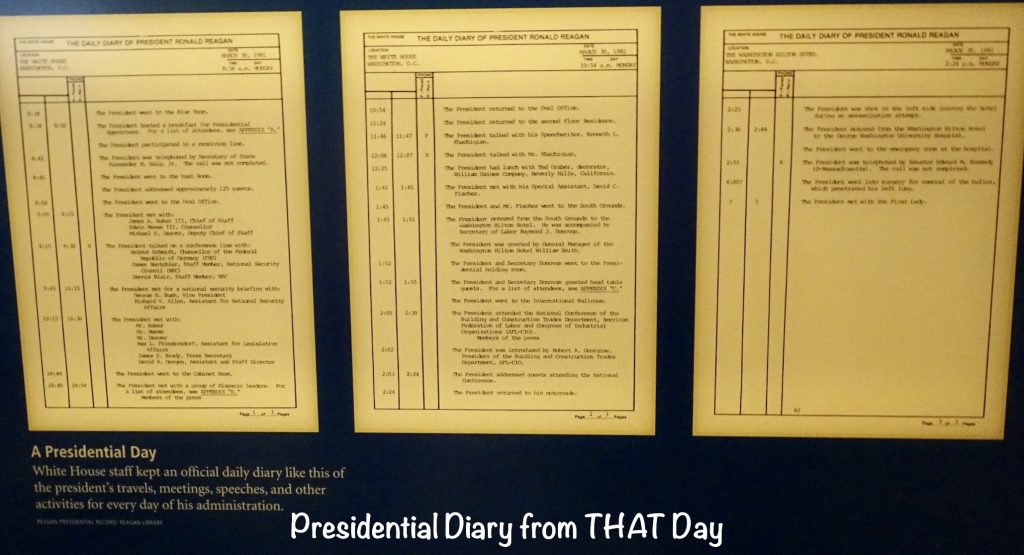
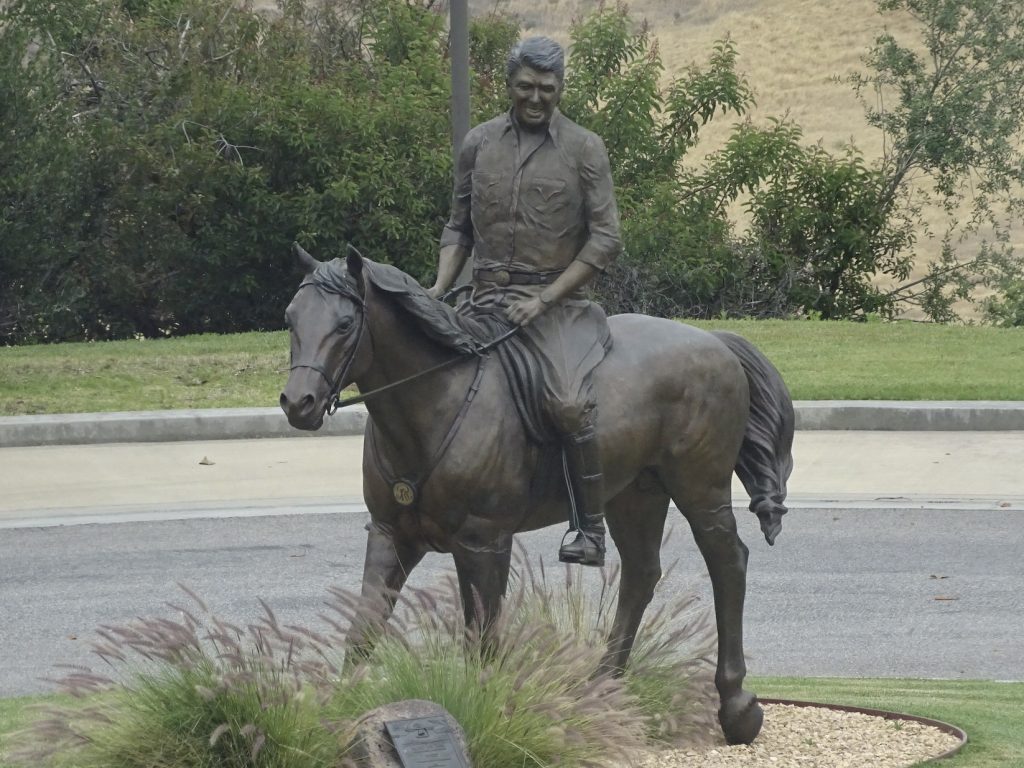
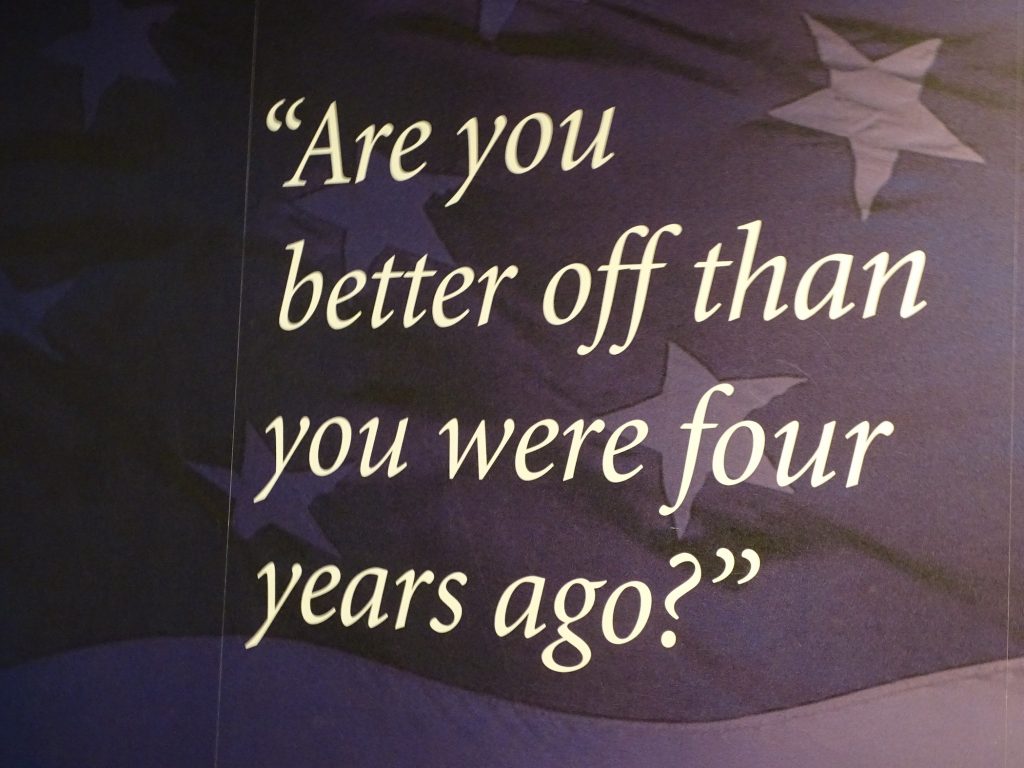
Of course, MW and I both enjoyed the transportation exhibit. They had Reagan’s limo, a suburban used by his Secret Service detail, and the Marine One used by President Johnson.
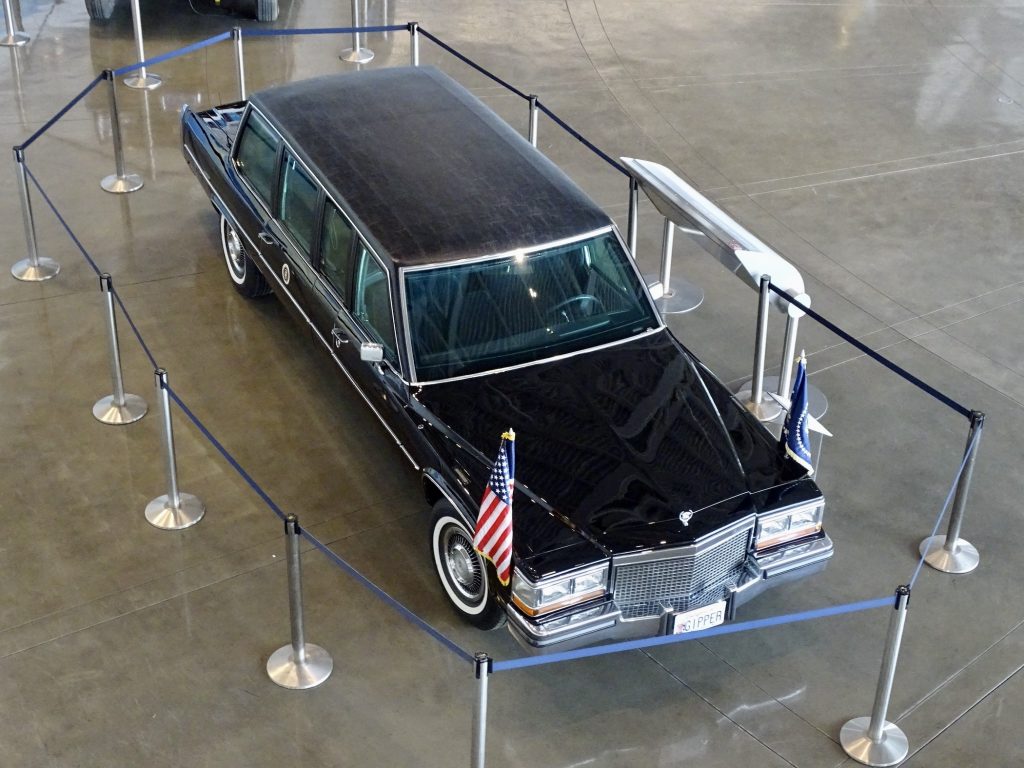
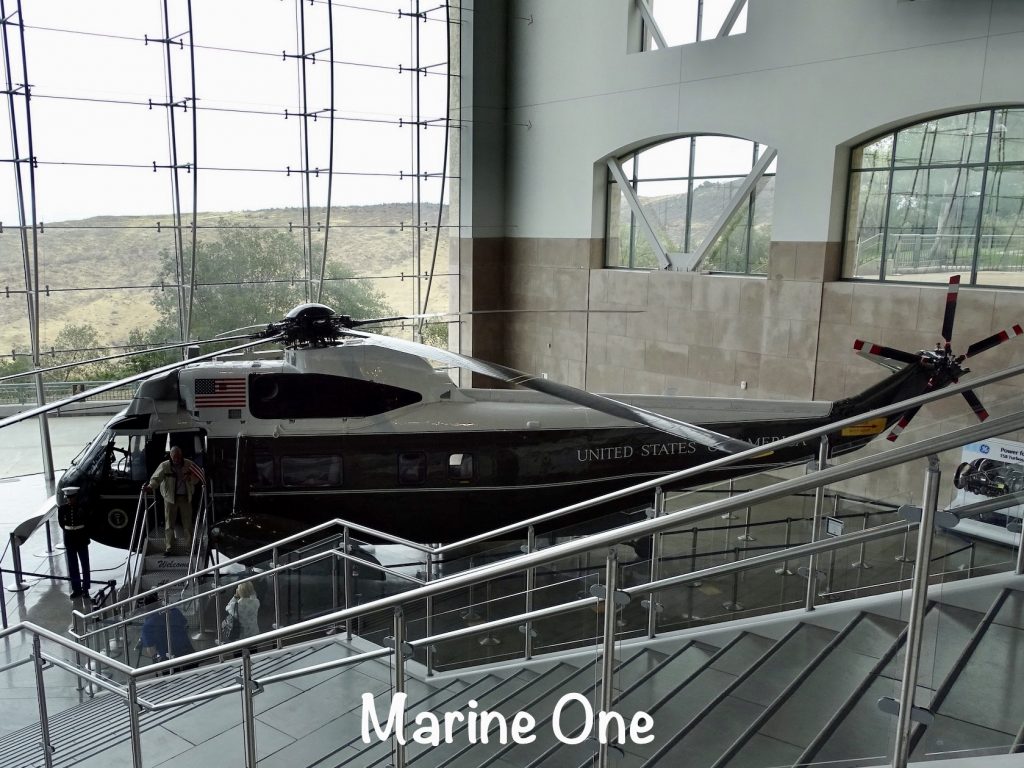
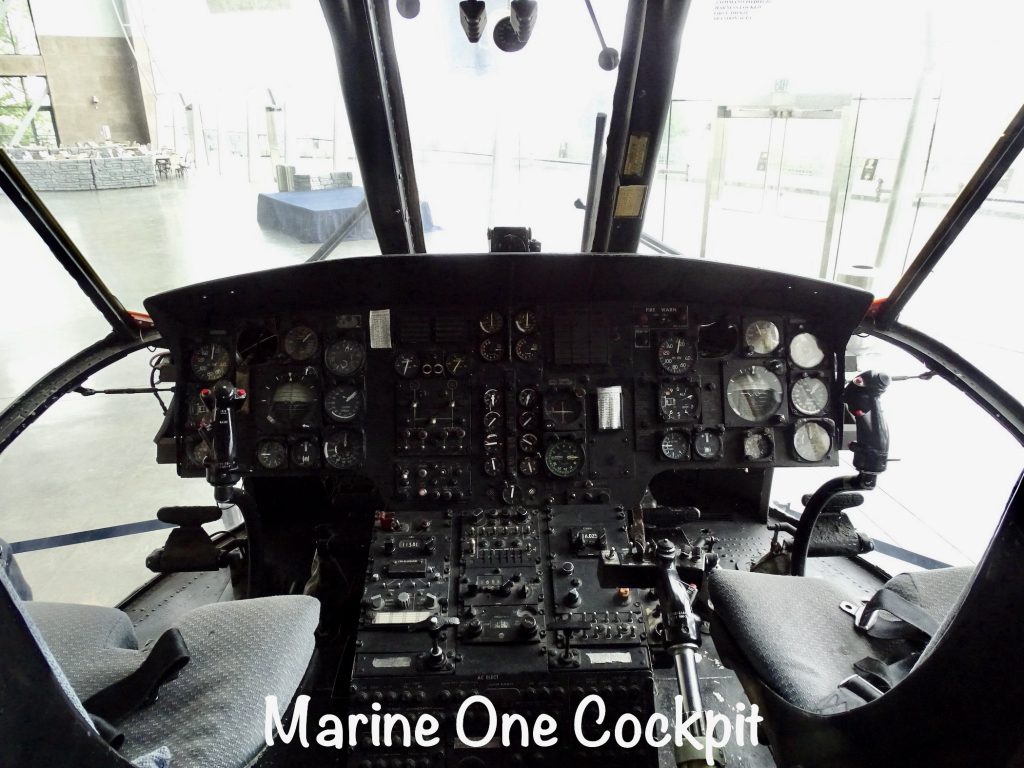
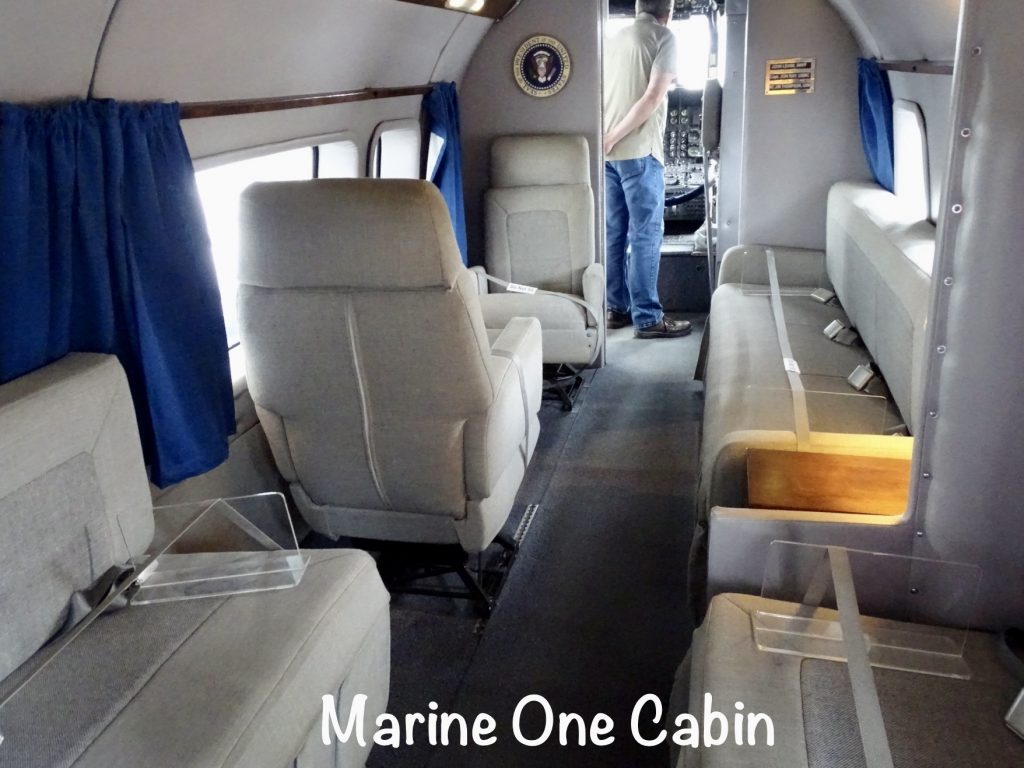
It also had the Air Force One used by Presidents Nixon, Ford, Carter, Reagan, H. W. Bush, Clinton, and W. Bush. One of the docents said a little kid asked one of the guys how they got the plane into the building and up on poles. He told him that the pilots were REALLY good. With the roof off of the building, they came in very slowly, landed on the poles, and slammed on the brakes. The little kid was amazed. I wonder if they told him the truth? Reagan noted in his diary that “It doesn’t take many trips in A. F. 1 to spoil you.”
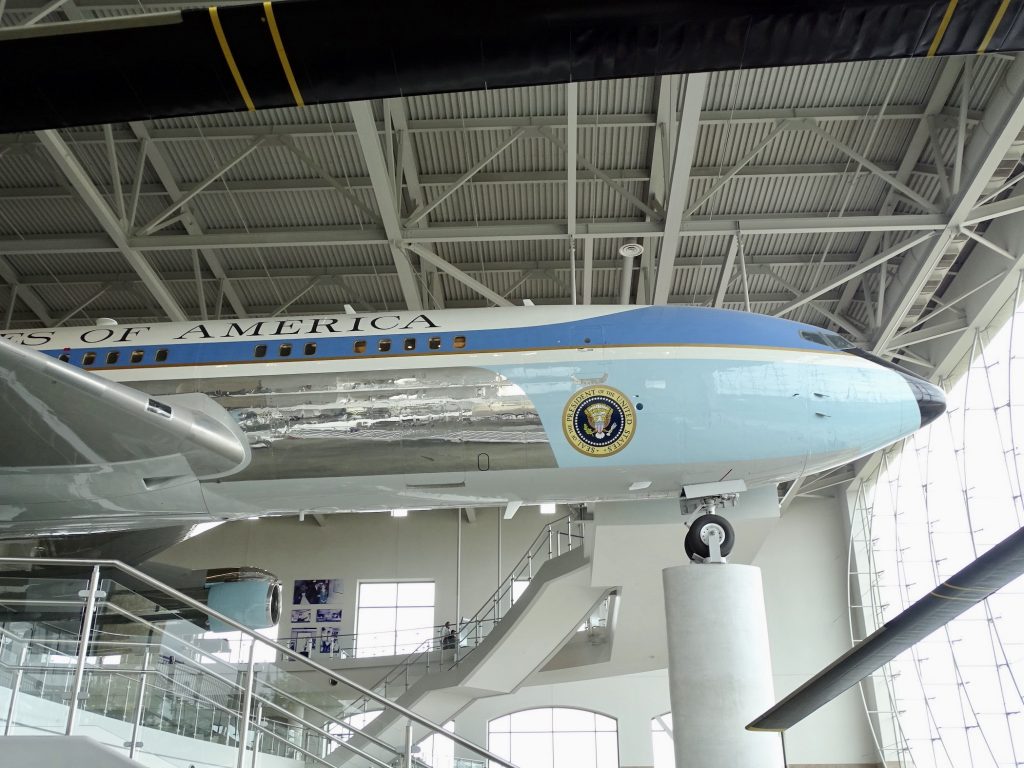
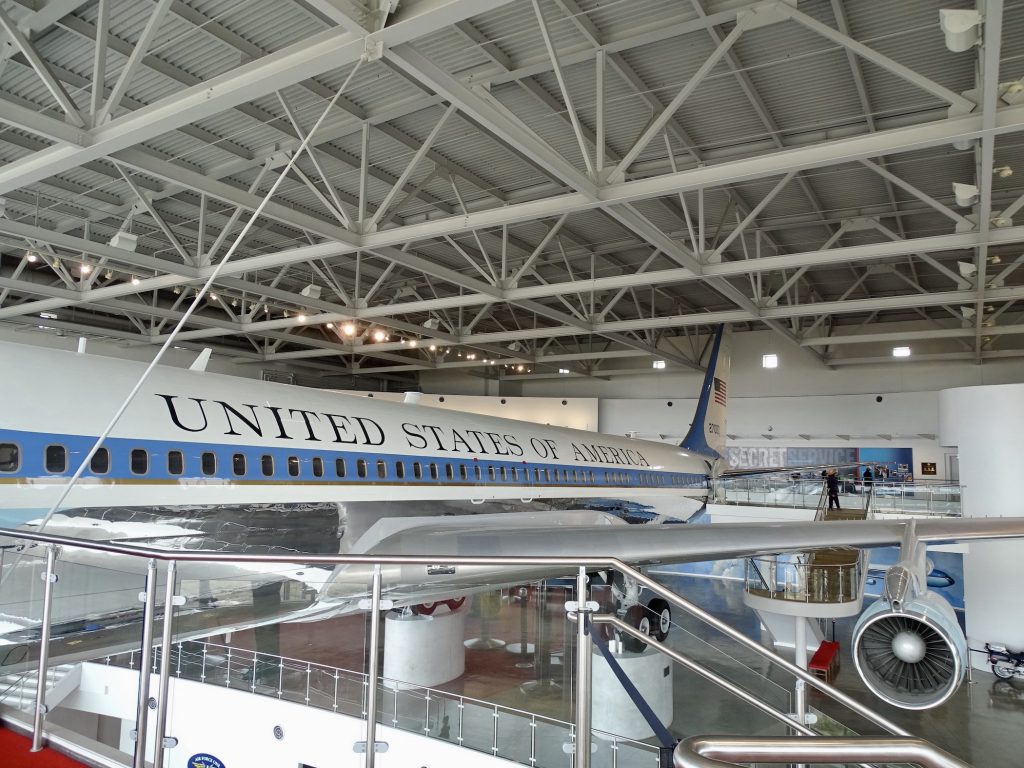
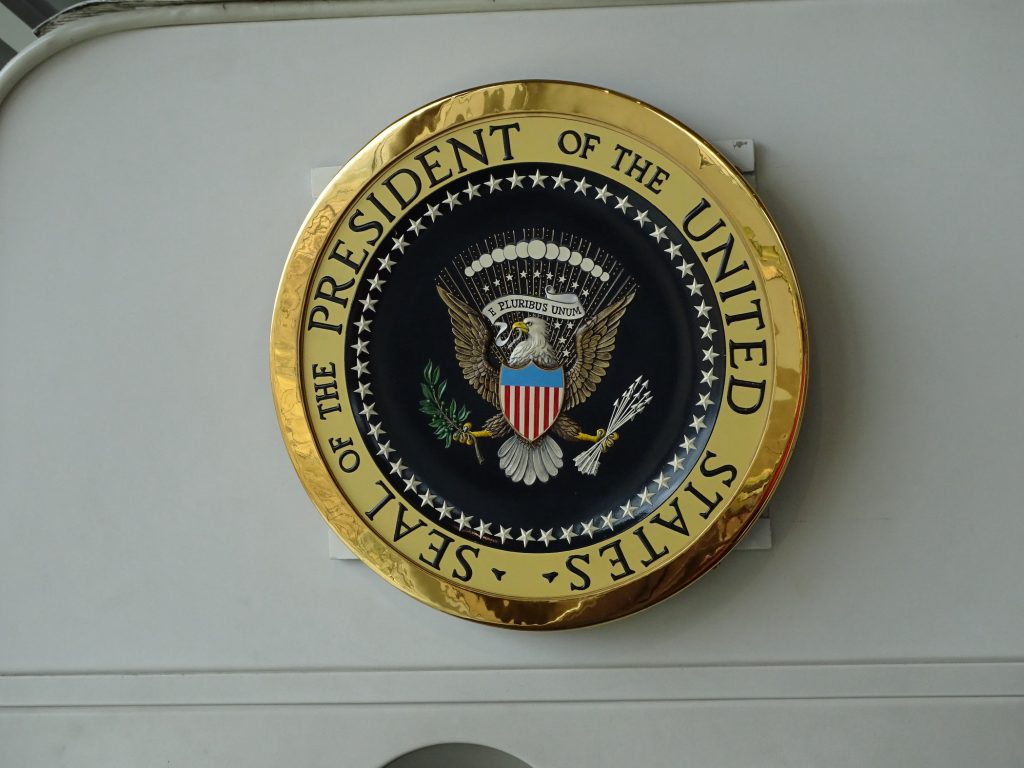
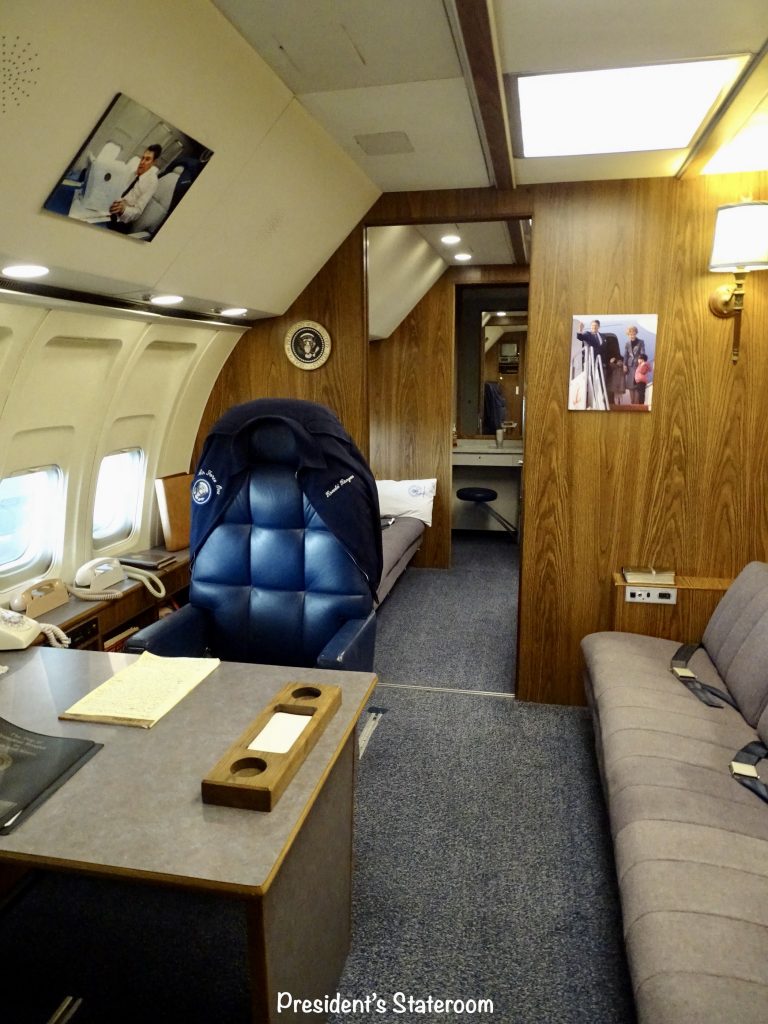
The coolest story out of the transportation pavilion is about a very special Secret Service agent. In 1939, a 28-year-old Ronald Reagan played Secret Service Lieutenant Brass Bancroft in Code of the Secret Service. When the movie came out, 9-year-old Jerry Parr was inspired, and began dreaming of becoming an agent. In 1962, he did just that. Flash forward to March 30, 1981. Special Agent Parr was on President Reagan’s detail when shots were fired outside the Washington Hilton Hotel. He pushed Rawhide (the President) into Stagecoach (the limousine), and they lit out for the White House. (There are medical facilities in the White House.) Reagan thought he had cracked a rib, and no one realized he had been shot. Then the President began coughing up bright, frothy blood, and Parr made the critical decision to break protocol and divert the motorcade to George Washington University Hospital. His quick actions are widely credited with saving President Reagan’s life. Now what would have happened if a certain little boy had not seen a certain young actor playing a Secret Service agent in a movie?
The WWII exhibit had quite a few interesting tidbits: 1) In 1944, Norma Jean Dougherty worked in a plant spraying fire retardants on the first mass-produced drones. David Conover, a photographer who worked under Captain Reagan in the 1st Motion Picture Unit was sent to the factory to take pictures of women working for the war effort. Conover was struck by the beautiful, curly-headed, young lady with dirt on her face. He took leave and spent 2 weeks shooting pictures and teaching her how to pose for the camera. In 1945, she was signed by the Blue Book Modeling Agency and reborn as Marilyn Monroe. 2) I knew about the Code Talkers of WWII, but I didn’t know how many languages were used. There were 29 Navajo, 17 Comanche, 12 Sioux, and 4 Choctaw that specifically served as Code Talkers. These men used their native languages with memorized code words so that nothing was ever written down that could fall into enemy hands. The number of men was kept to a minimum, and they could recognize each other’s voices, ensuring no one could penetrate their ranks. In addition to the specially trained teams, there were Cherokee, Kiowa, Hopi, Seminole, Muskogee Creek, and Pawnee tribe members who used their languages to pass messages. These Native American Code Talkers gave us the only systems that were not broken during the war. I also was not aware that the program started in WWI with Choctaw, Cherokee, Comanche, Cheyenne, and Osage members, and was expanded during WWII.) 3) Many American soldiers were issued New Testament bibles at enlistment, some of which came with a gold-plated steel cover. The inside front cover was inscribed: “As Commander-in-Chief I take pleasure in commending the reading of the Bible to all who serve in the armed forces of the United States. Throughout the centuries men of many faiths and diverse origins have found in the Sacred Book words of wisdom, counsel and inspiration. It is a foundation of strength and now, as always, an aid in attaining the highest aspirations of the human soul.” President F. D. Roosevelt. John Phillips had his Bible in his shirt pocket as he trudged through knee-deep snow in the Battle of the Bulge. In the middle of an ambush, he was shot five times. Reaching for his heart as he lay there in the snow, he found the Bible. It had a bullet lodged in it. He wasn’t the only soldier to have that experience. “Above all else, guard your heart, for everything you do flows from it.” Proverbs 4:23
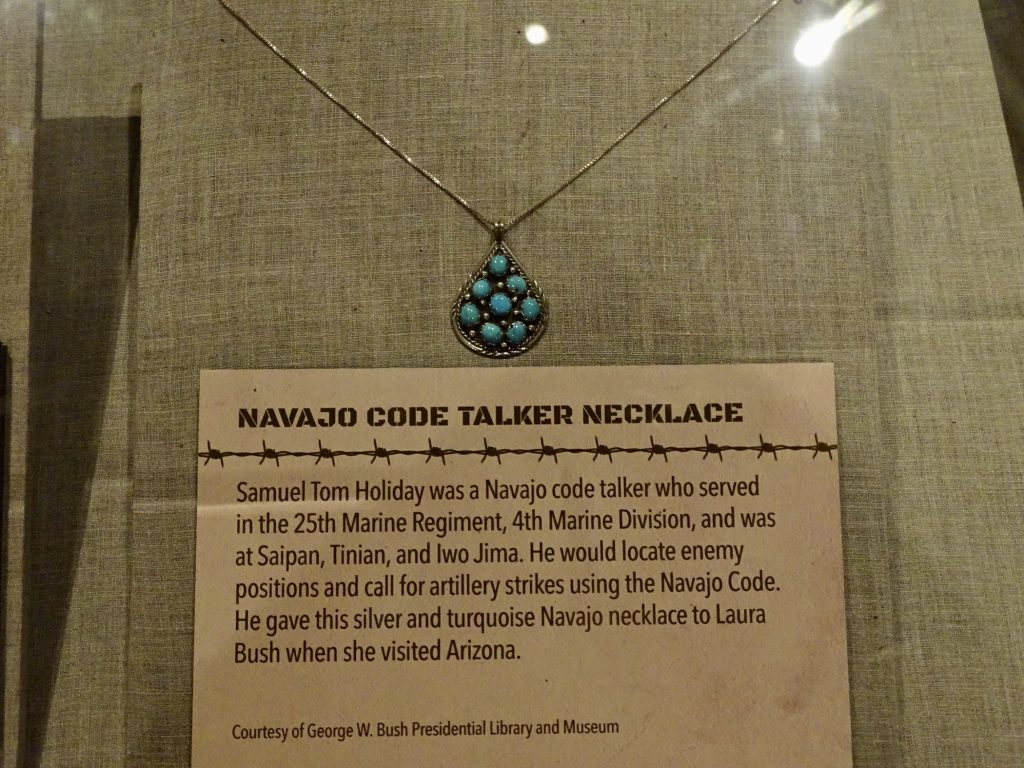
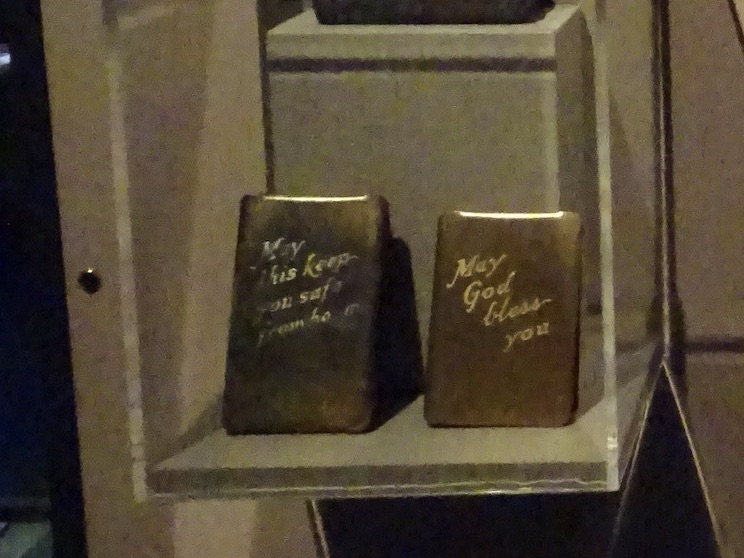
I will never forget how sad I felt on November 5, 1994, as the newscaster read President Reagan’s letter announcing his diagnosis of Alzheimer’s disease. (My Grandma Sara was in the advanced stages of that insidious illness.) Even then, Ronnie was thinking of Nancy and wishing he could spare her from what was to come. He died on June 5, 2004, at his Bel Air home at the age of 93. I don’t mind telling you, as I was going through that part of the museum, there were tears. He and Nancy are both interred at the museum on a hill overlooking the valley.
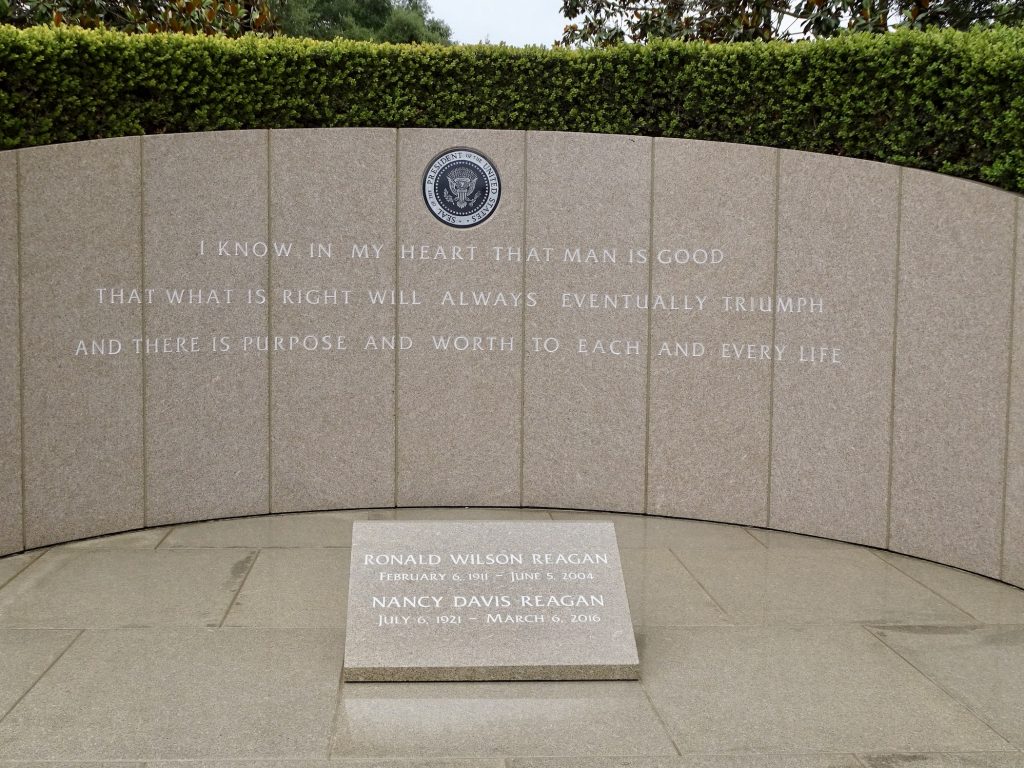
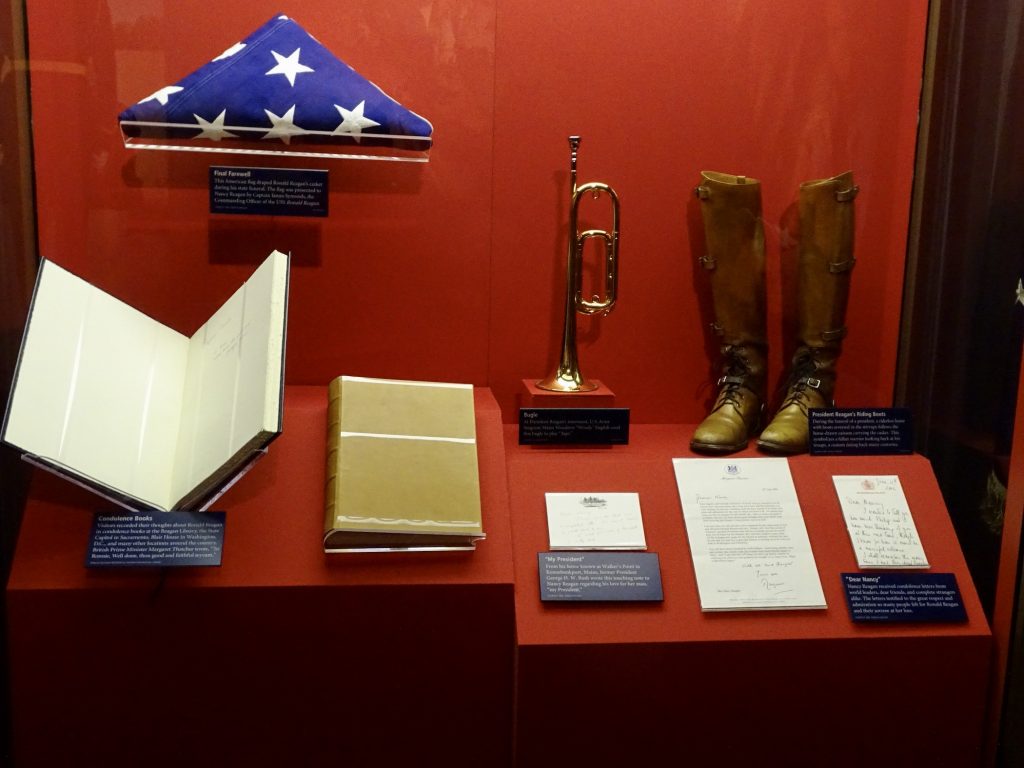
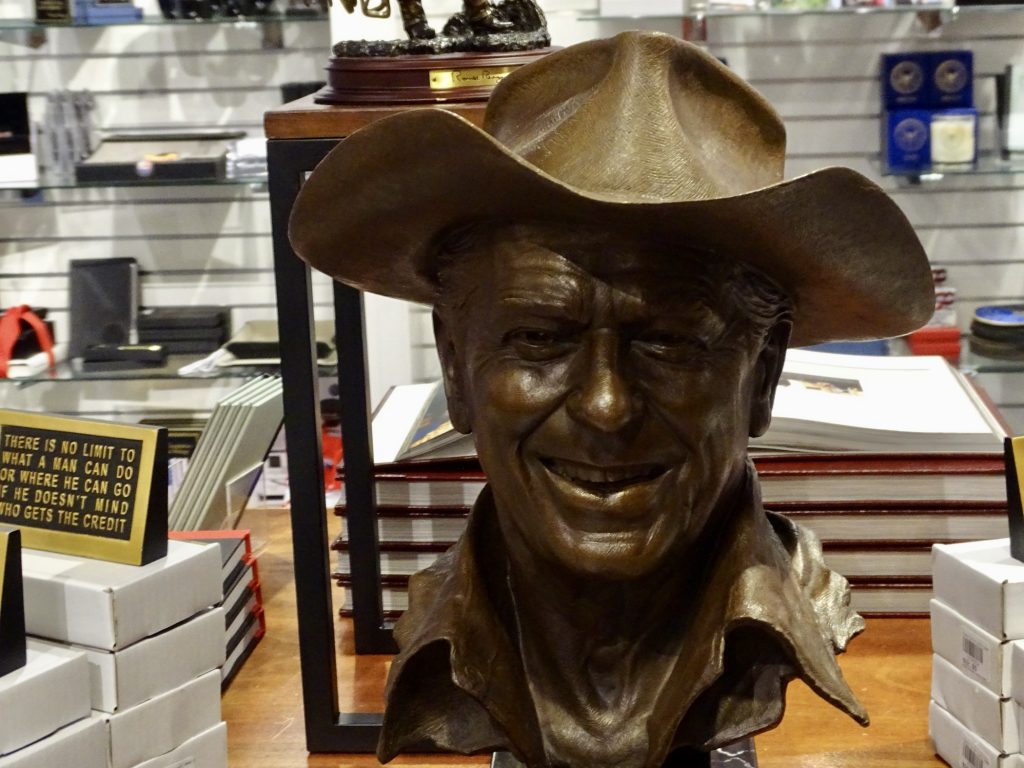
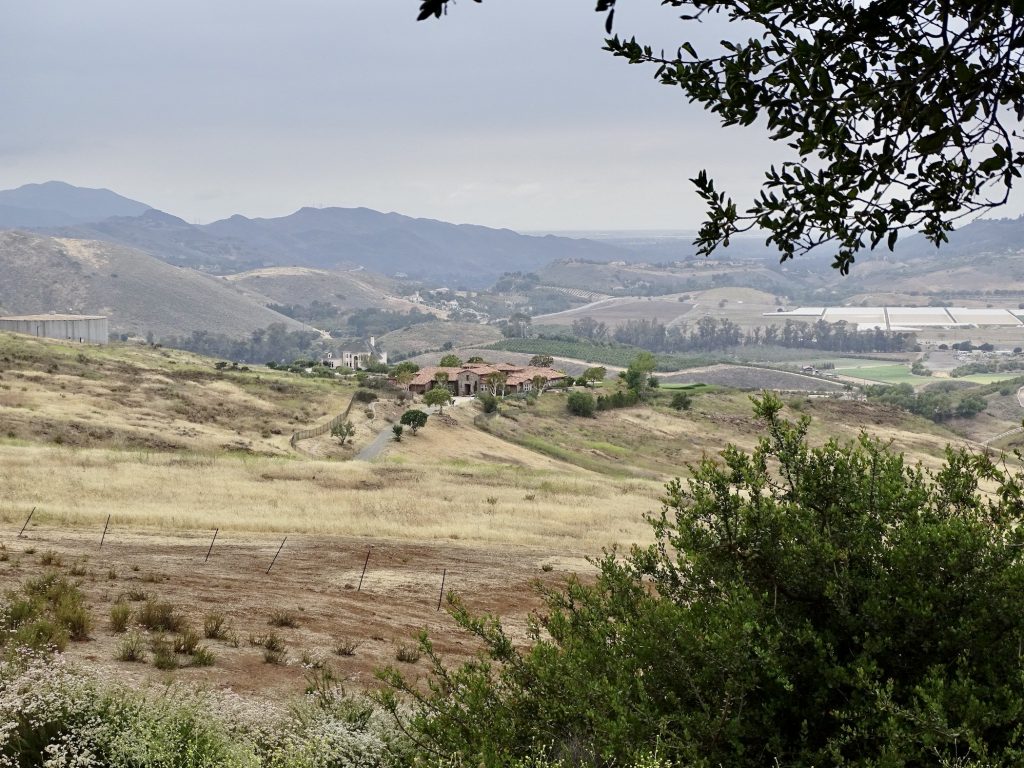
As much as I enjoyed the museum, my favorite part of the entire visit, came from talking to strangers. (Shocking, I know.) As I was passing through the section about the assassination attempt, there were two men next to me. I overheard one saying, “I didn’t know that happened.” He asked his friend who did it, but the friend didn’t know. That started our conversation. It turns out, both gentlemen were born in Sri Lanka, but one has lived in Germany for most of his life and the other has been in Southern California for 30 years. They went to school together, and were enjoying a good visit, but the guy from Germany was quick to say that his REASON FOR COMING to California was THIS LIBRARY. WHAT?? He went on to say that President Reagan changed his life and the lives of everyone in Germany, in a profound and amazing way, and he has always wanted to come here to honor him. He asked several questions about the assassination attempt and talked of Reagan’s “tear down this wall” speech. He was so passionate about and grateful to our former President. It was very touching, and I tried my best not to cry. We continued our tours, them a little behind me, and at several points, they caught up and asked me questions or told me stories. Near the end, there are displays of gifts presented to the Reagans. They both came to take me to the photo showing the baby elephant Jayathu (means victory) that was given to President Reagan by the Sri Lankan President Jayewardene in 1984. Later, they found me again to show me a beaded handbag that was gifted to Nancy Reagan by the Sri Lankan government. Both made them very proud. I lost track of them as we were heading to the transportation exhibit and was very disappointed that I didn’t find something to write their names on. Talking to them was a joy.
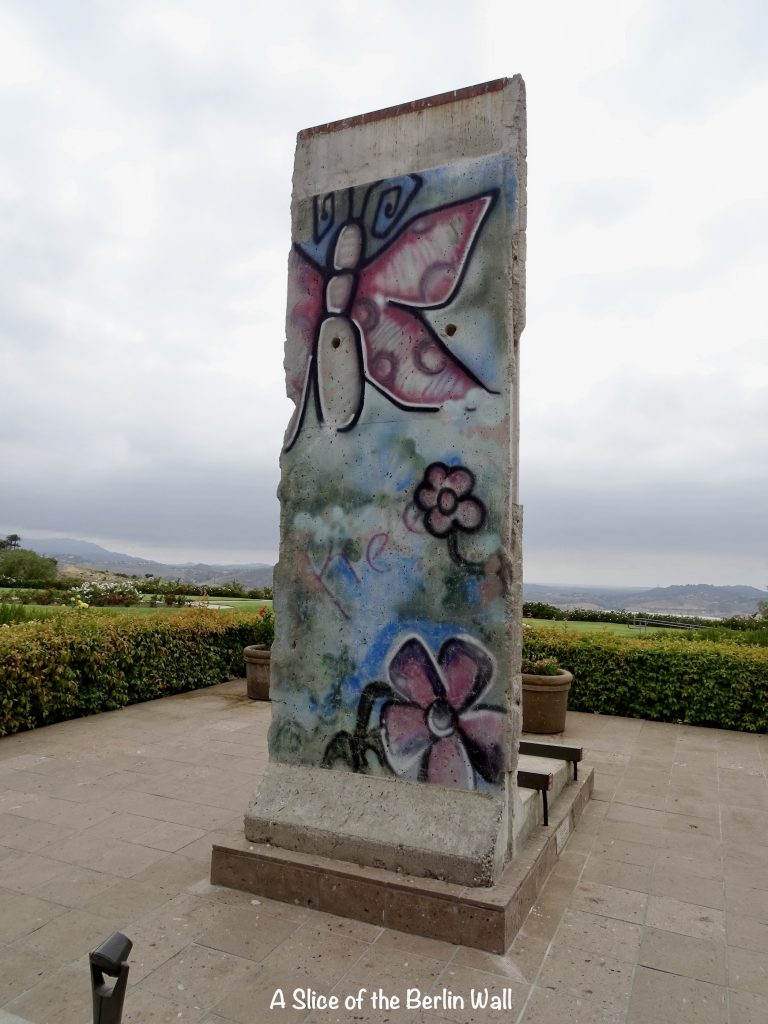
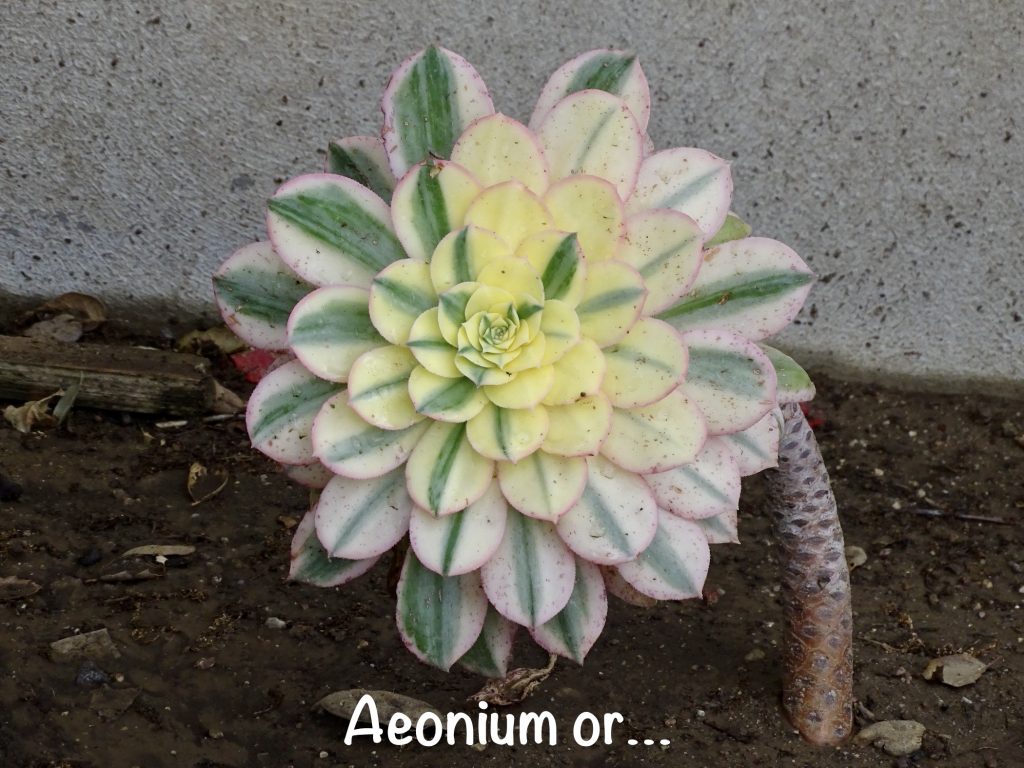

Traffic was not as bad on the way back, but we were both pretty exhausted by the time we got to the campground. There was a pretty noisy crowd later that night, too. Ugh!
Saturday morning began with a nice walk around the lake. Then we had to get our tails in gear for some errands. We have been trying to buy a small piece of property adjacent to the farm in Tennessee that will allow us to reroute our driveway and not use an easement across someone else’s property. It had taken months, but everything was finally lined up. When I called USAA, though, to get a Cashier’s Check sent, there was a problem…they can only put two names on the check, and we need three. No, it could not be three different checks, and the attorney in Sneedville doesn’t do wire transfers. (It’s a very small town.) USAA suggested that we find a local bank and do a debit transaction to get a Cashier’s Check. We headed out first thing to Wells Fargo, where I have a credit card account. After being turned away at the cashier’s window, we were approached by another employee. We explained the situation, and she got to work to figure out a solution. Although it took a little time and finagling, she got it done! So if you are ever in Victorville, California, and need banking help, check out the Wells Fargo on Hesperia Road. Ask for Elizabeth Brooks. She is awesome! We hit the post office to mail the check, then, with a sigh of relief, we headed over to Molly Brown’s Country Cafe for lunch. The line was out the door! Across the parking lot was Fratelli’s Pizza, so that’s where we landed. It was good, too! After the stressful morning, we kicked back for the afternoon at the campground.
Sunday started with a nice, long walk across the campground to the fishing pond. It was a beautiful morning to be out, and a lot of people showed up early to fish.
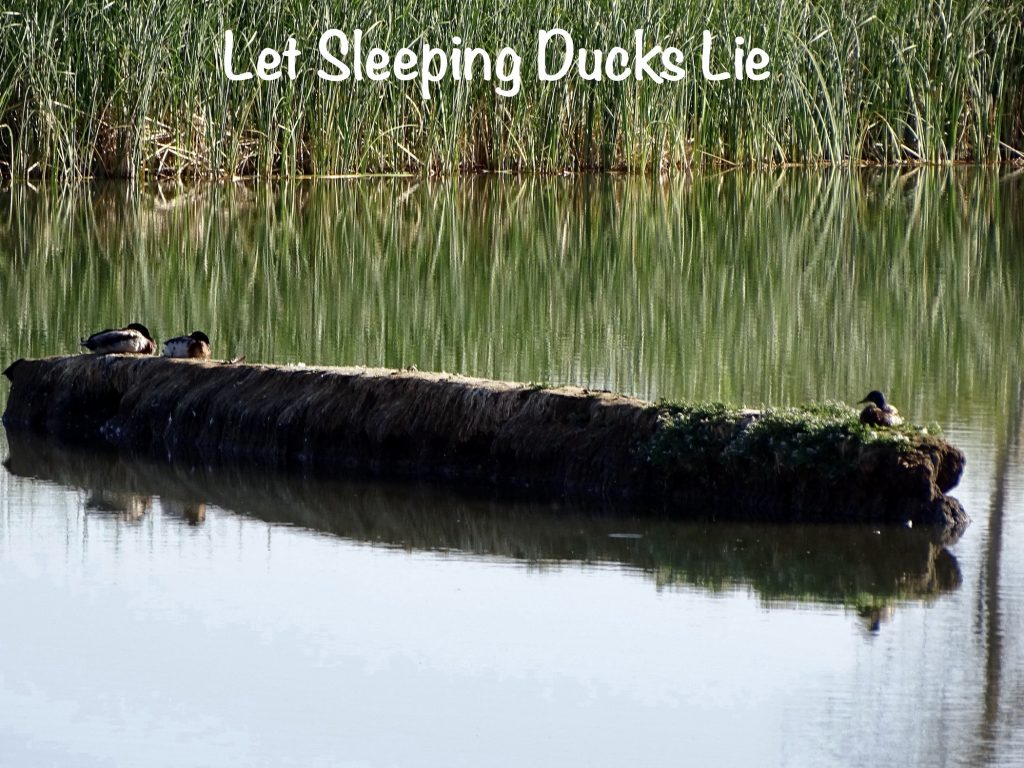
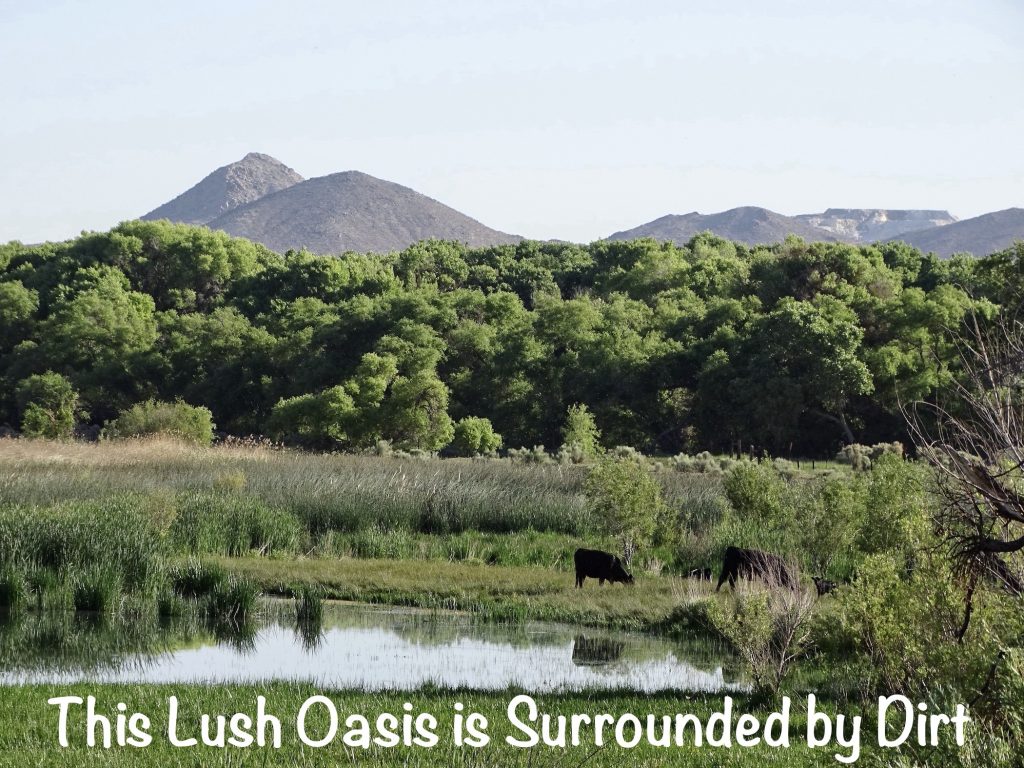
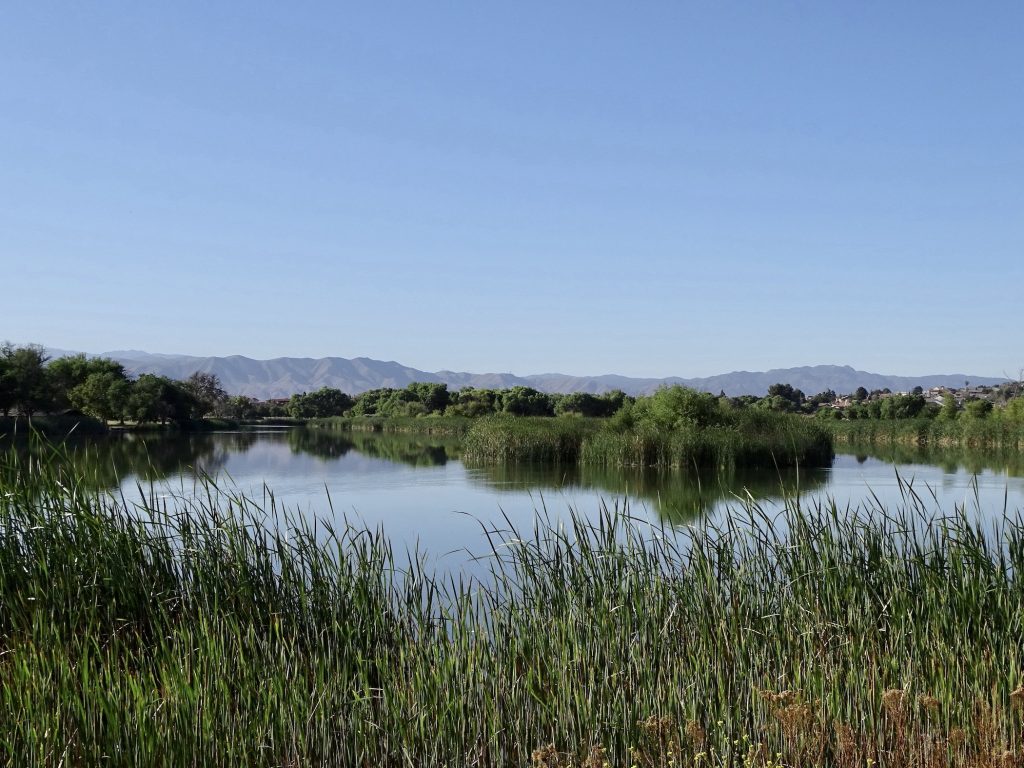
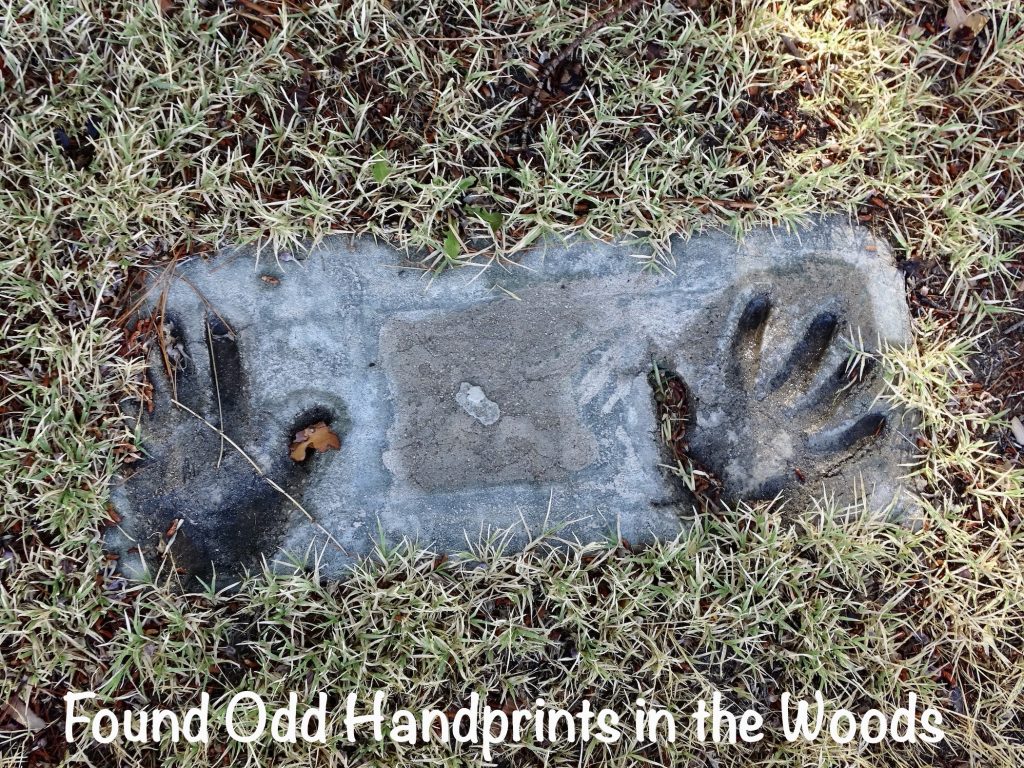
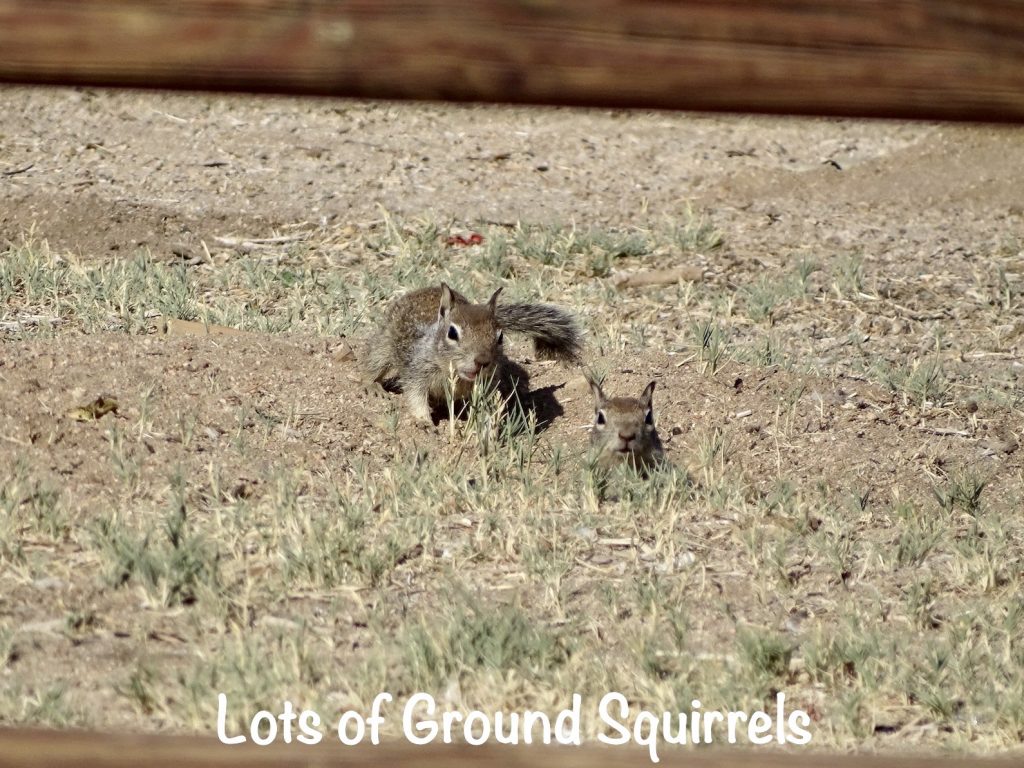

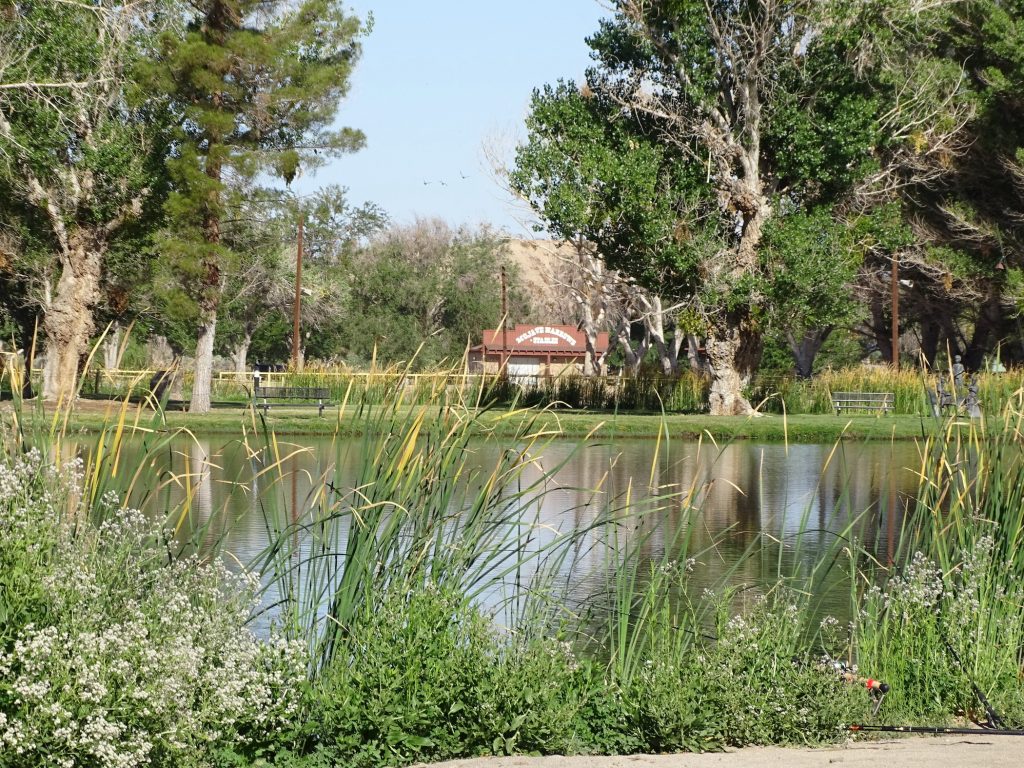
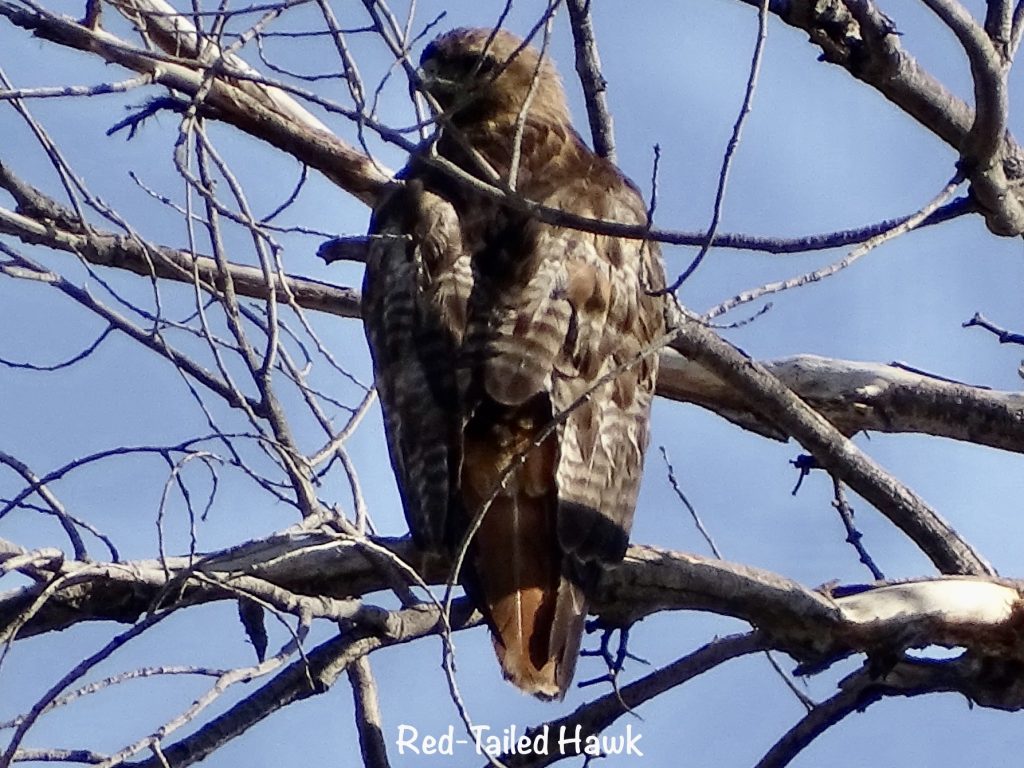
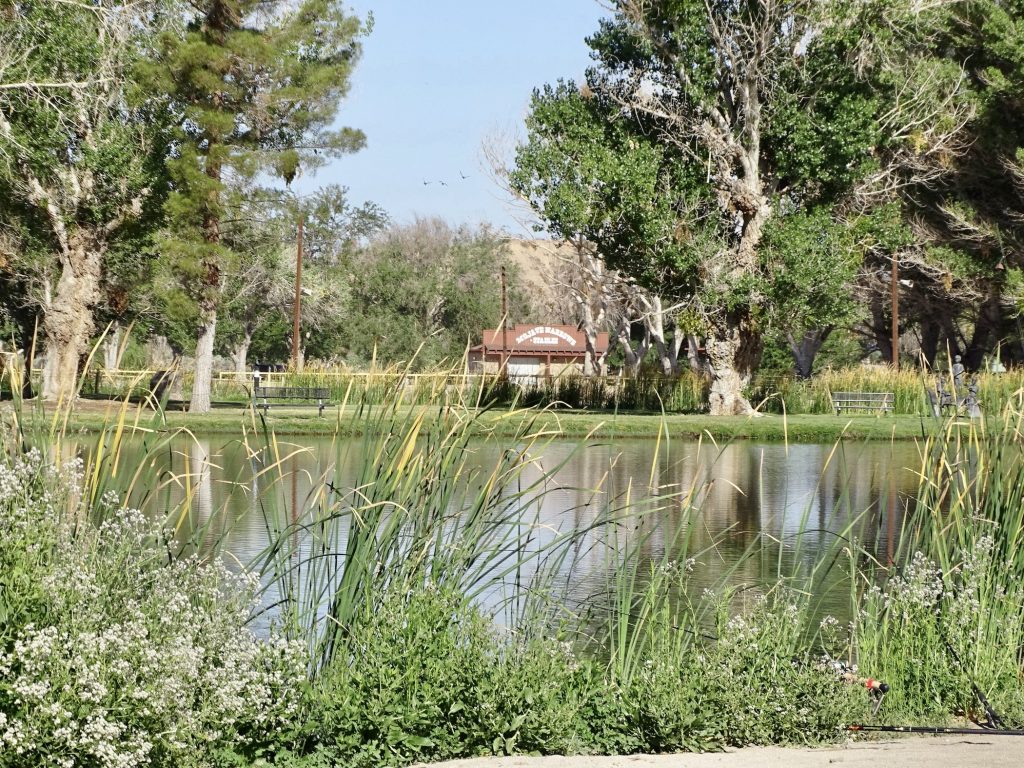

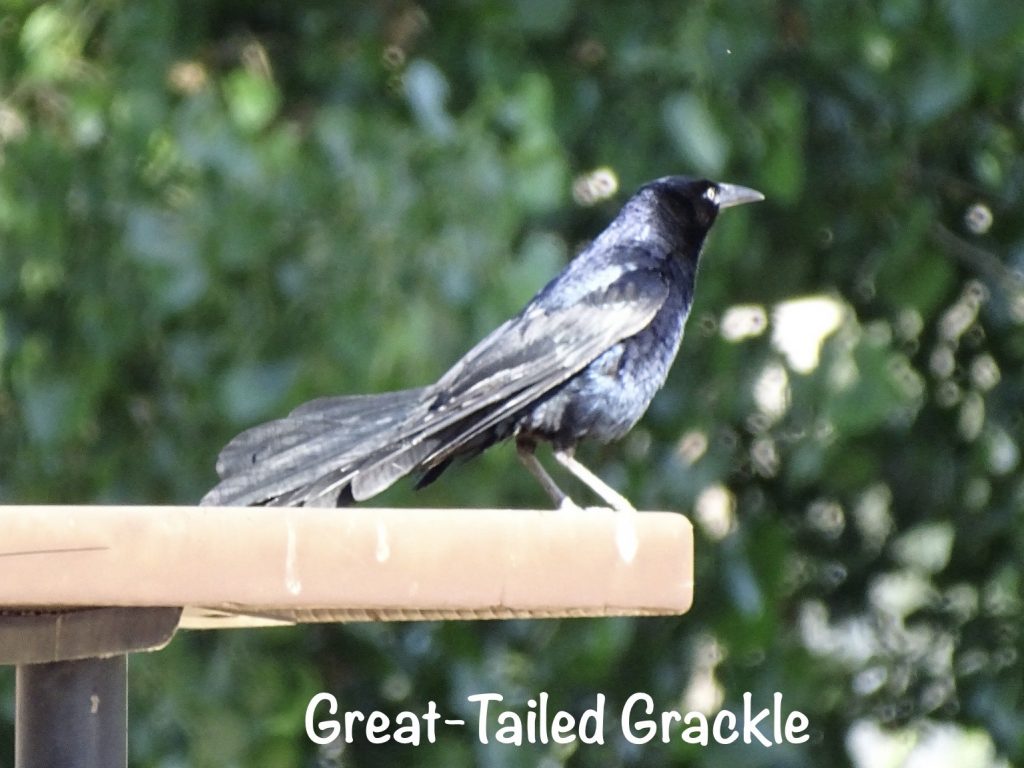
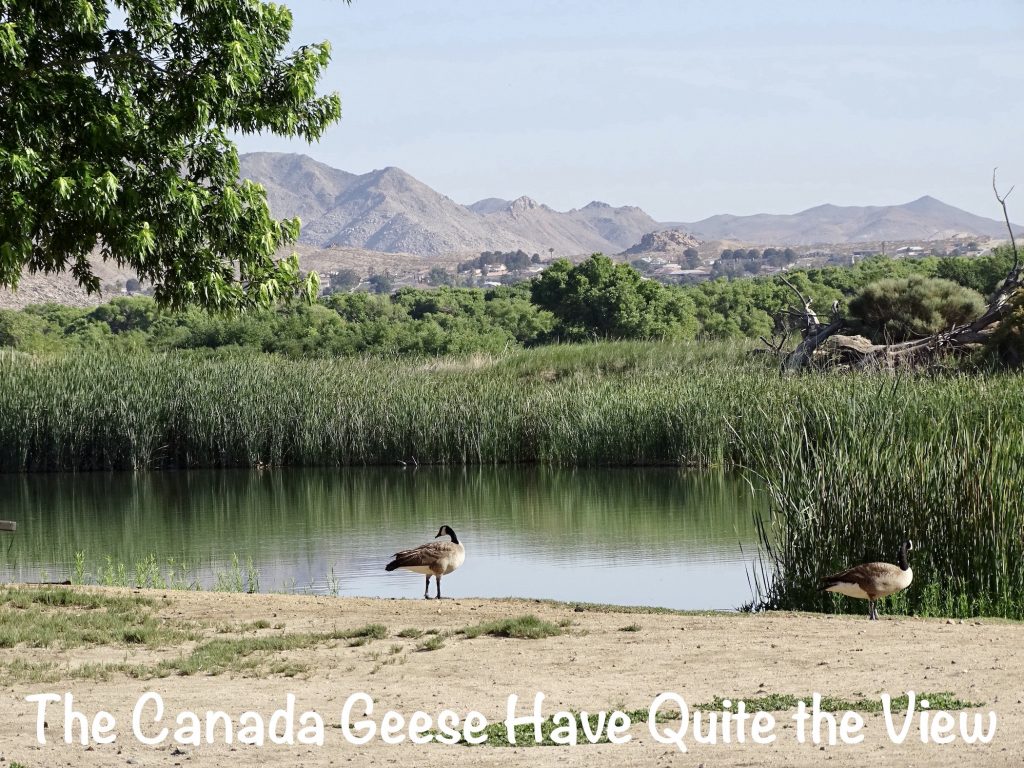
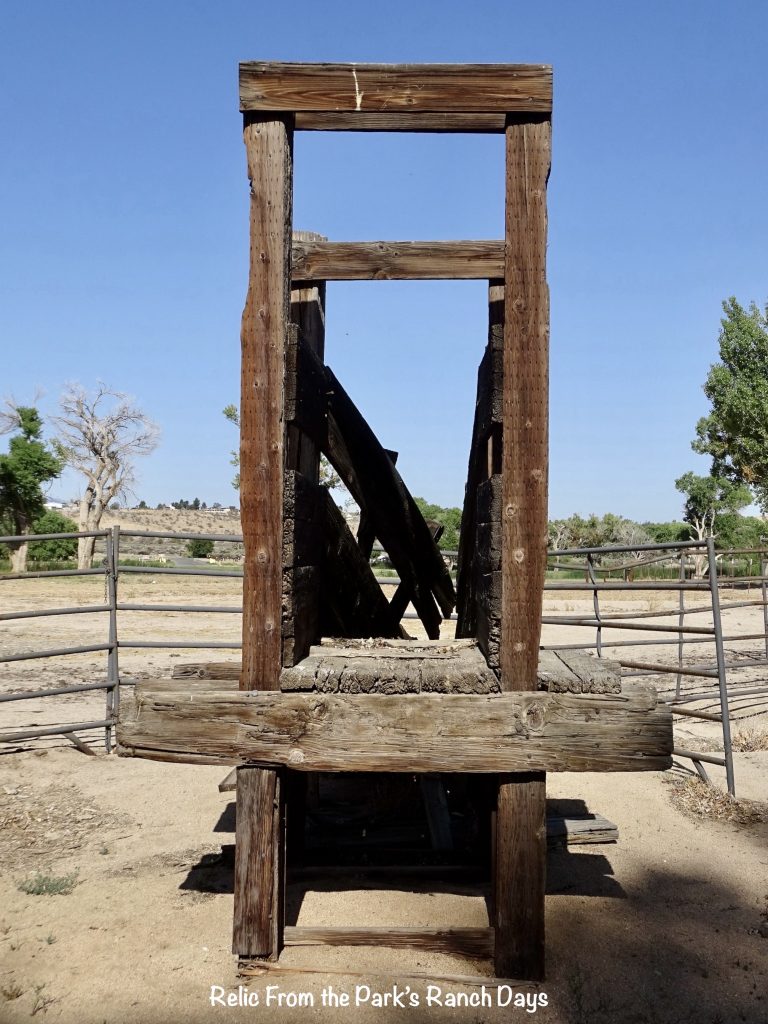
After getting cleaned up, we decided it was time for a movie, but first sustenance. We headed over to Down Home Grill in Victorville. This place felt like they couldn’t quite decide on a business model…order at the counter, but food delivered on real plates with real silverware. We ordered the fried olive (green) appetizer, mainly because we had never encountered that. It wasn’t as olivey as I expected, and felt like a good theory, but a so-so reality. MW had the New York Pastrami, which had great flavor, but was a little tougher than he likes. (Of course, once you’ve had pastrami at Katz’s Deli in New York, nothing ever tastes the same again.) I had the Carne Asada Tacos, which tasted very fresh and delicious, but fell apart and had to be eaten with a fork. After lunch, we headed to Apple Valley, first walking around at Bed Bath & Beyond, then heading over to Cinemark to catch Doctor Strange in the Multiverse of Madness. It had been quite a while since we caught a movie, and I enjoyed it. The story was a little draggy in places, but otherwise, I liked it. Then again, I’m a Benedict Cumberbatch fan. MW wasn’t particularly impressed.
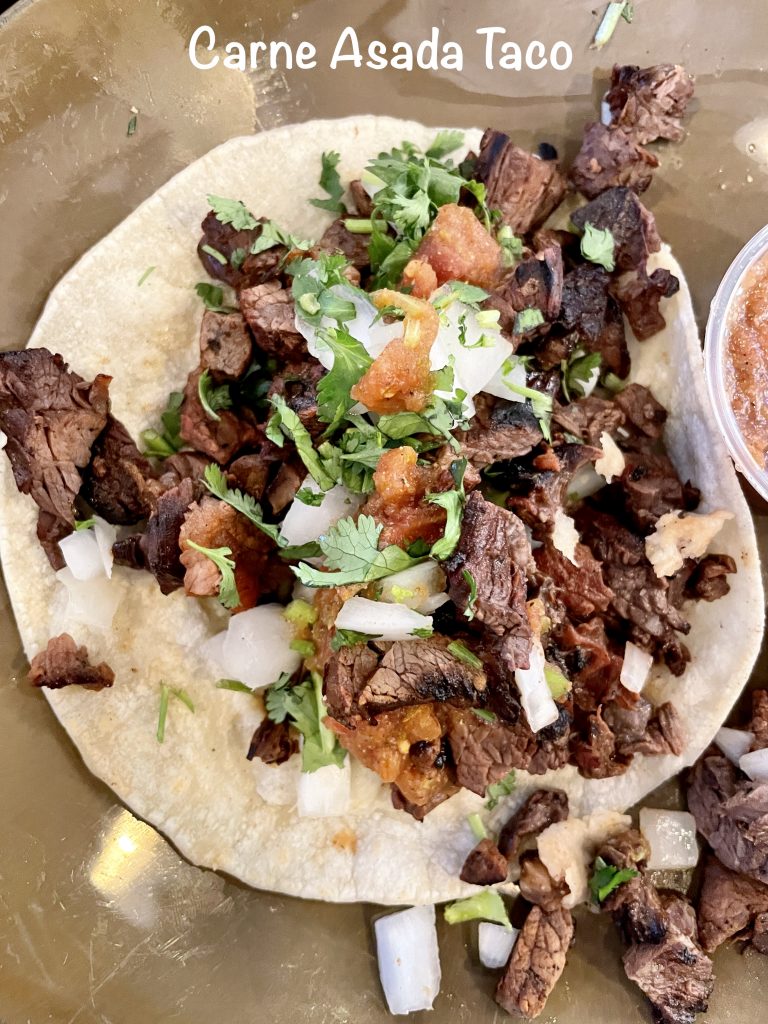
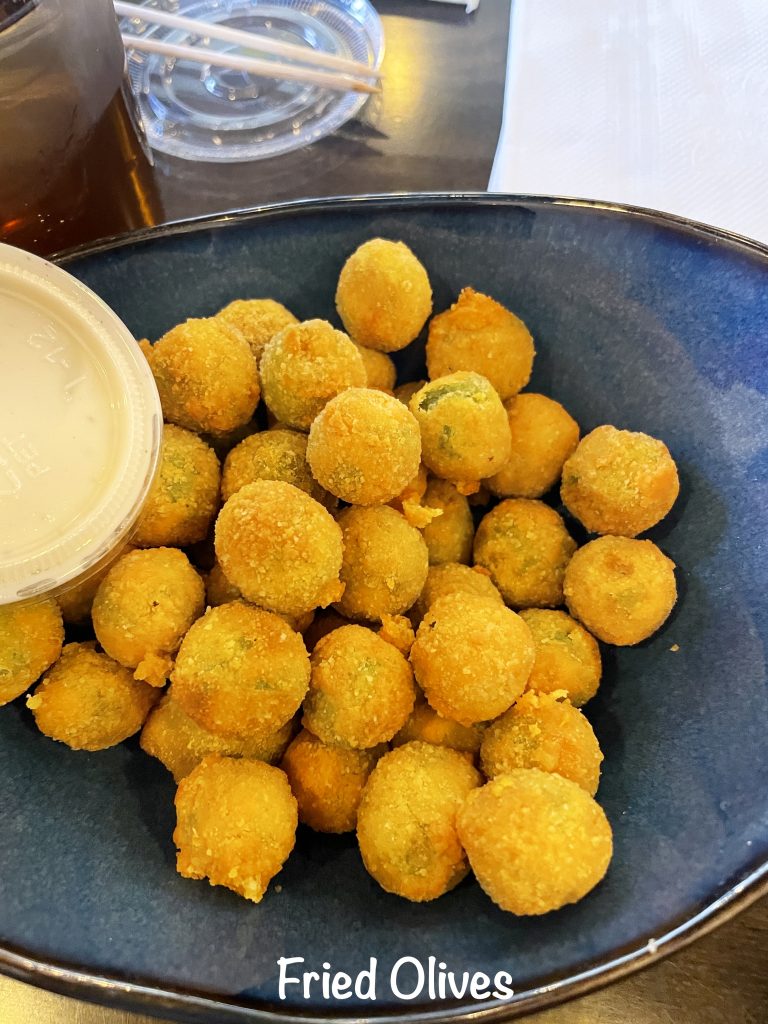
Mojave Narrows Regional Park is an honest to goodness oasis in the desert. The Mojave River provides water for hundreds of acres of cottonwood and willow trees in the middle of the Mojave Desert. The area along this section of the river was ranch land for decades through several different owners, the last of which built a lake for water skiing in 1959. In 1968, the State of California purchased the current park land, then leased it to the County of San Bernardino for use as a park. It is located right in Victorville, California, close to plenty of dining and shopping. Amenities include plenty of fishing locations, a disc golf course, equestrian trails, a playground, climbing rocks, a splash pad, and hiking trails. The campground has 38 full-hookup RV sites, 31 tent camping sites, 6 group sites, and 3 group equestrian sites. Each site has a grill and fire ring, although there was a fire ban when we were there. Oddly, there were several sites with EVO trailers parked, but not connected. We think they were rentals. The restrooms were miserably hot, did not have hot water, had no mirrors, and some toilets were non-functioning. In general, the park was not being maintained… roads, picnic tables, and pavilions, etc. Both Verizon and AT&T cell phones worked fine, and there was plenty of antenna tv. We would not stay at this park again. In addition to the above issues and unlike any other park that we can recall, they allow day use folks to fish anywhere they like. We were backed right up to the lake, but groups of people were hanging out behind the trailer and little kids were running through the campsite. For this stay in May 2022, we paid $167.00 for 4 nights.
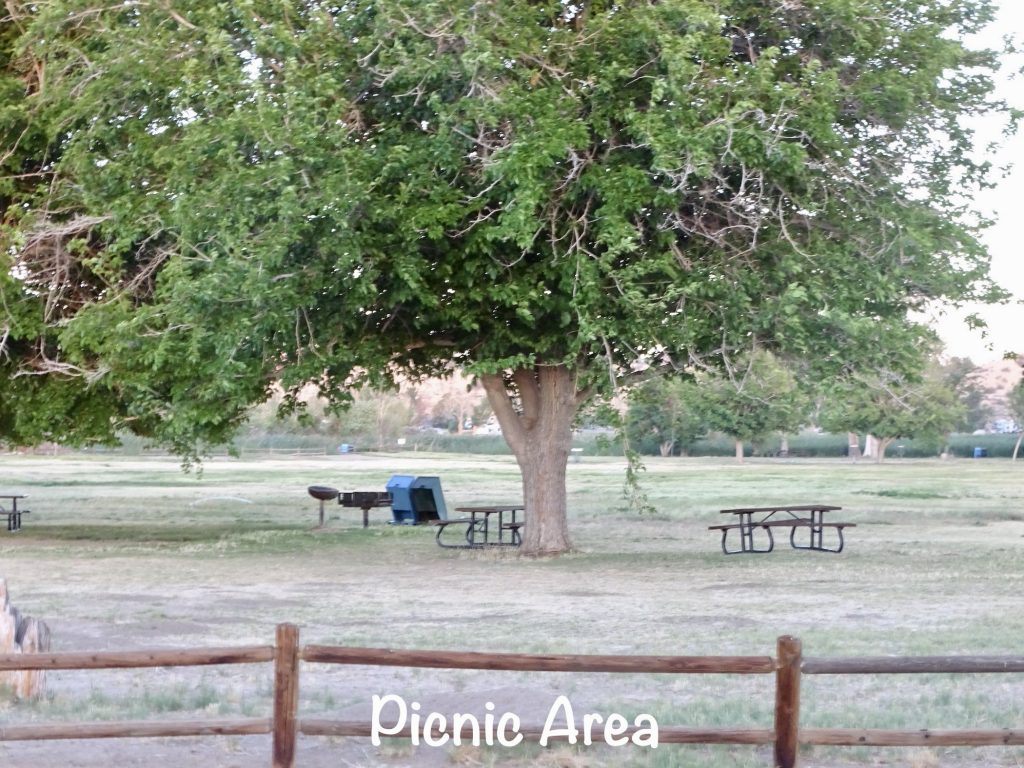
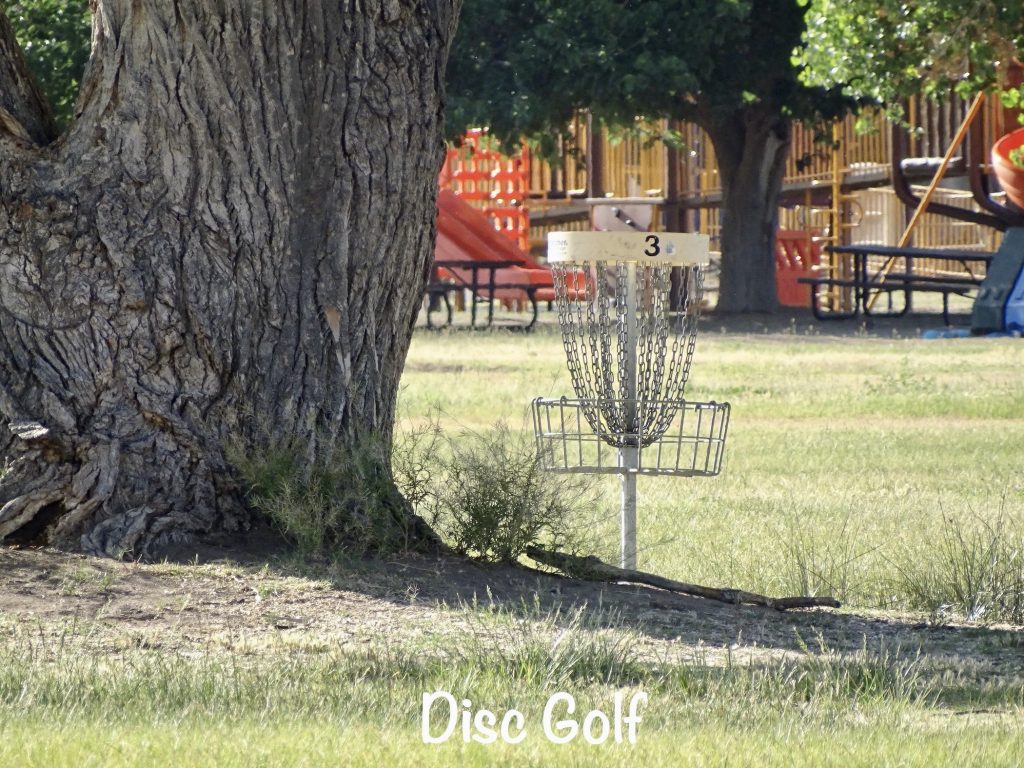
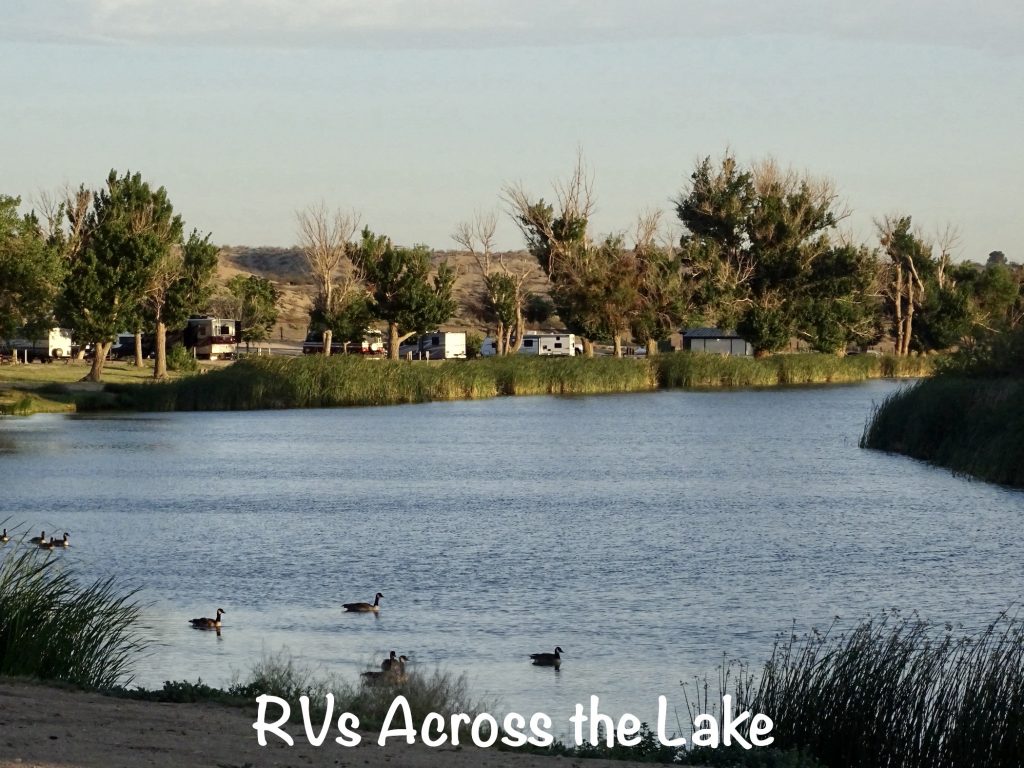
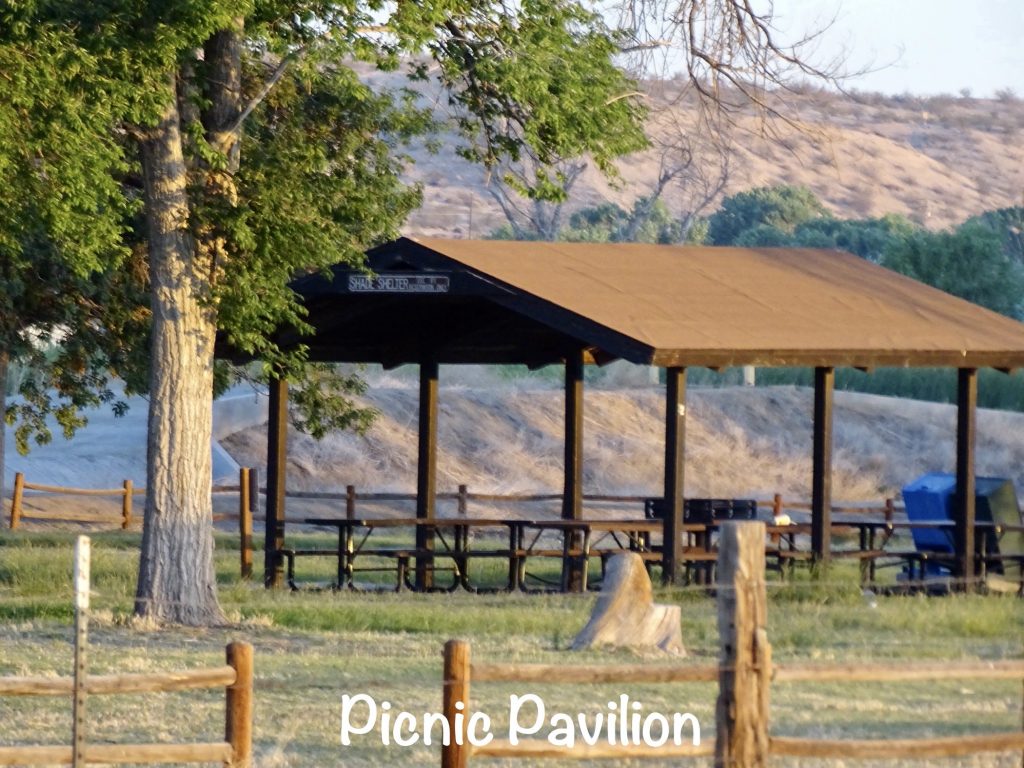
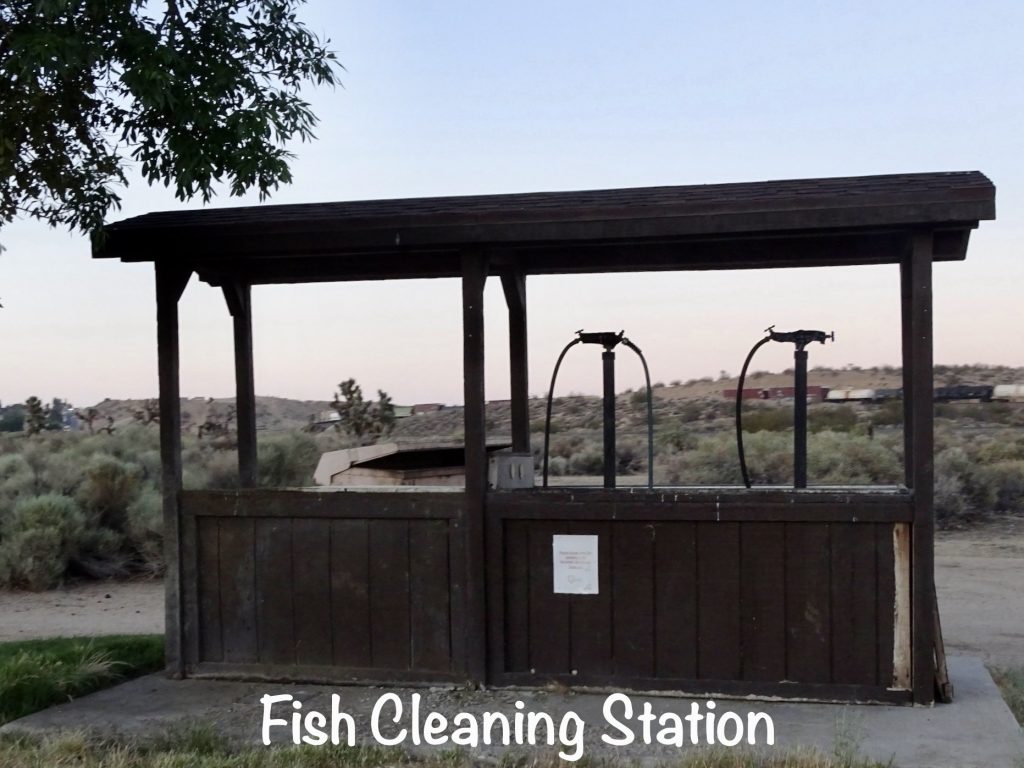
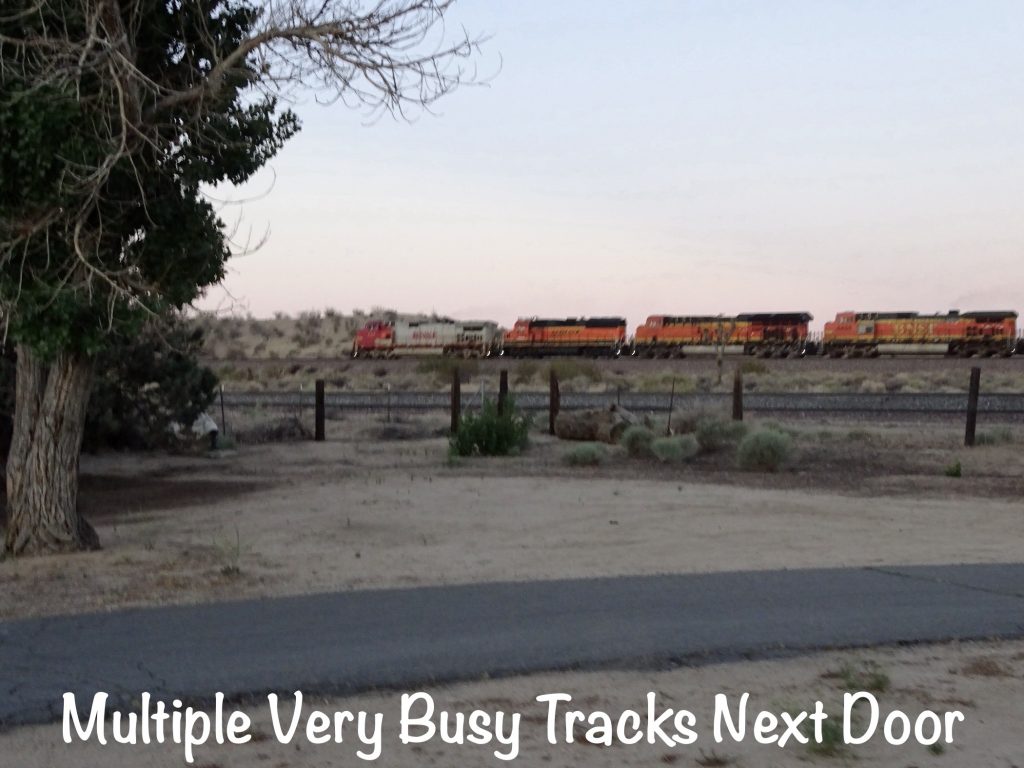
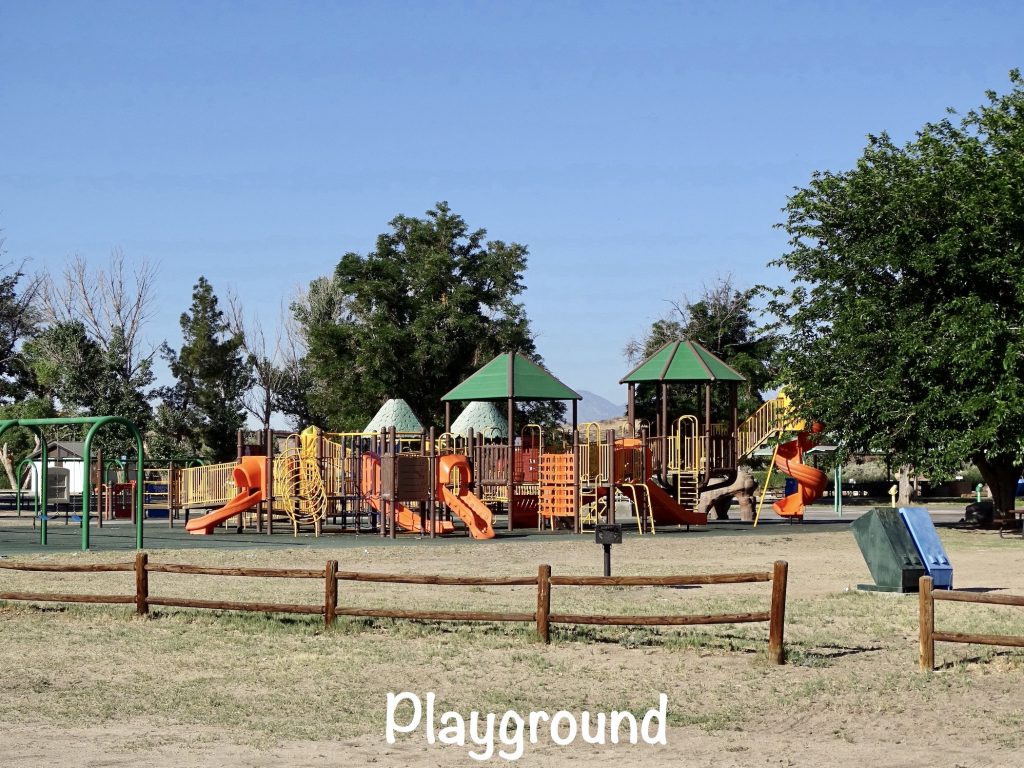
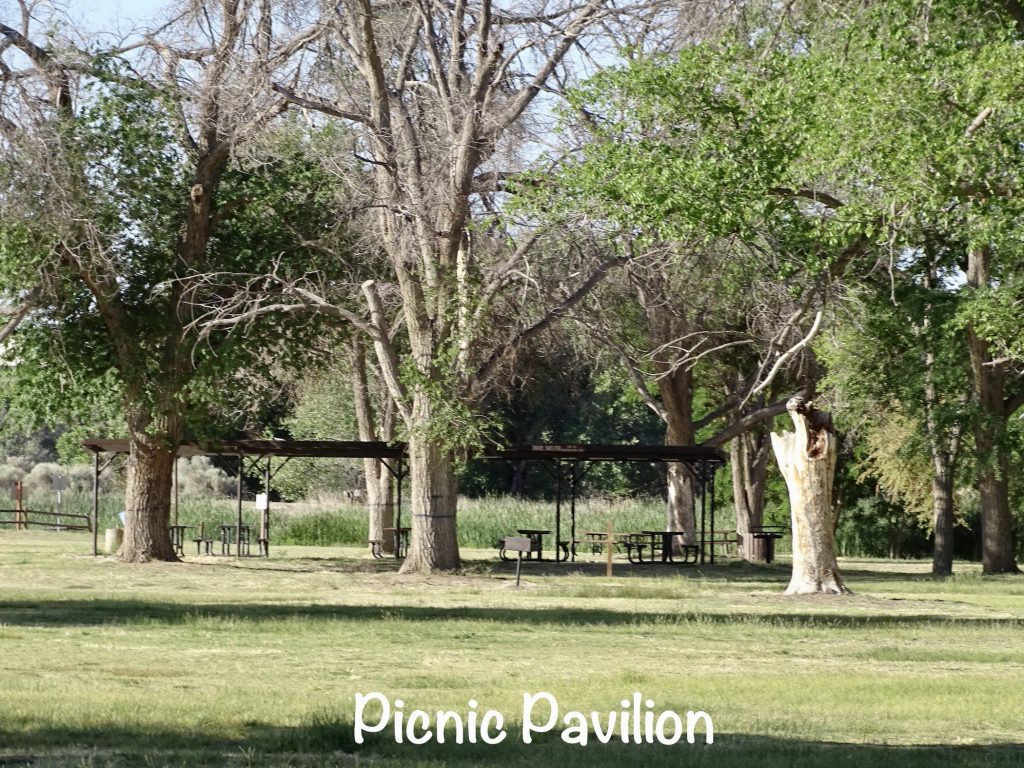
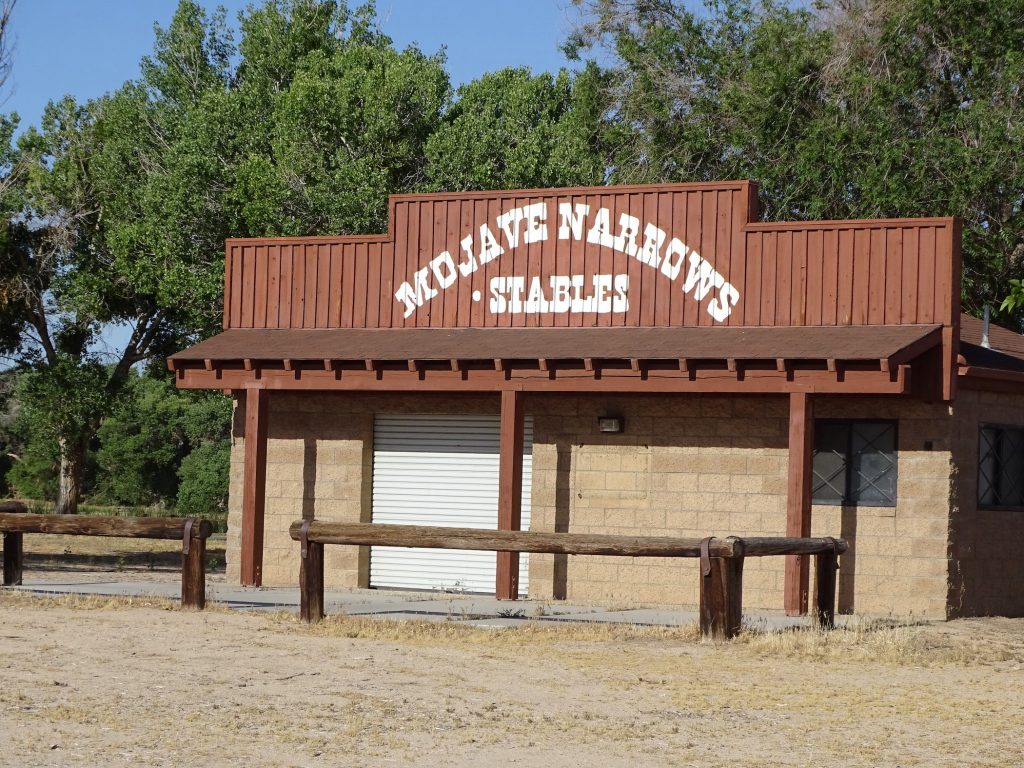
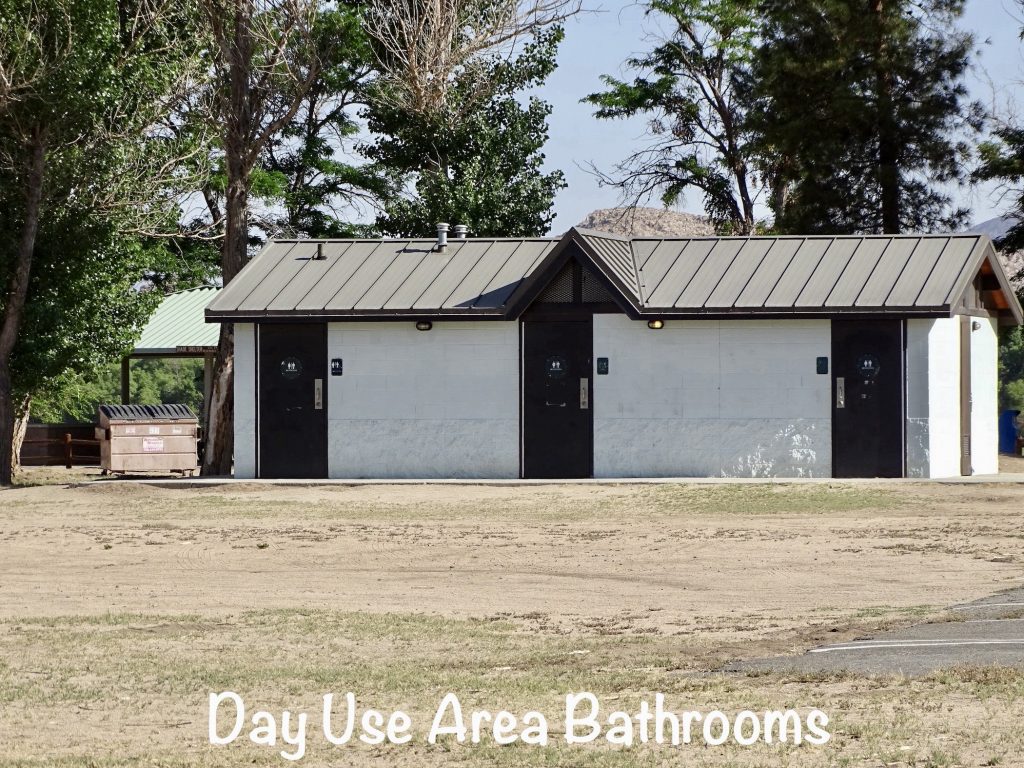
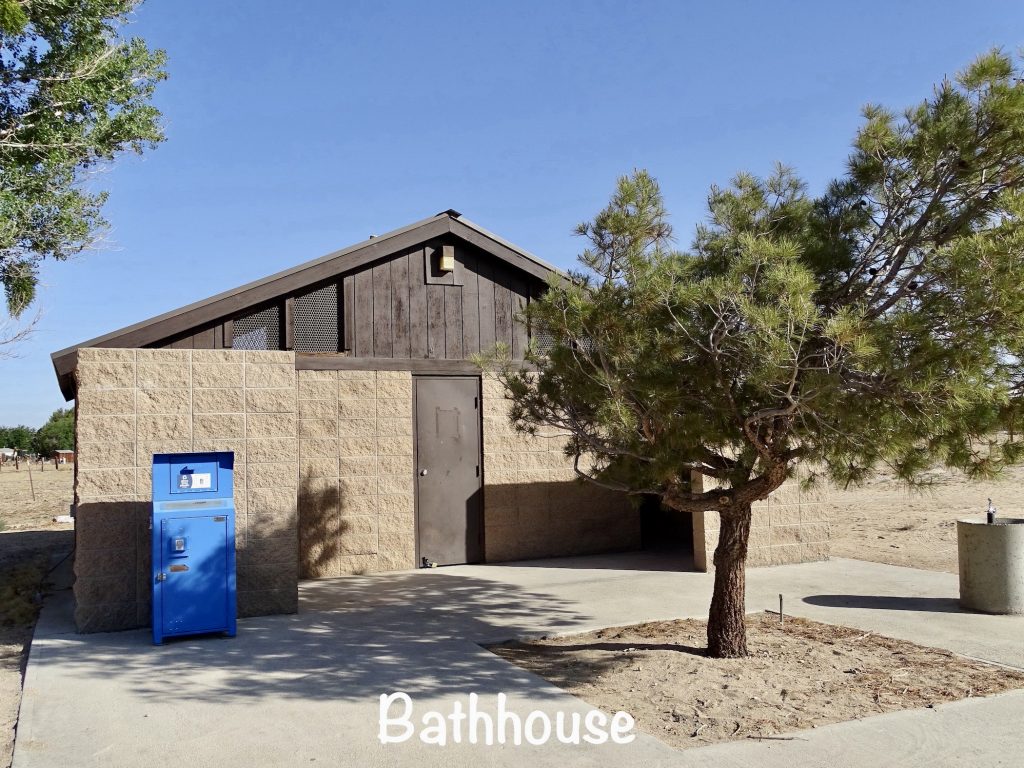
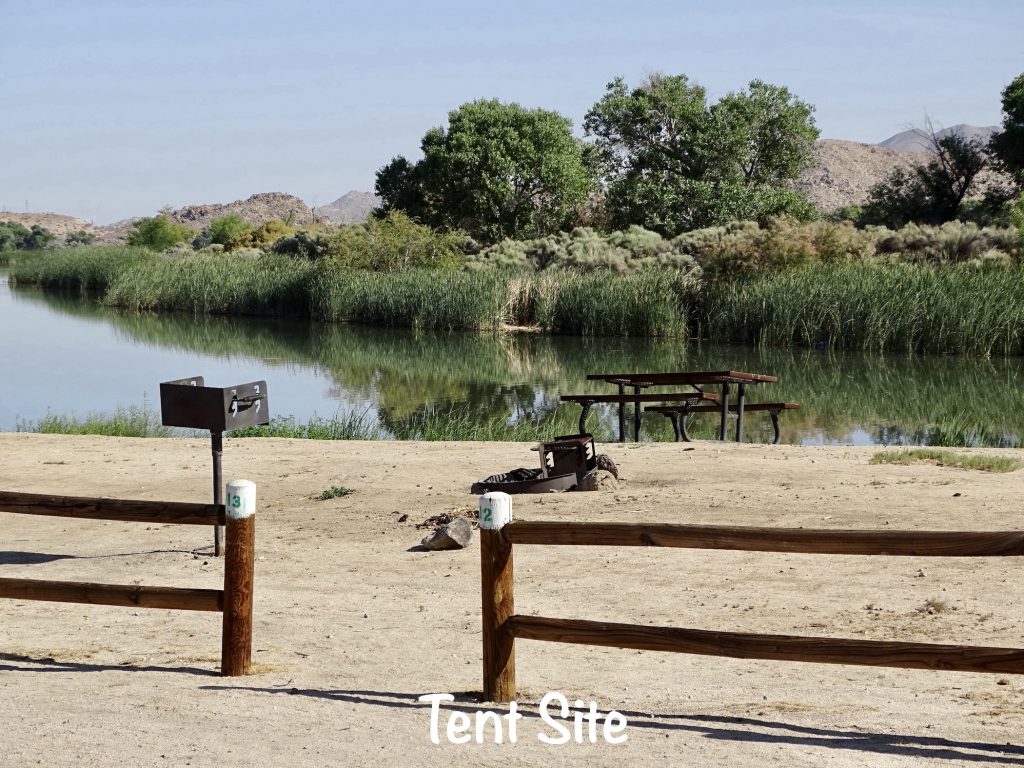
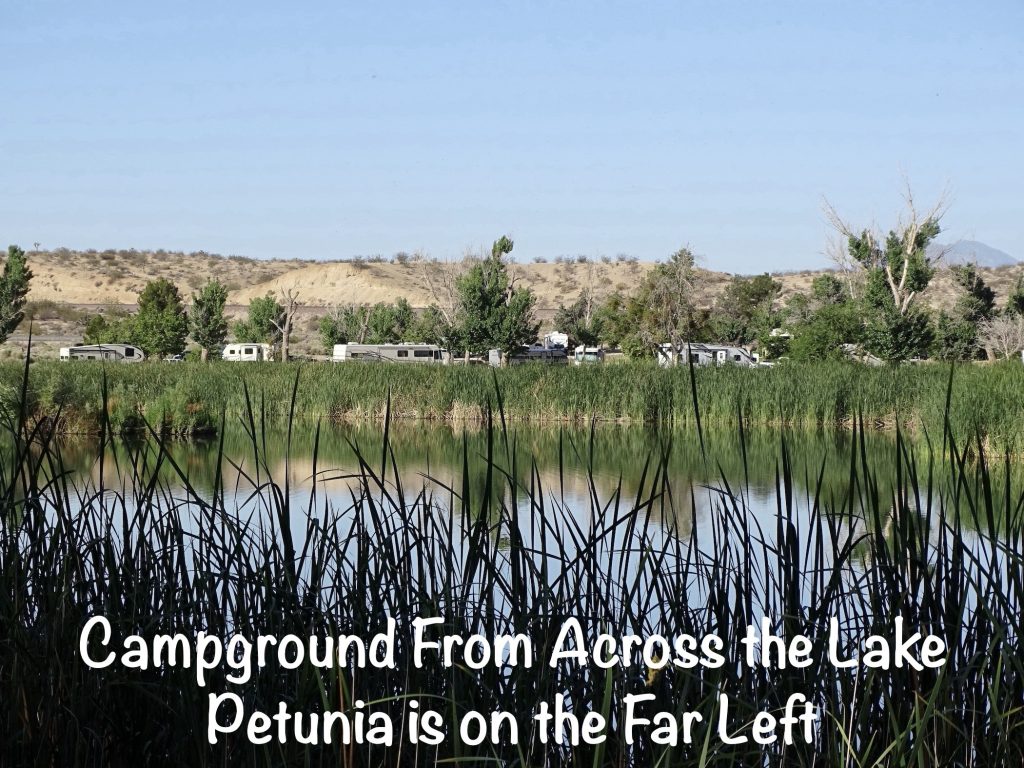
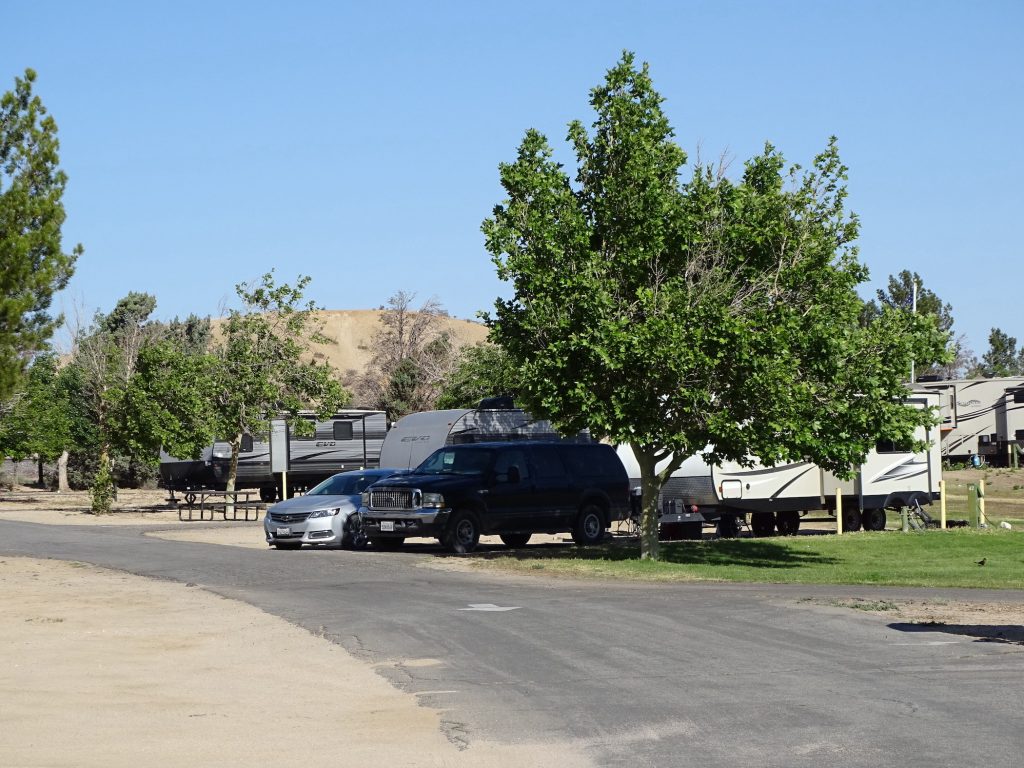
Whew, that’s a LOT of stuff! Next up…the Valley, Giant Trees, and Baseball Friends. See you on the path!
Talisa
P. S. Thank you so much for reading! Use the buttons at the top right or bottom to be notified of new posts and please SHARE, SHARE, SHARE on social media!
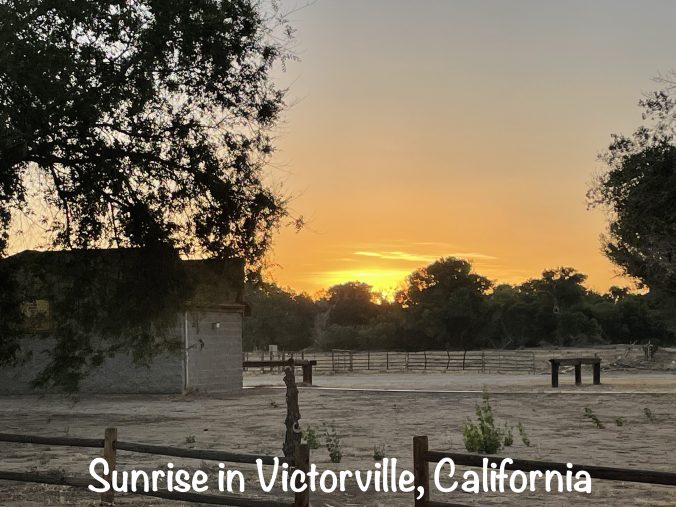
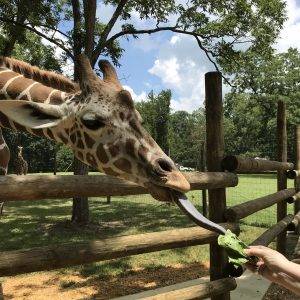
Talisa,
I loved reading about the Reagan Library!! I think of him as probably our best president ever !!
I have a few Presidential Libraries on my bucket list, and that one was at the top. The guys from Sri Lanka made it even more special for me. Thank you so much for traveling with us! Hope you are doing well. I sure do miss our Bunco group!